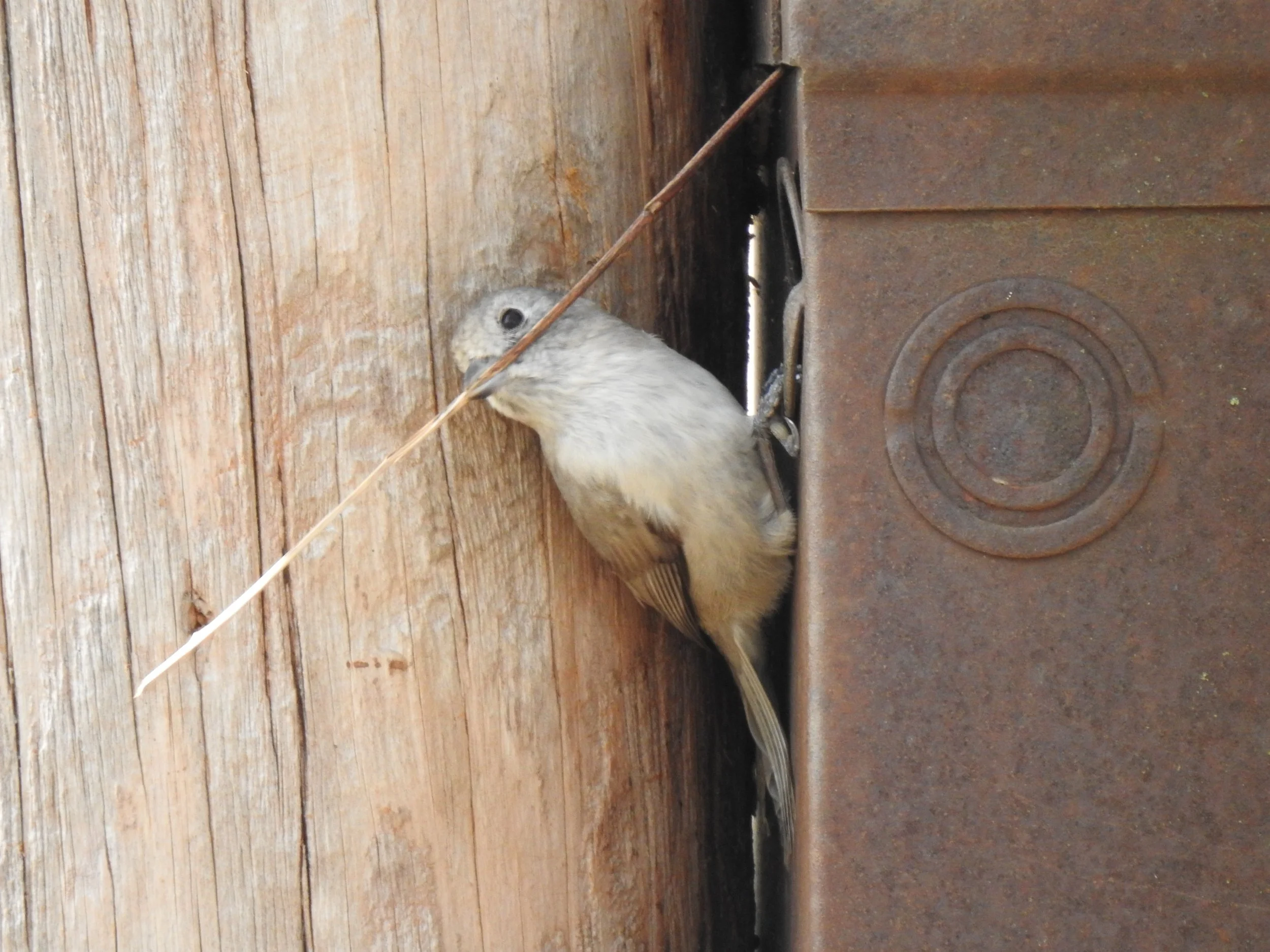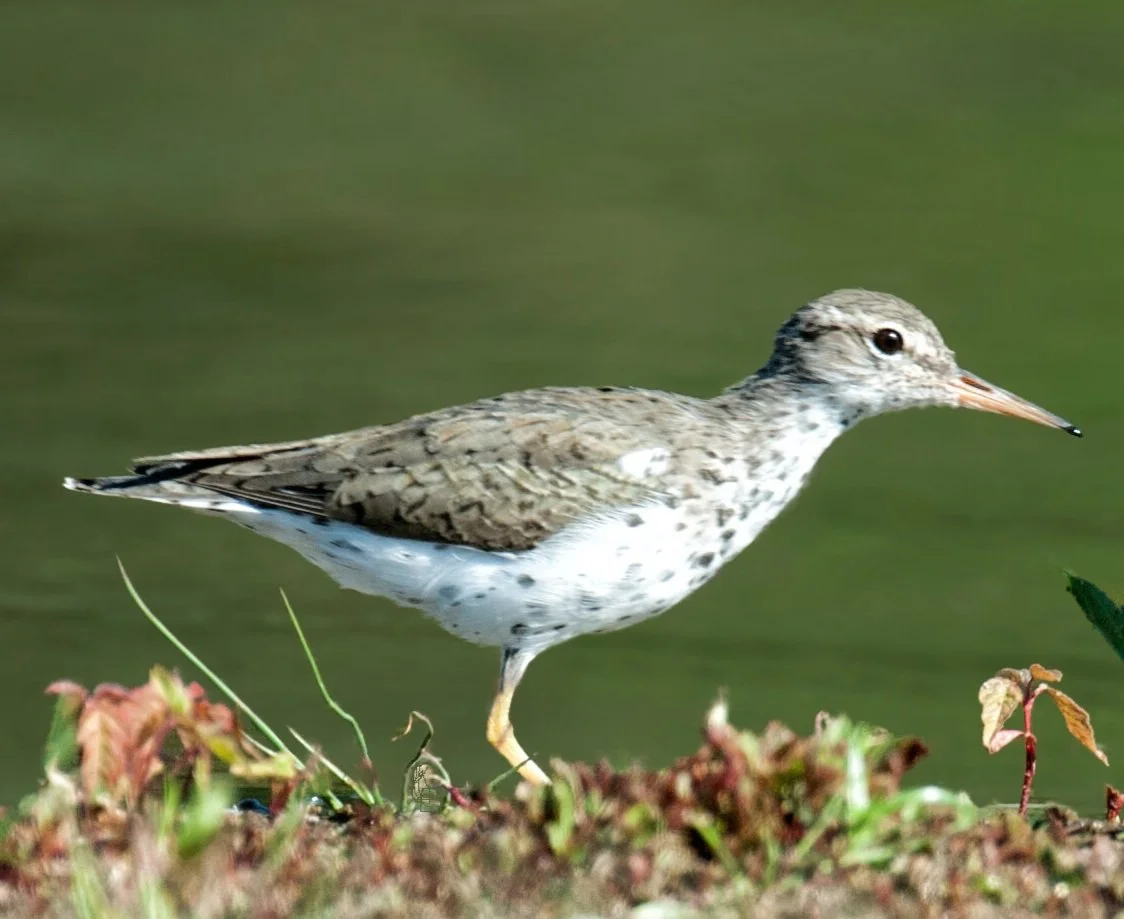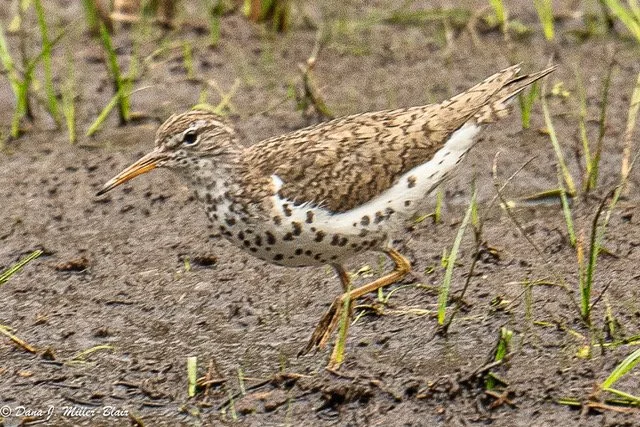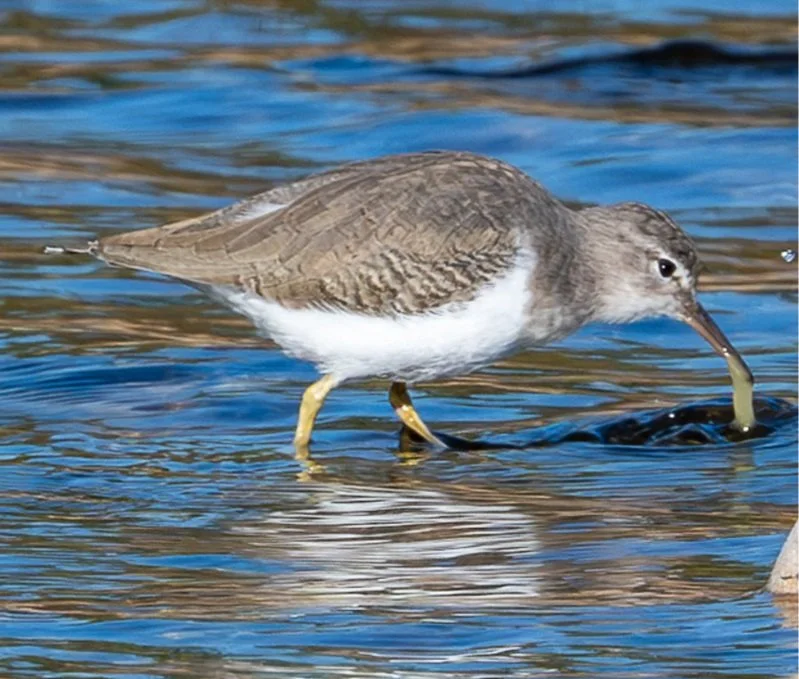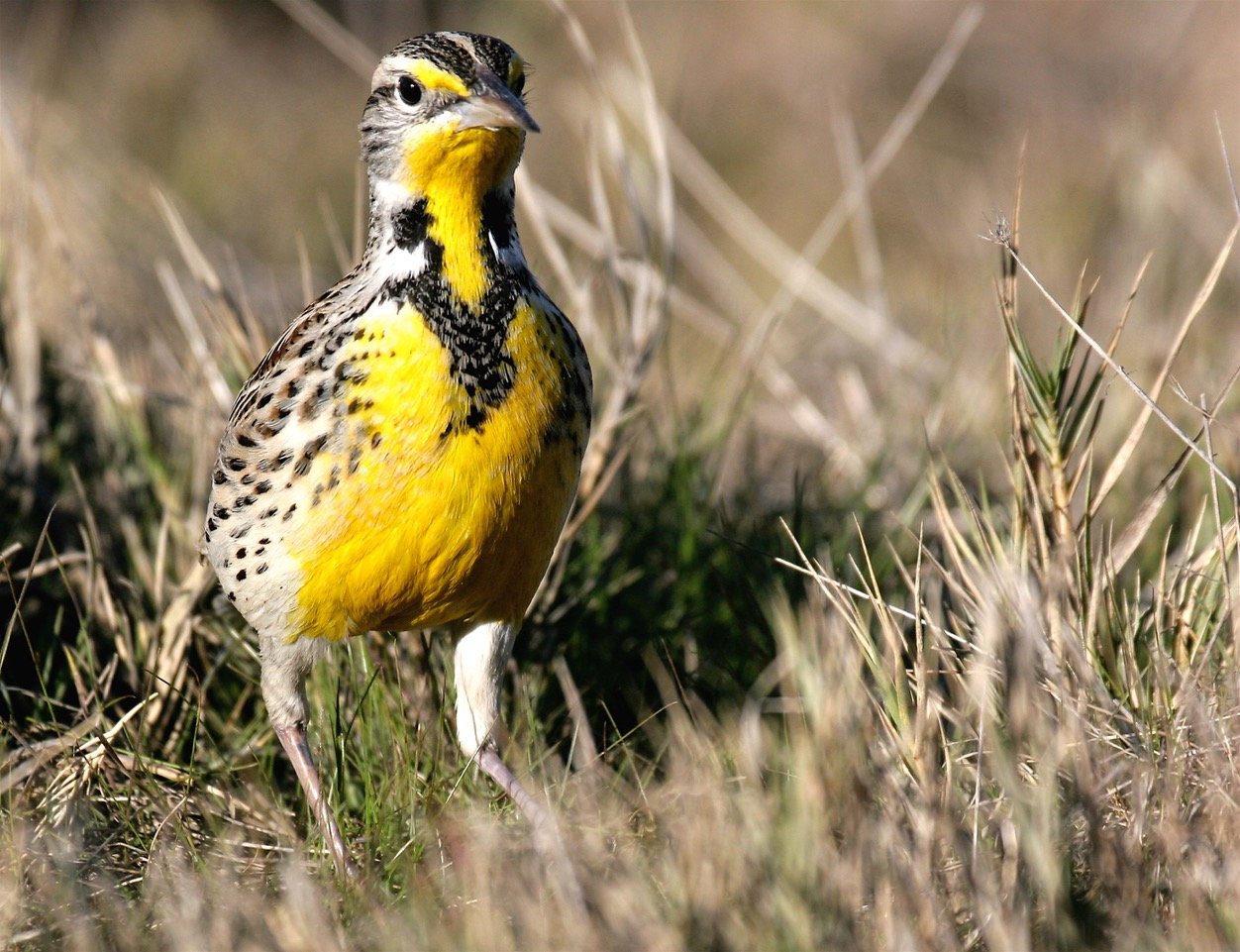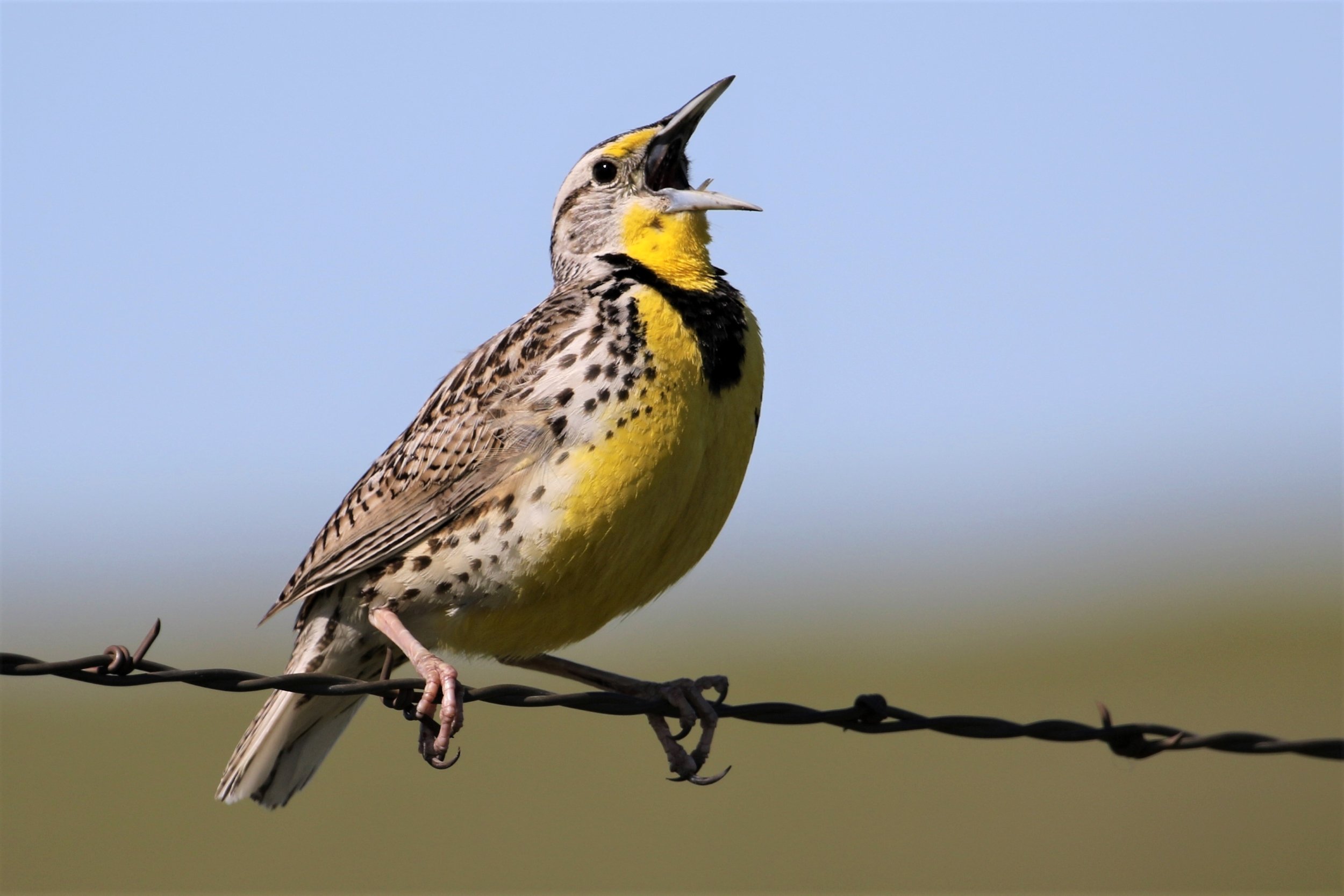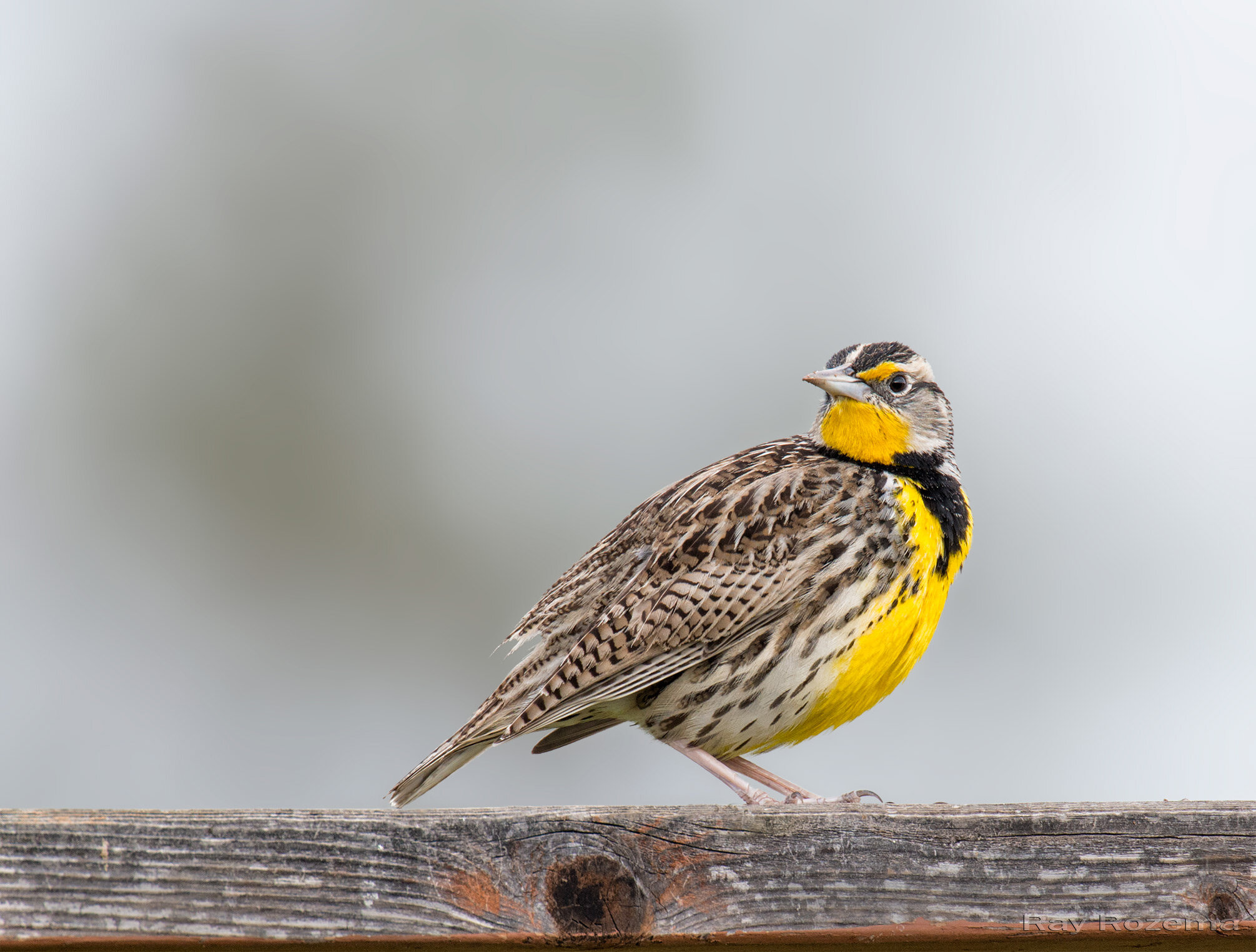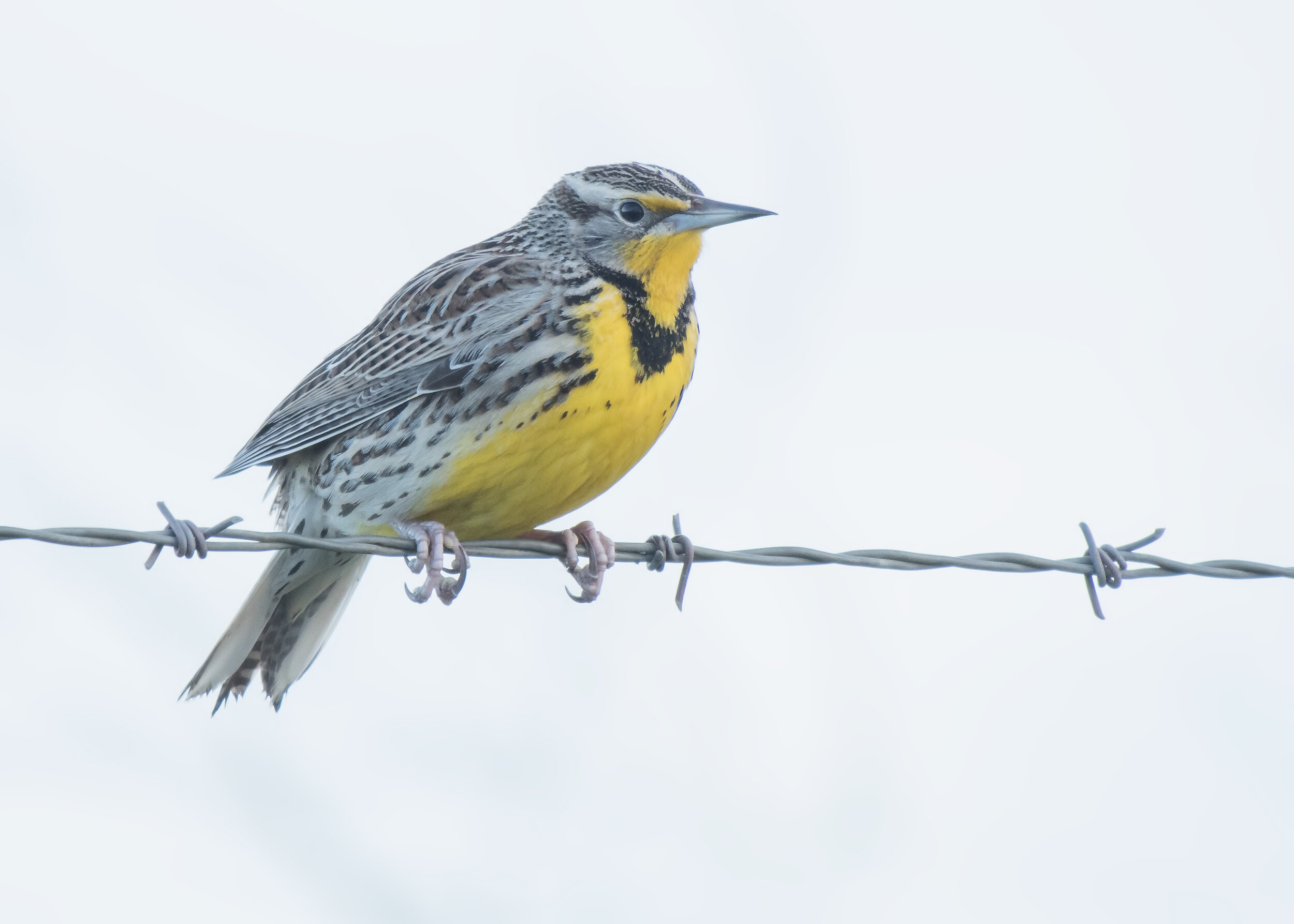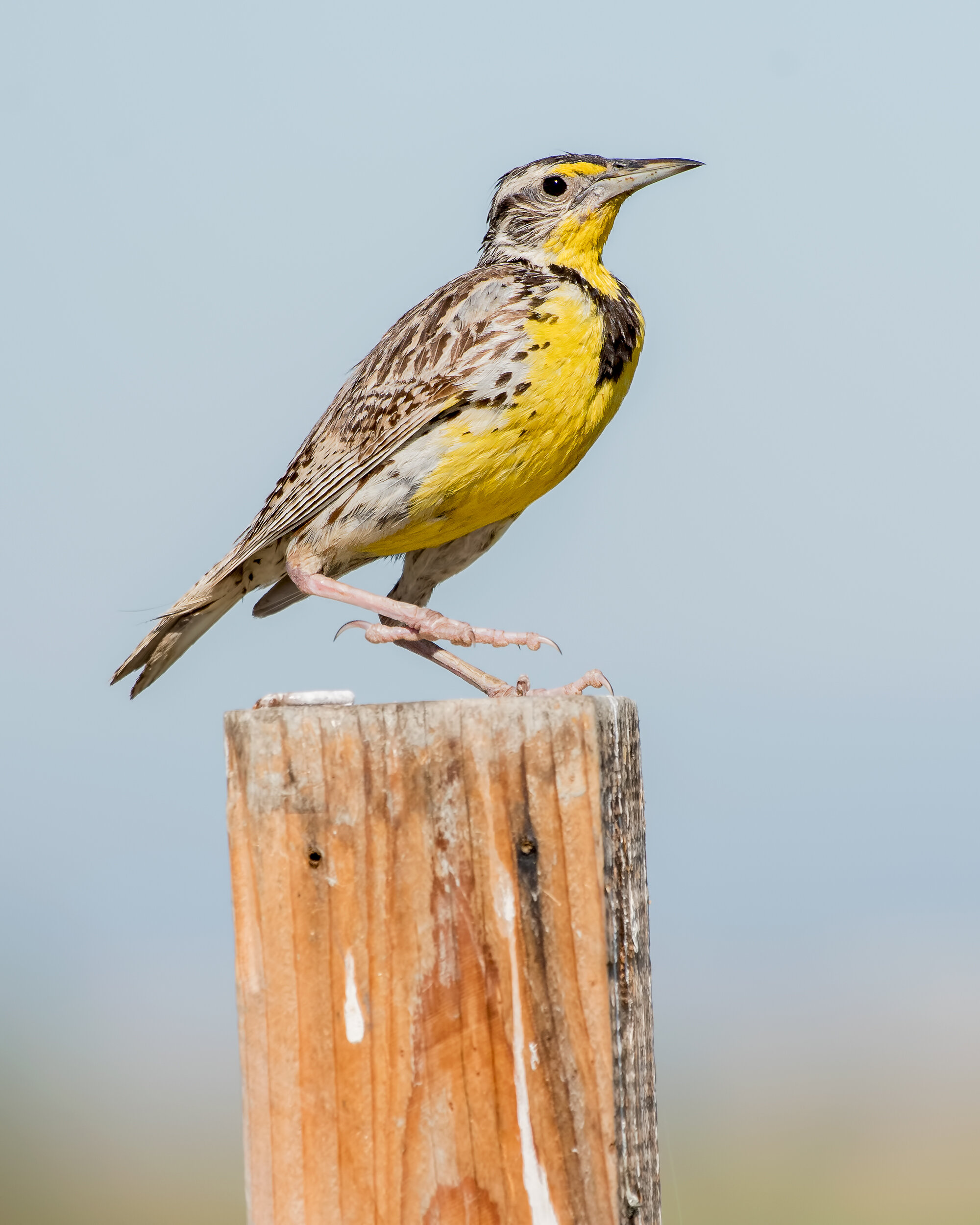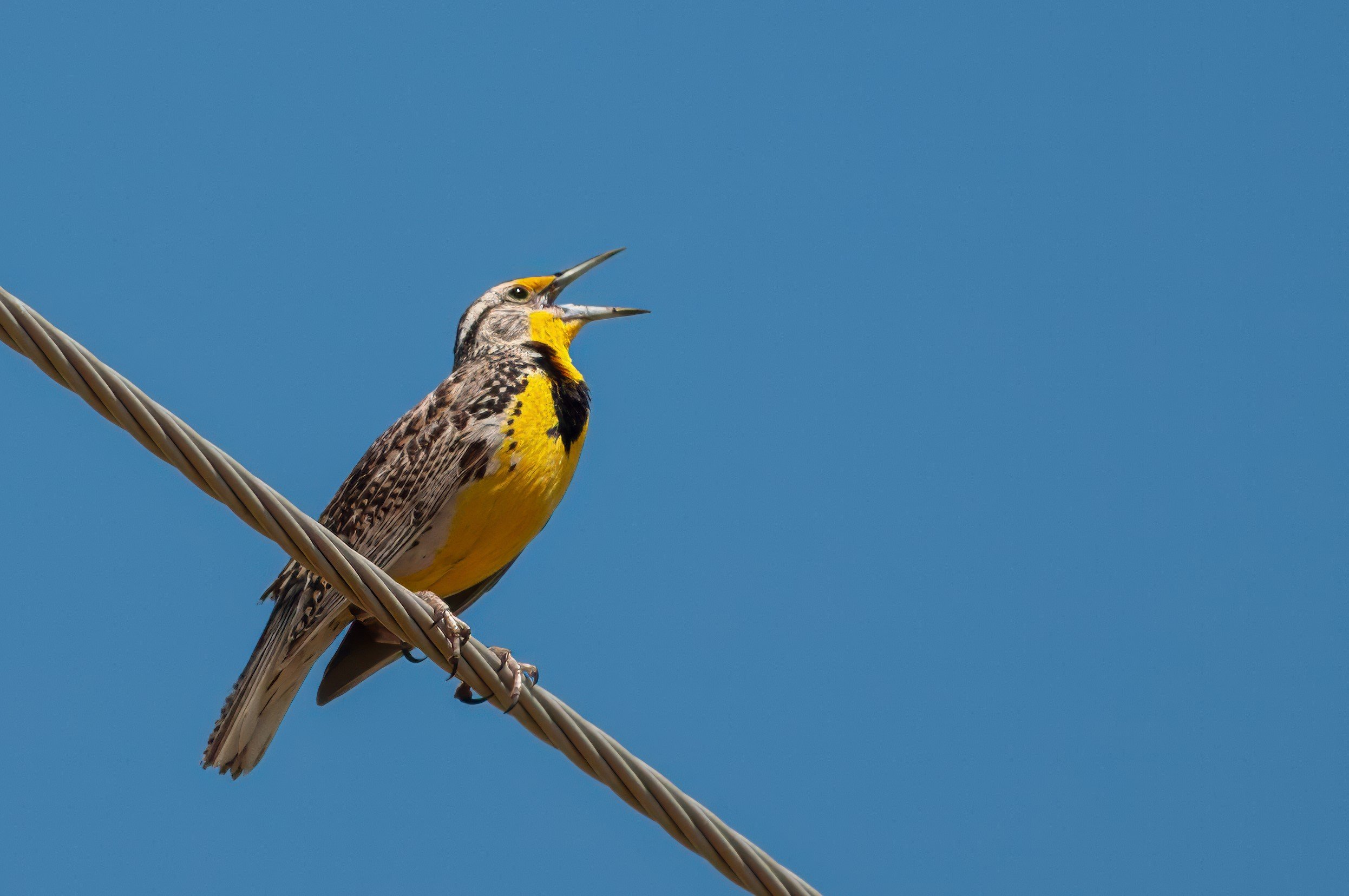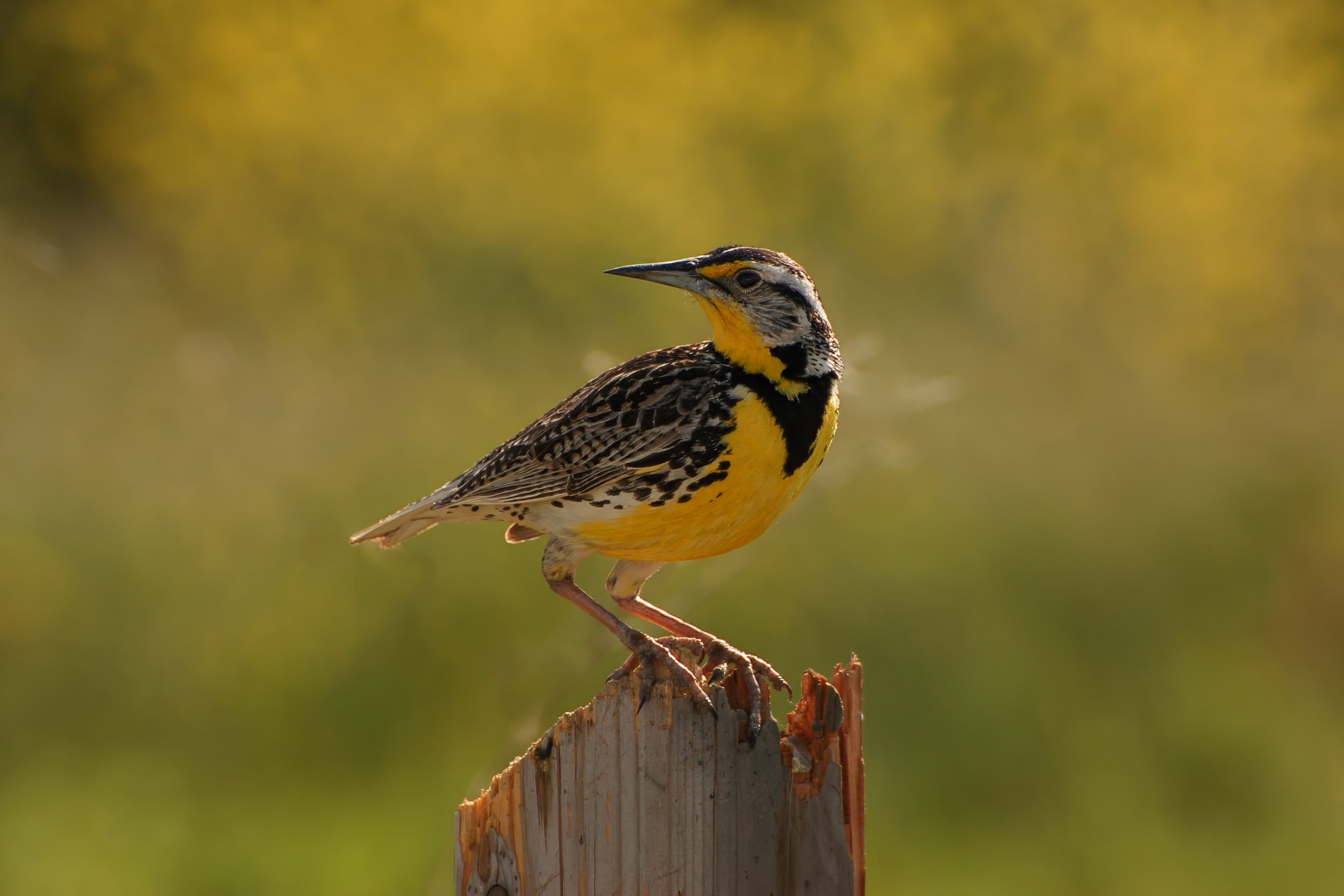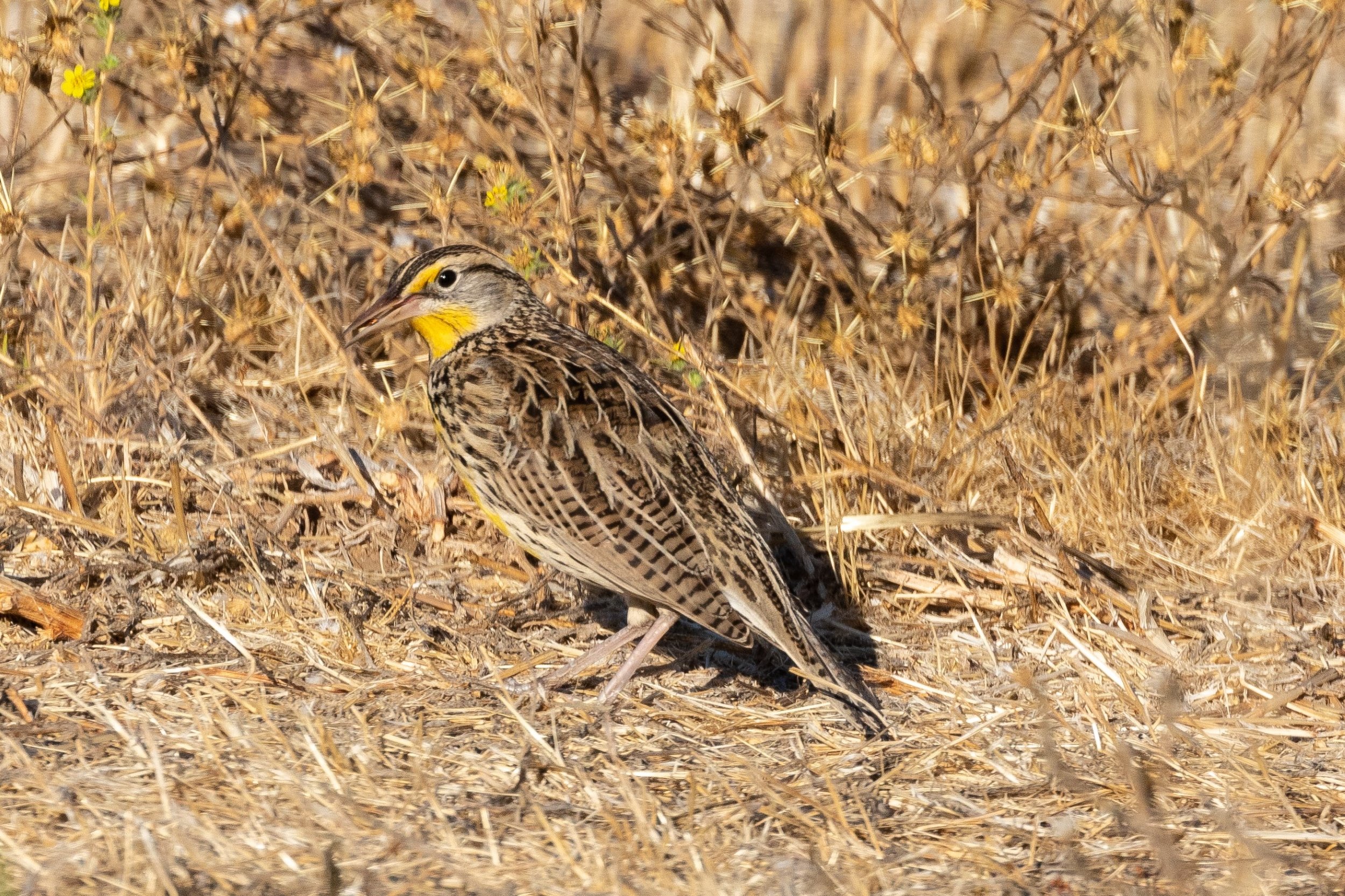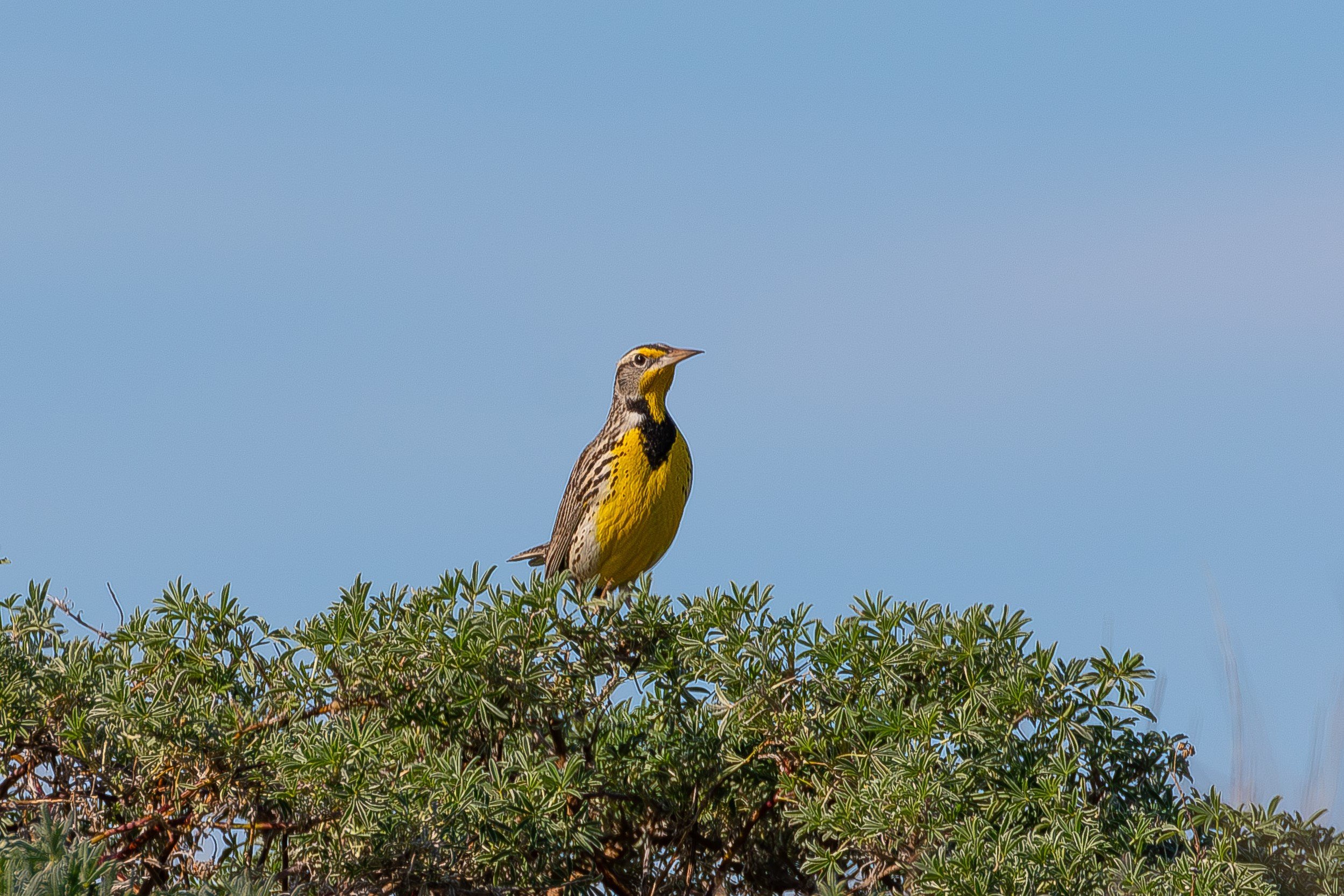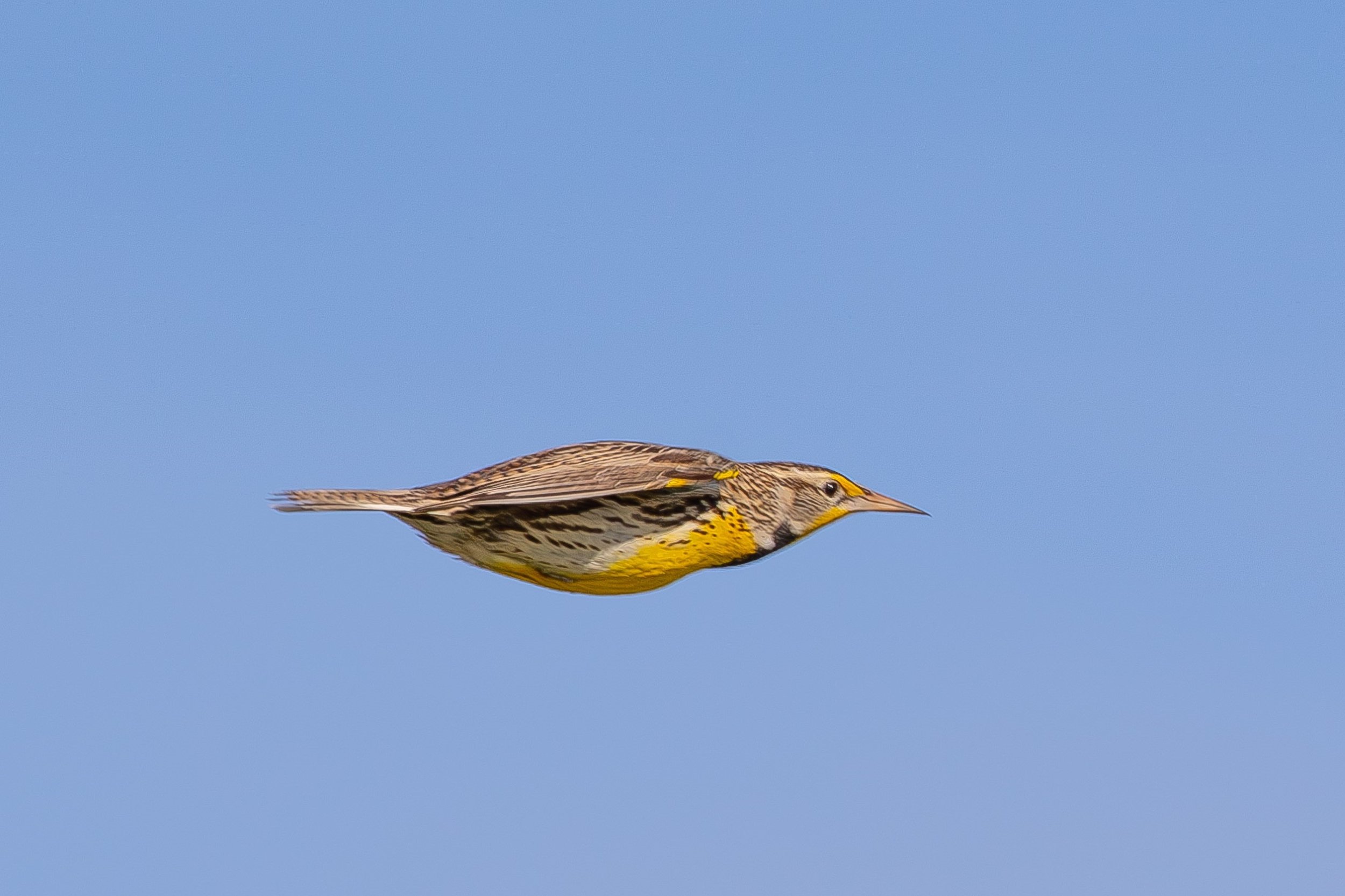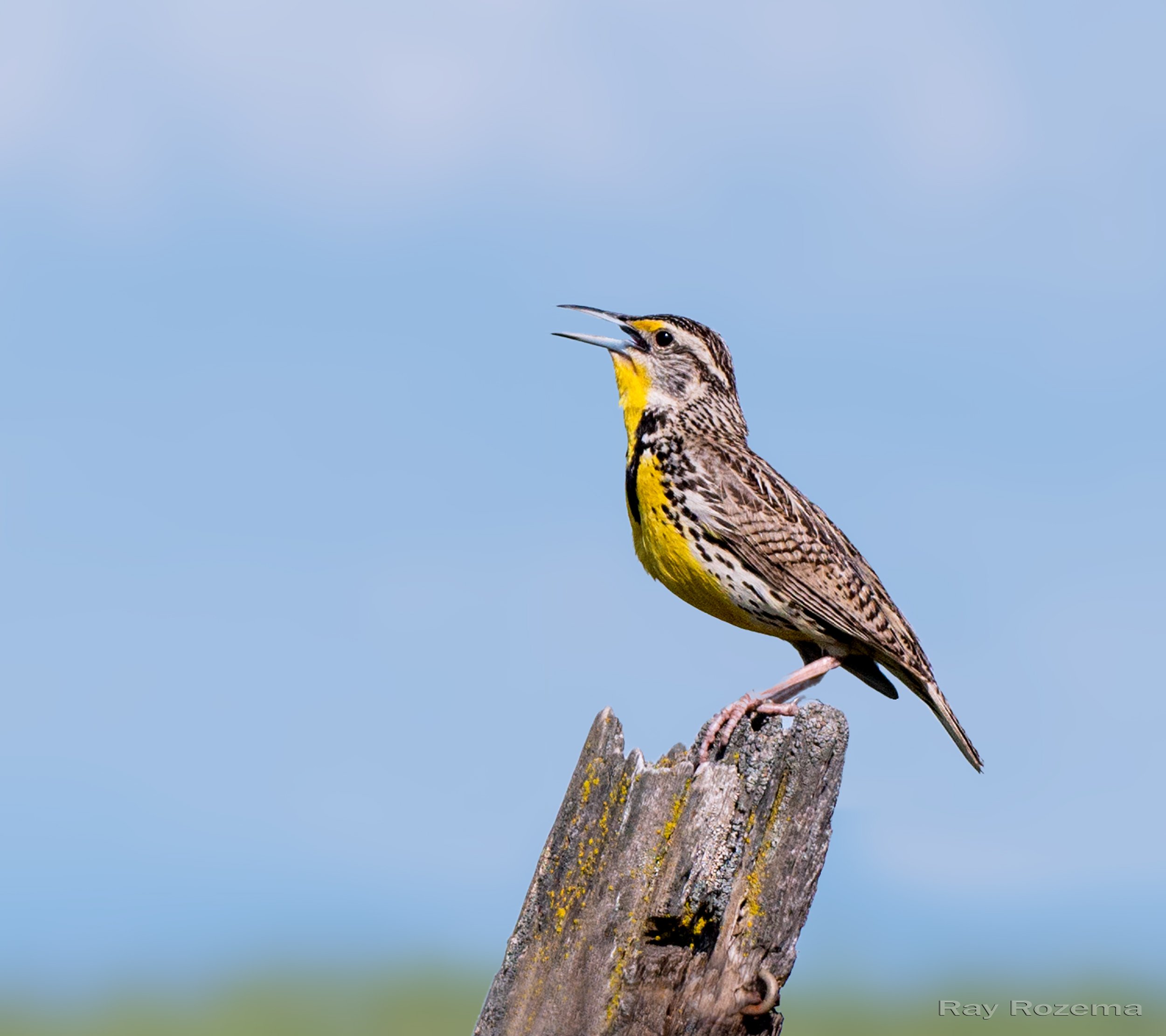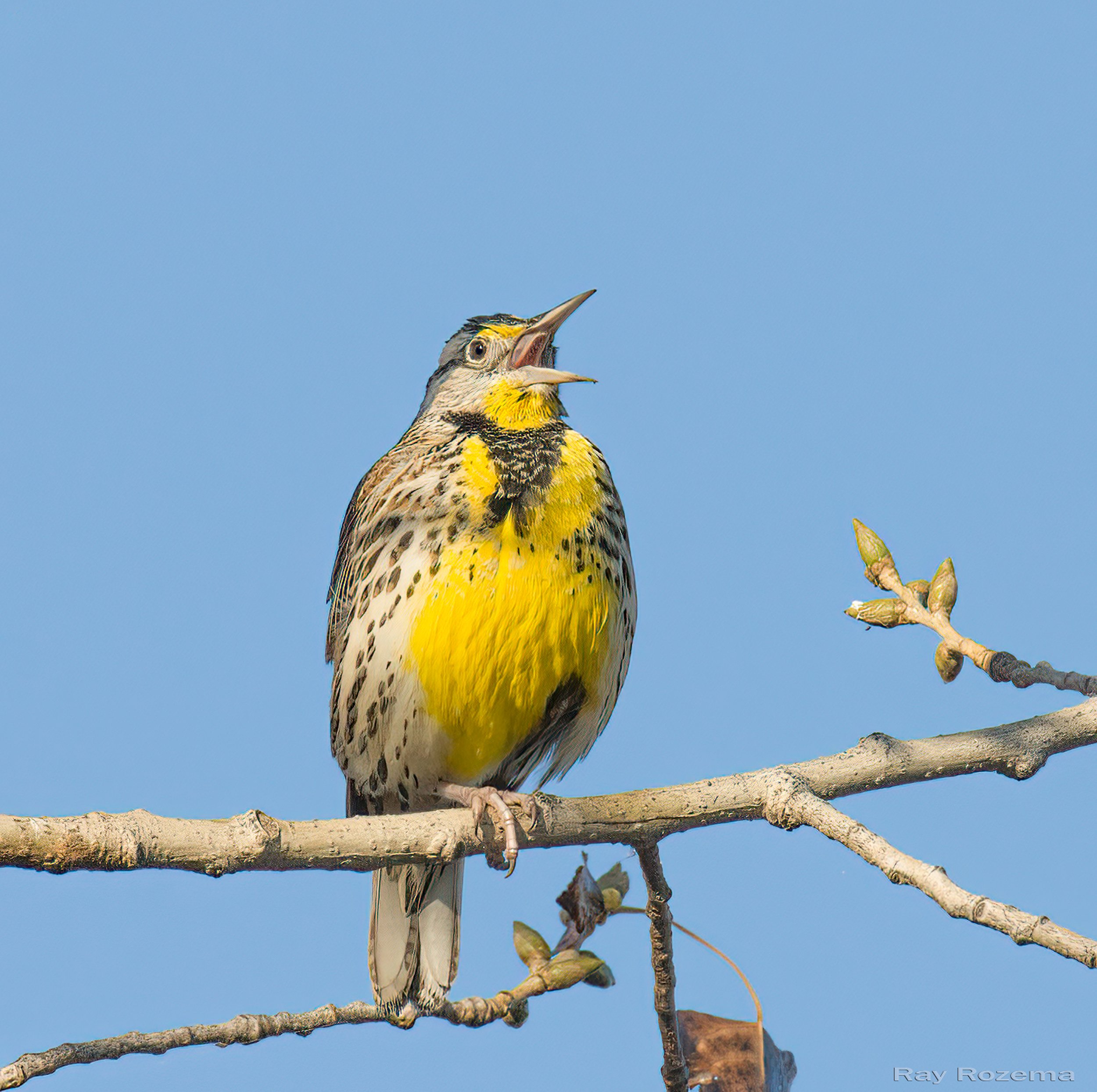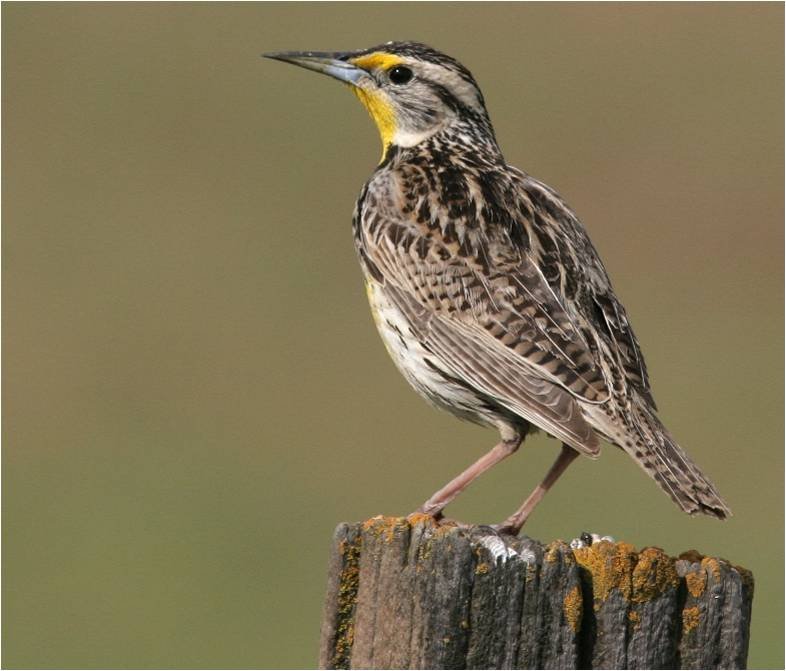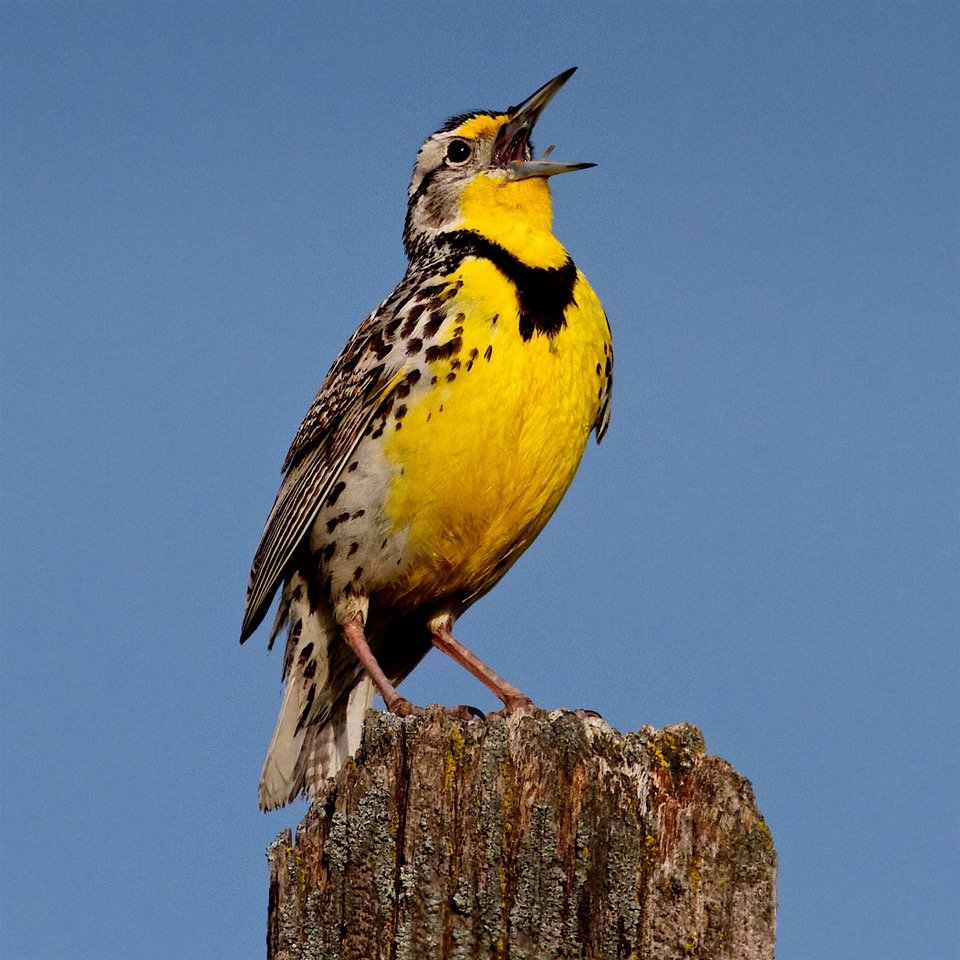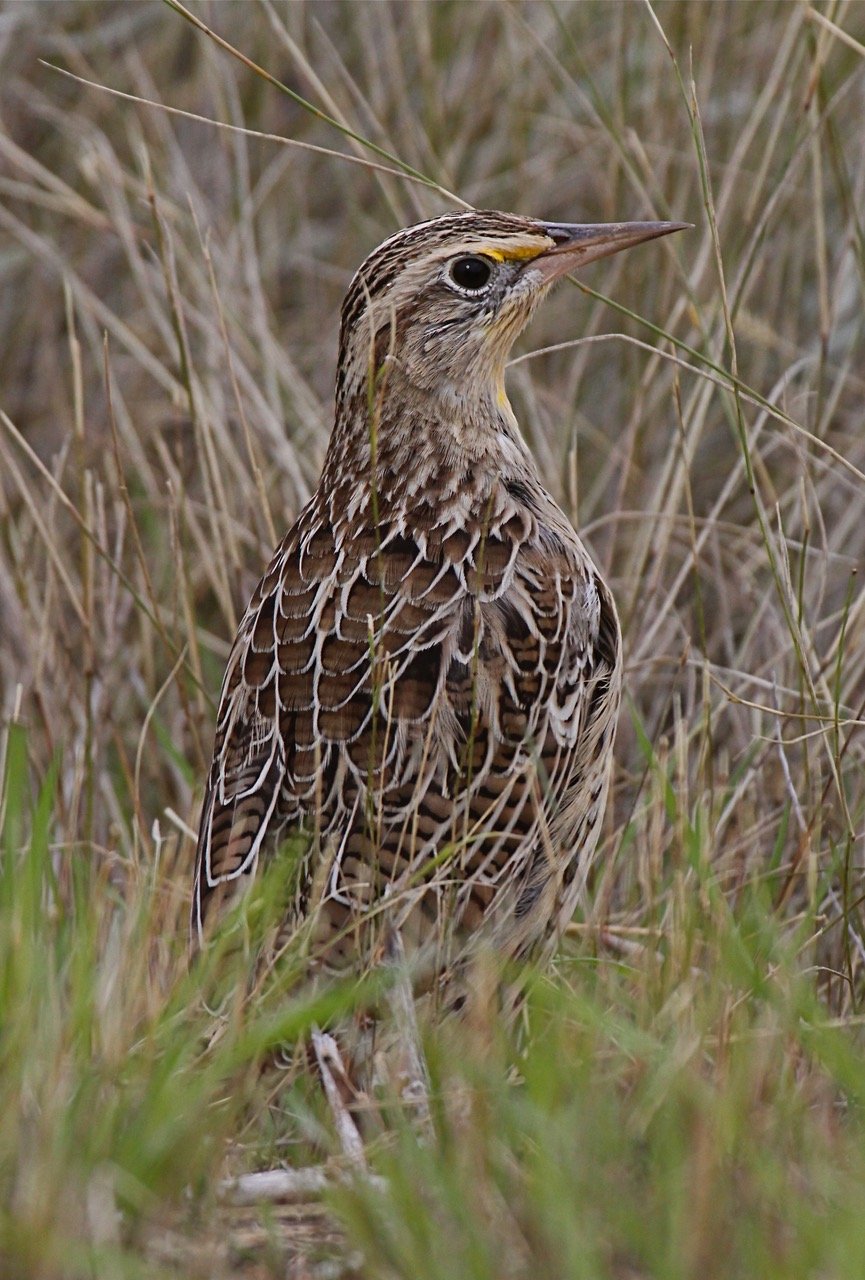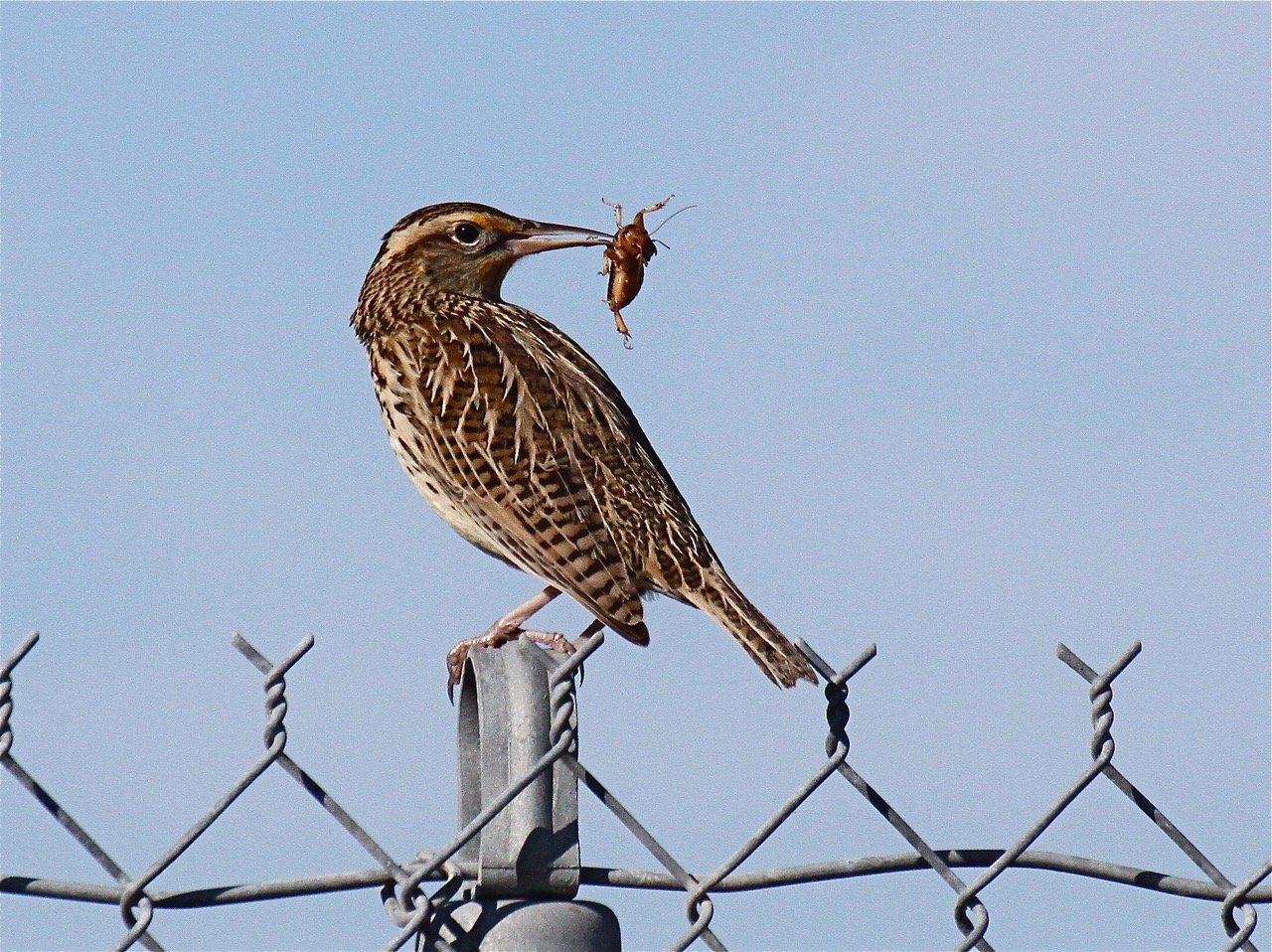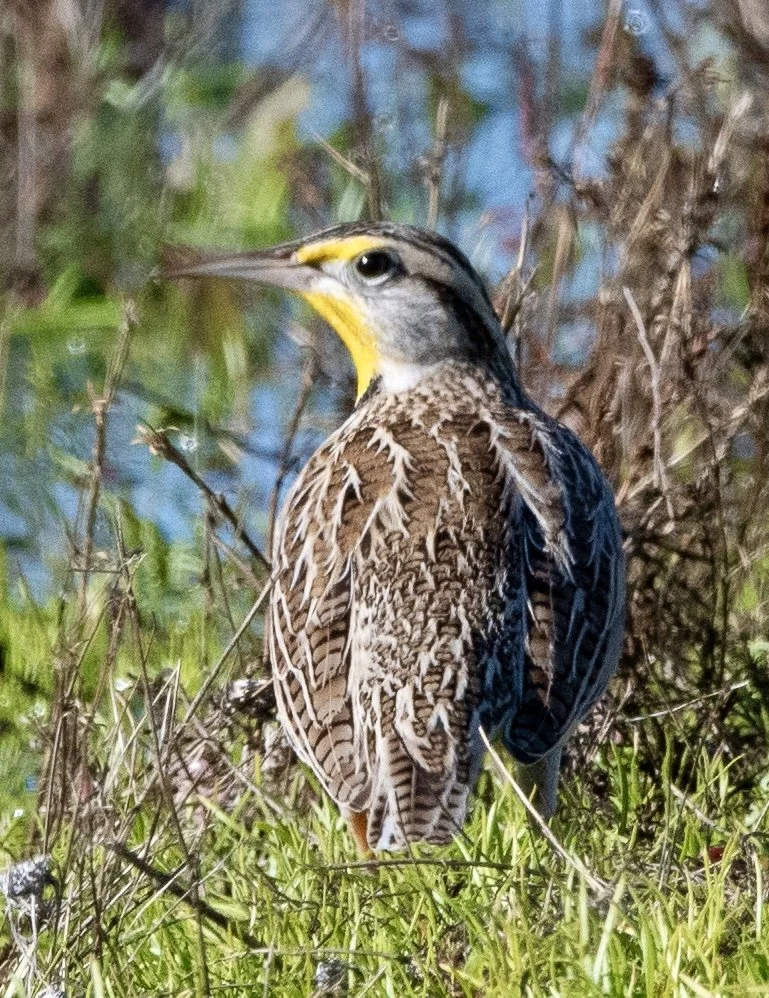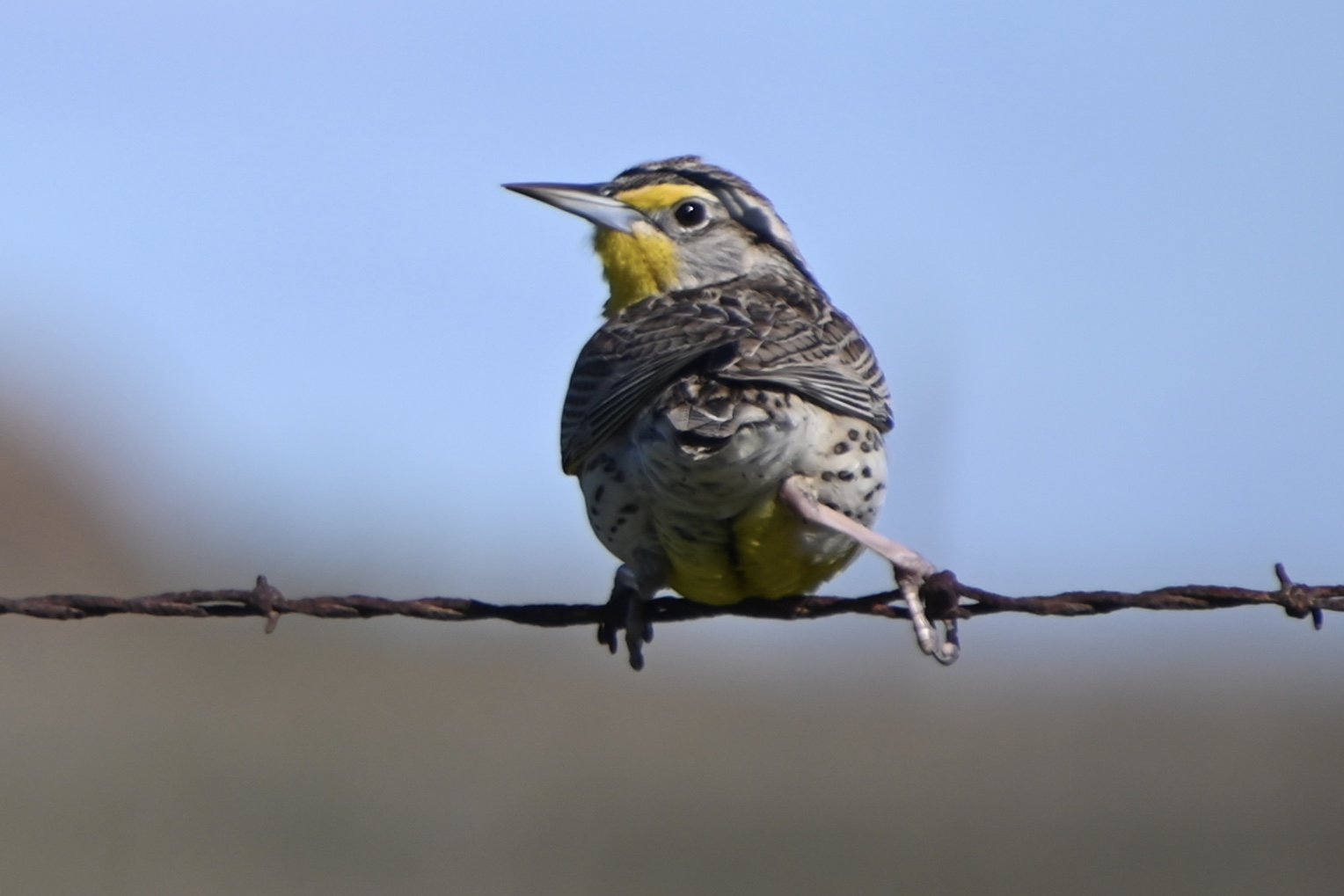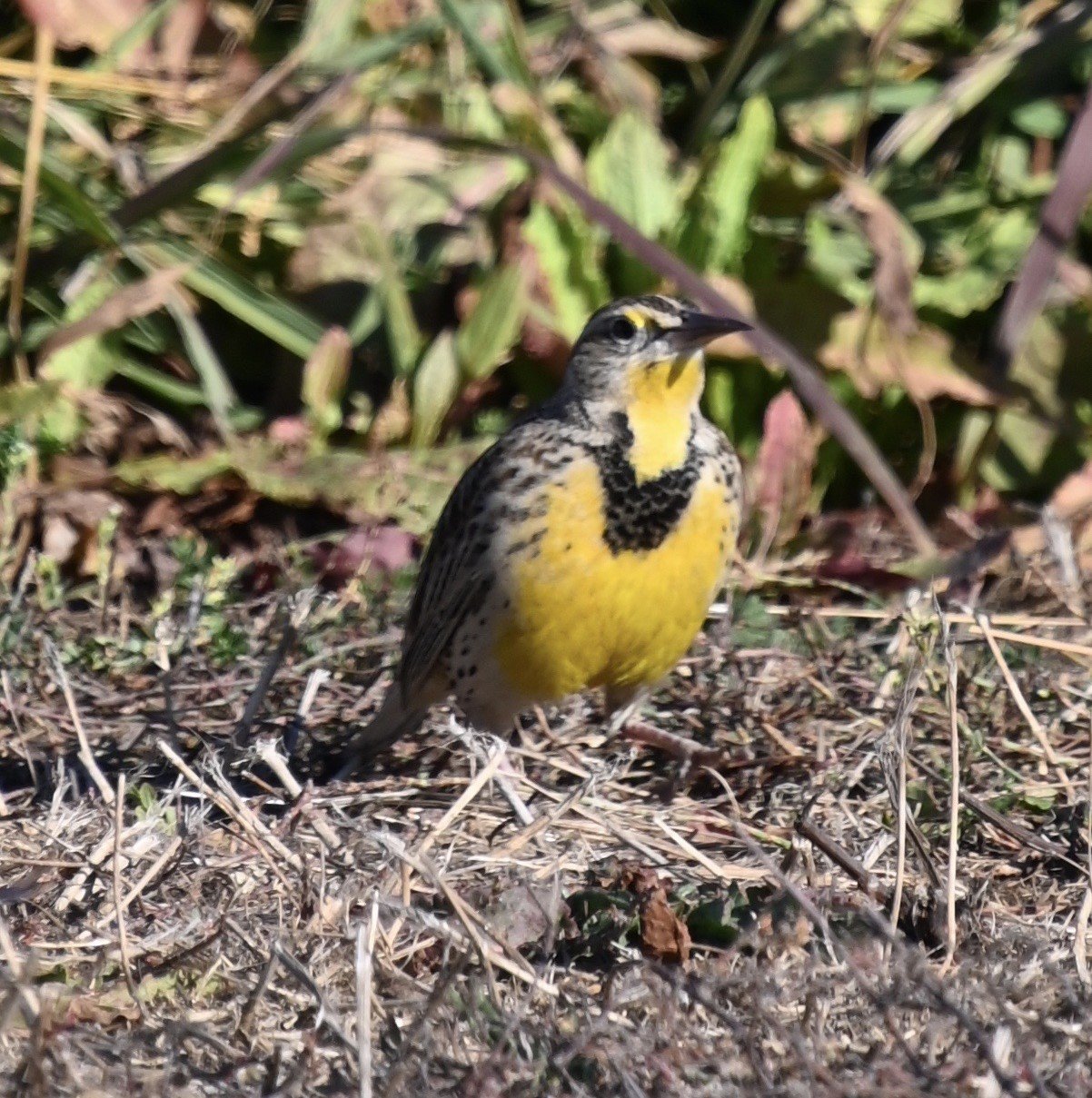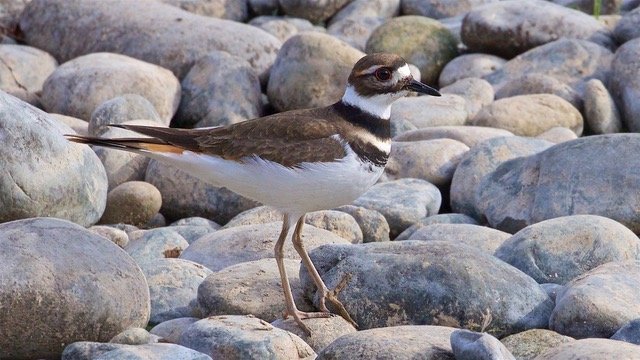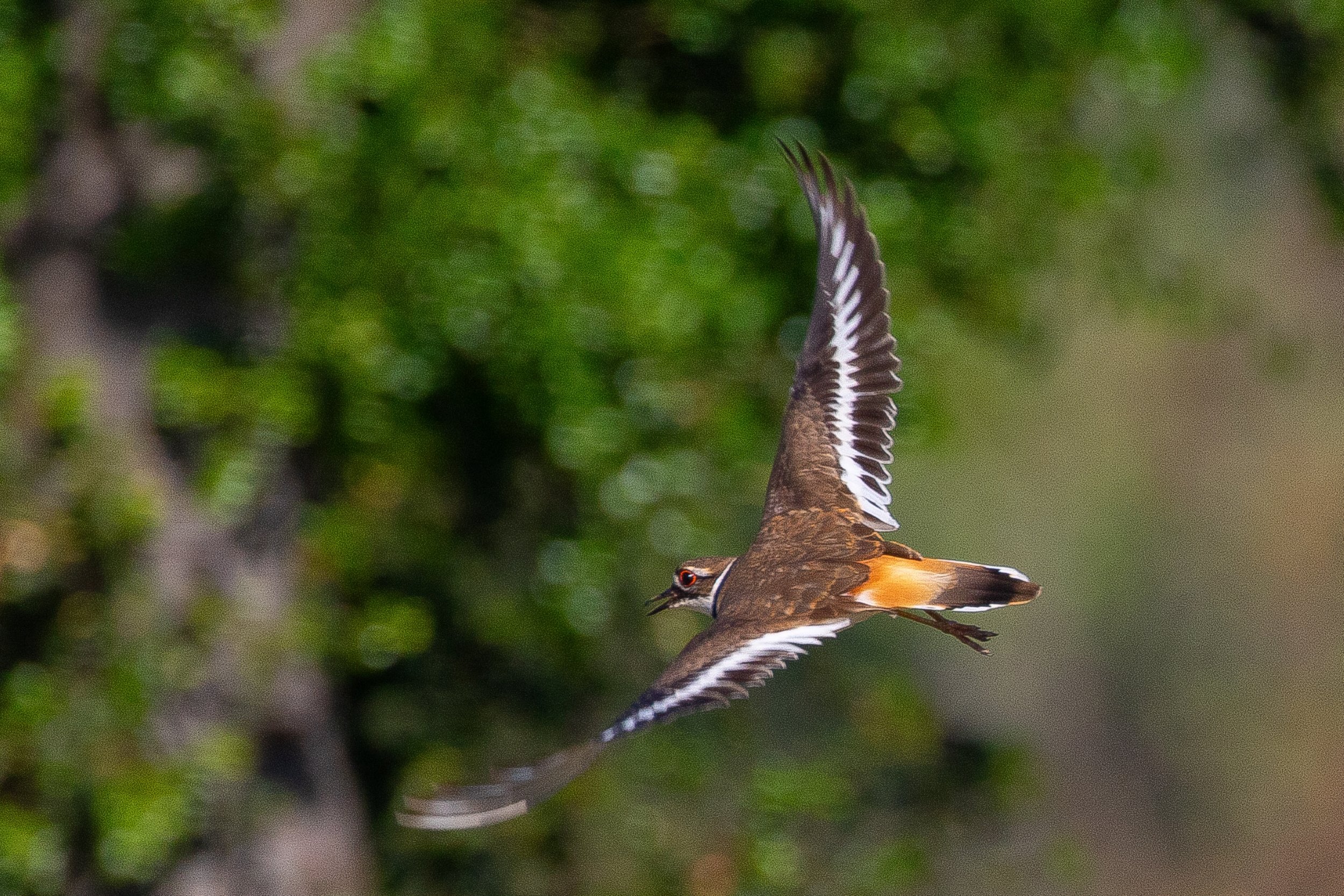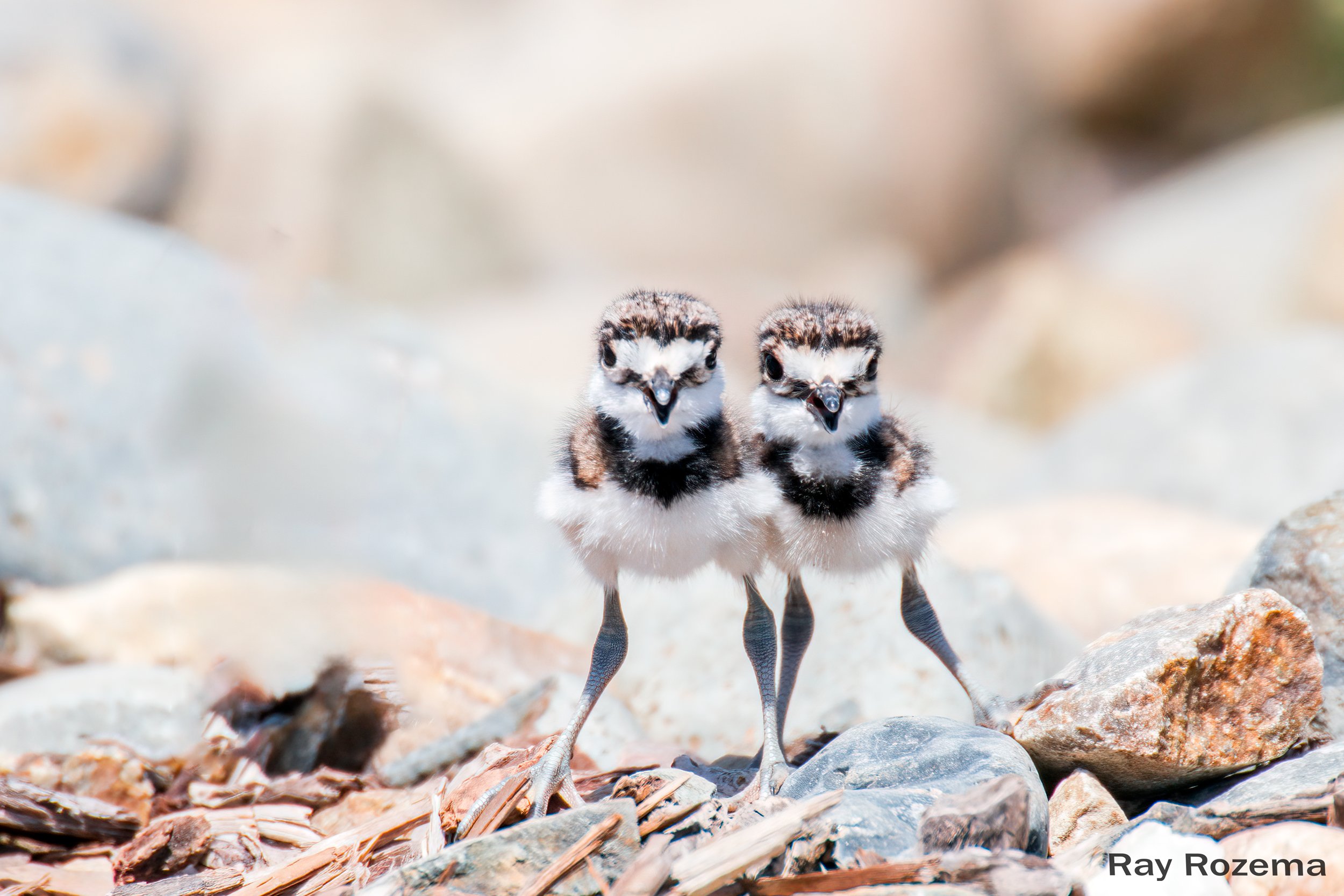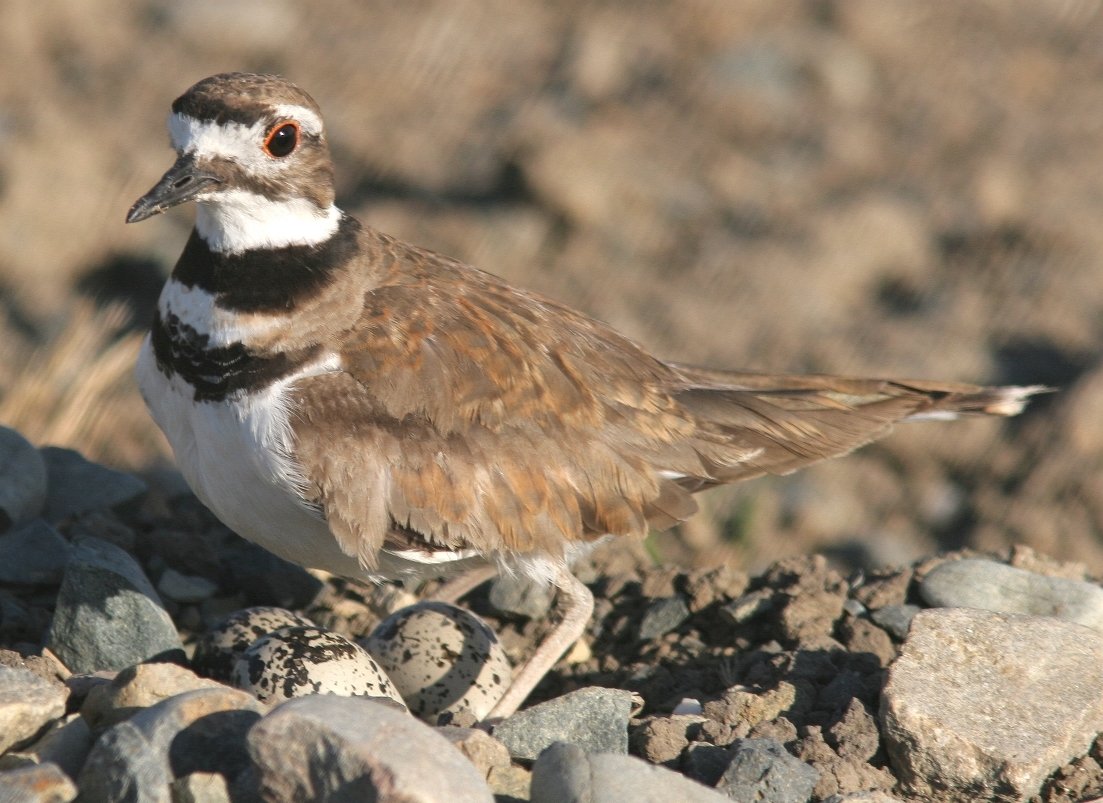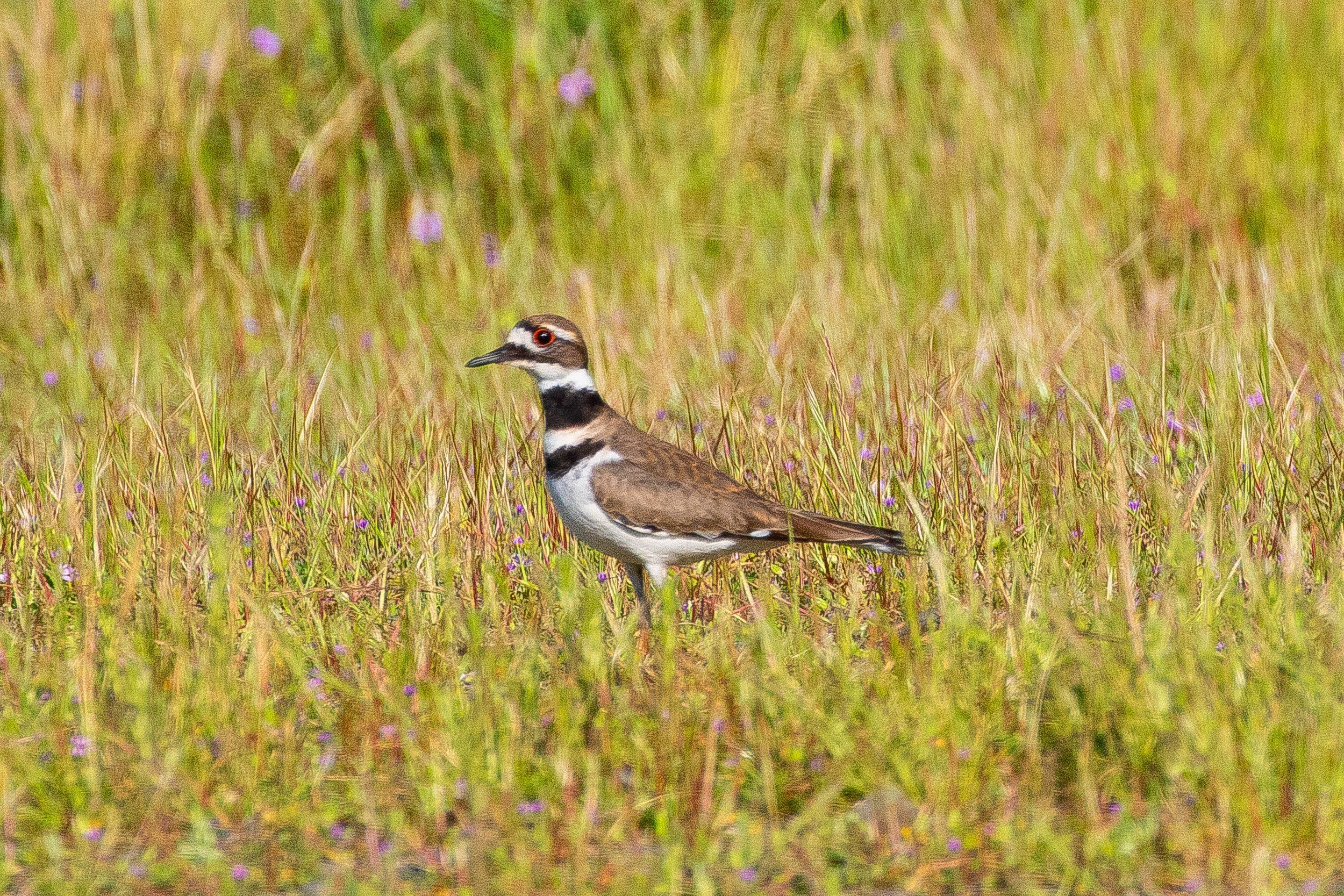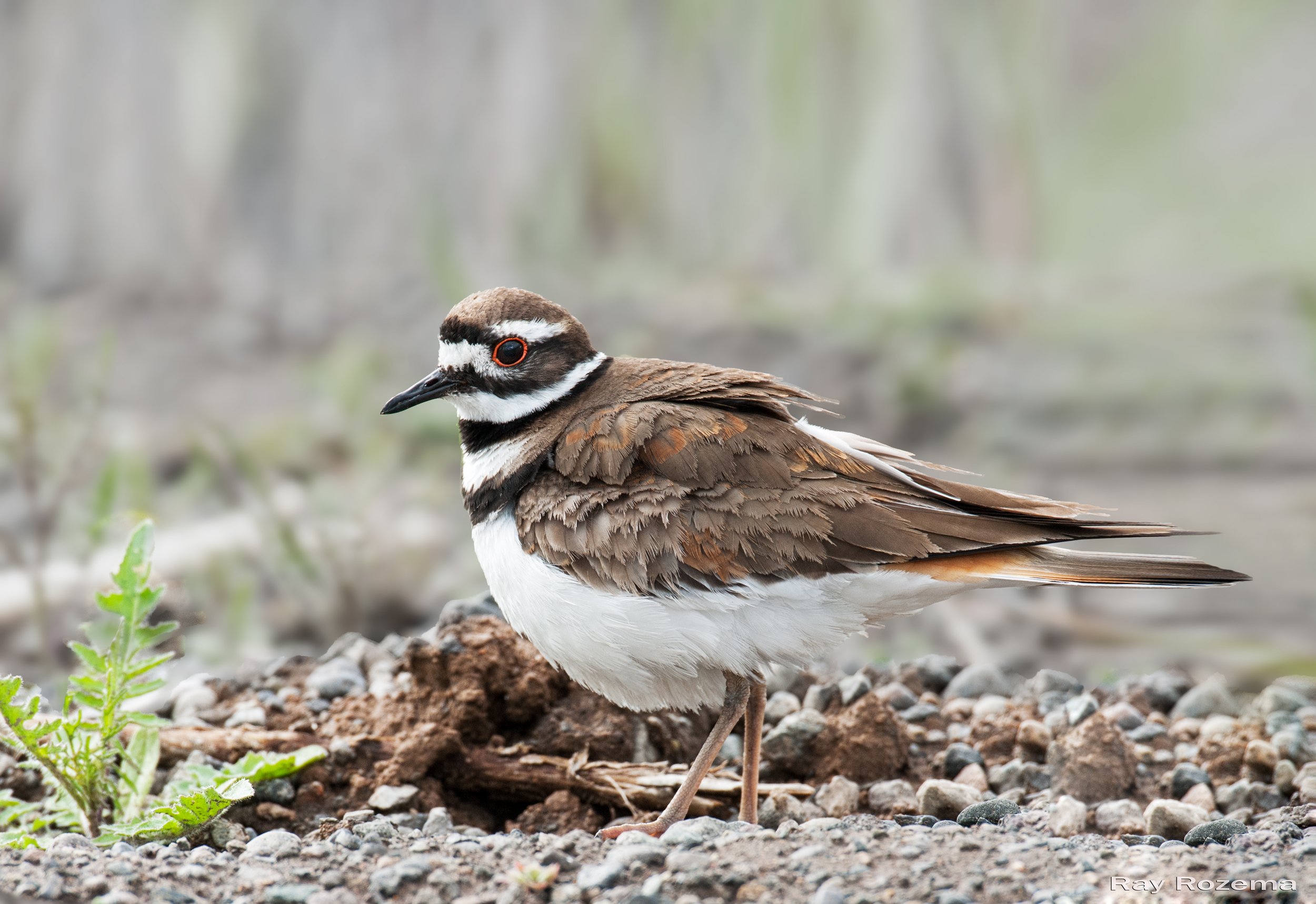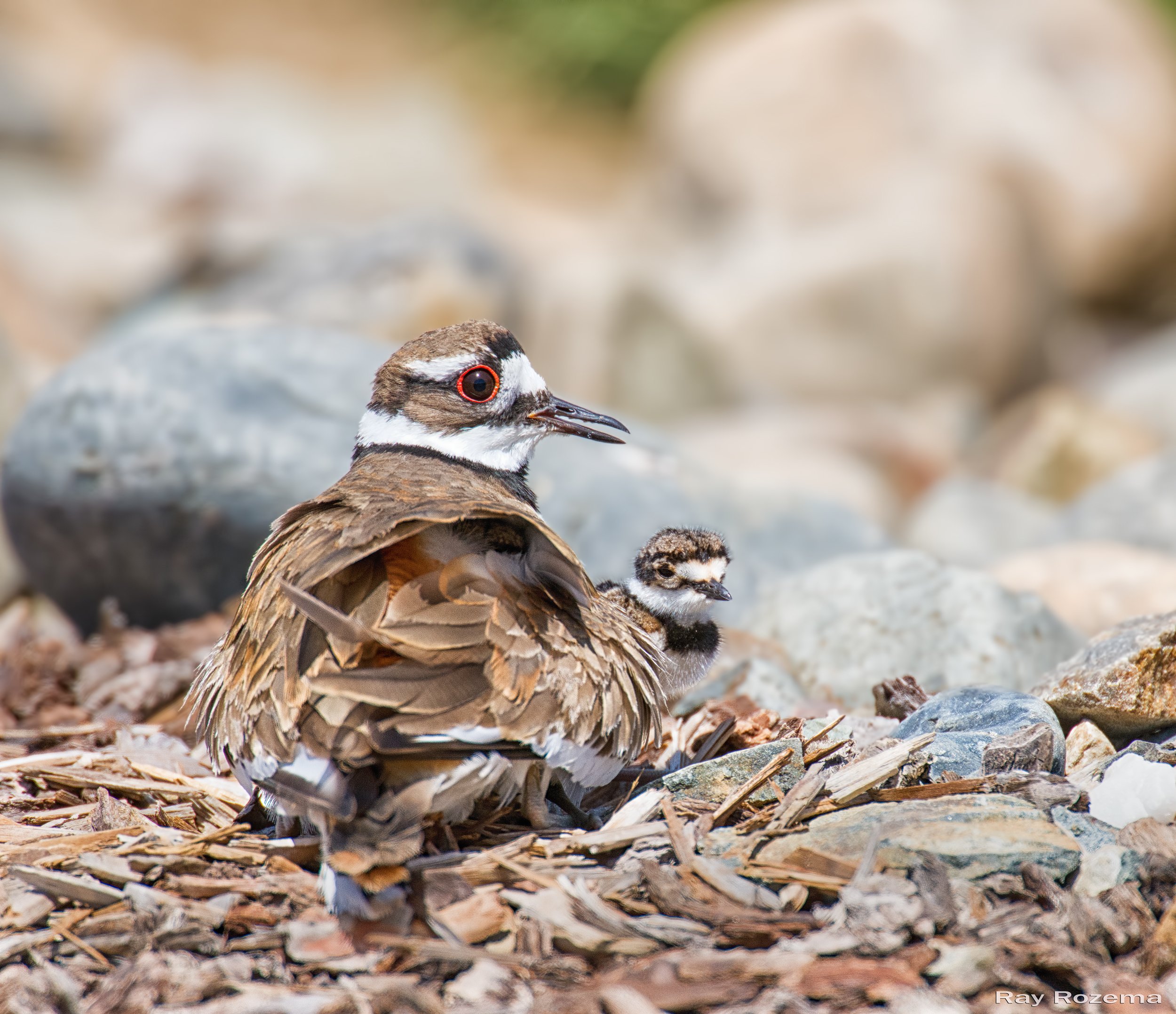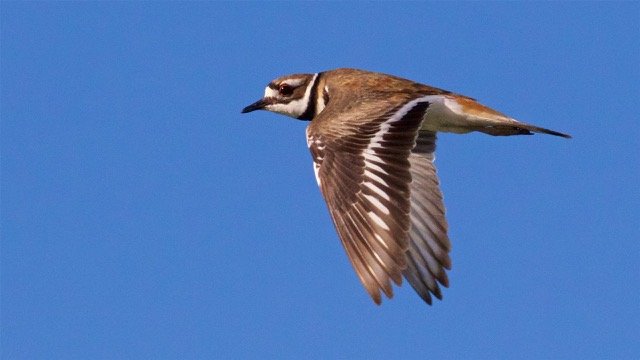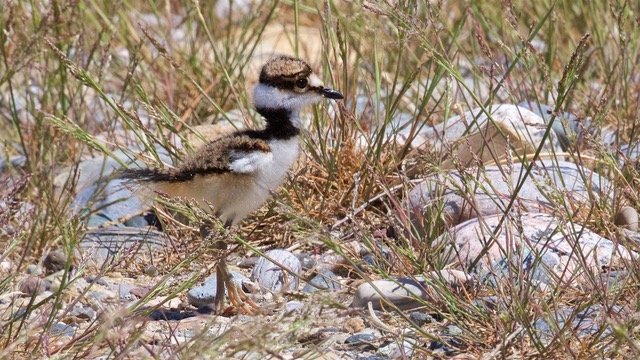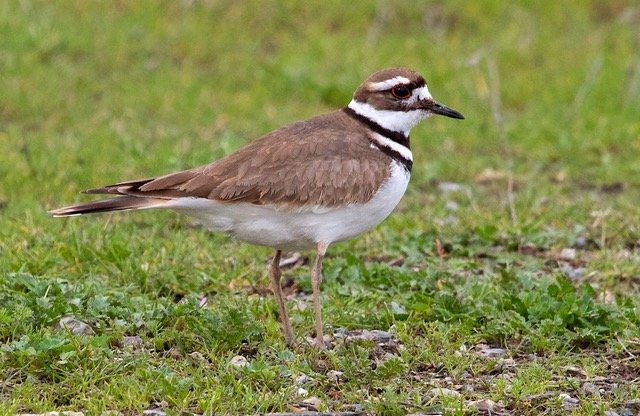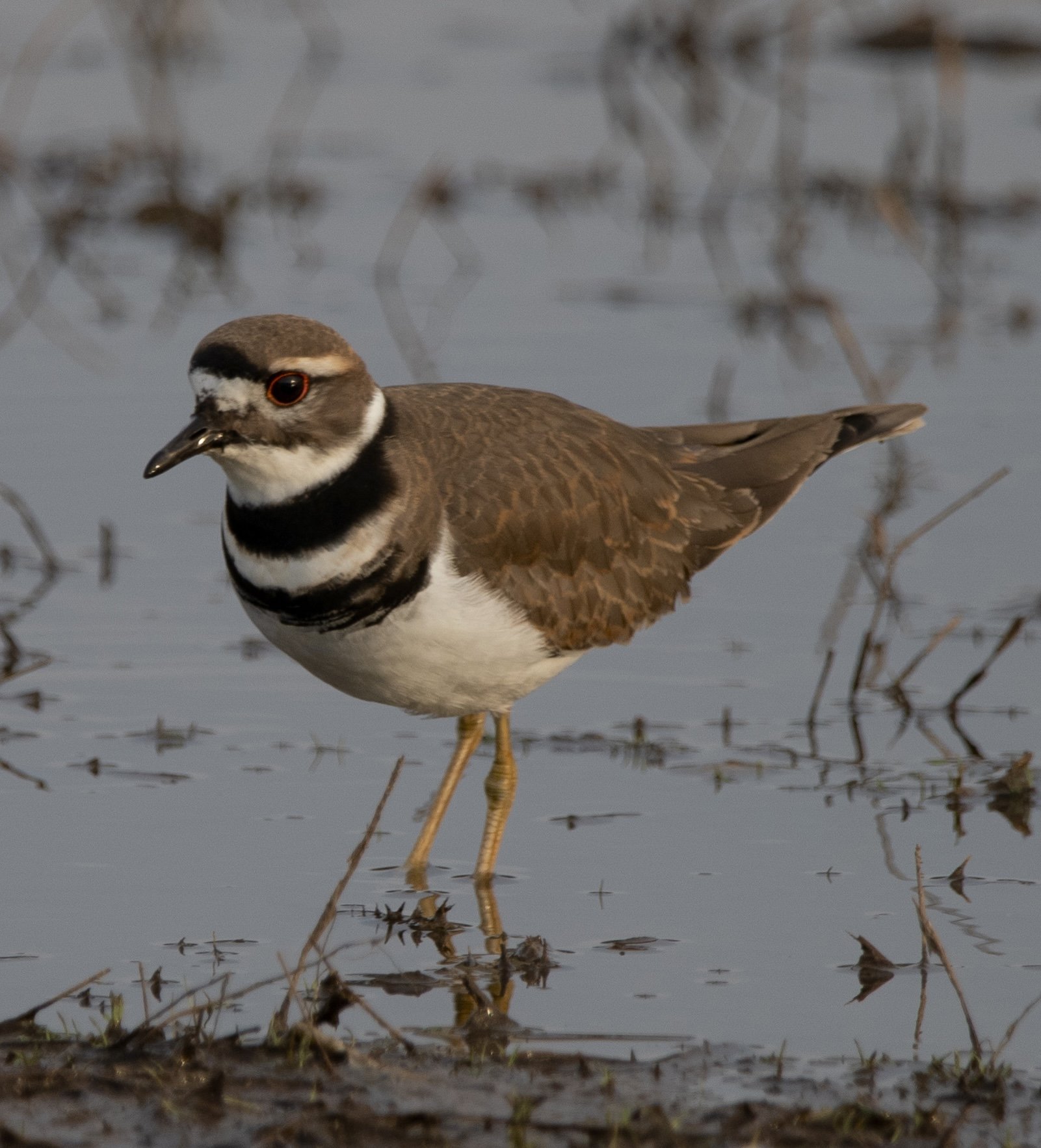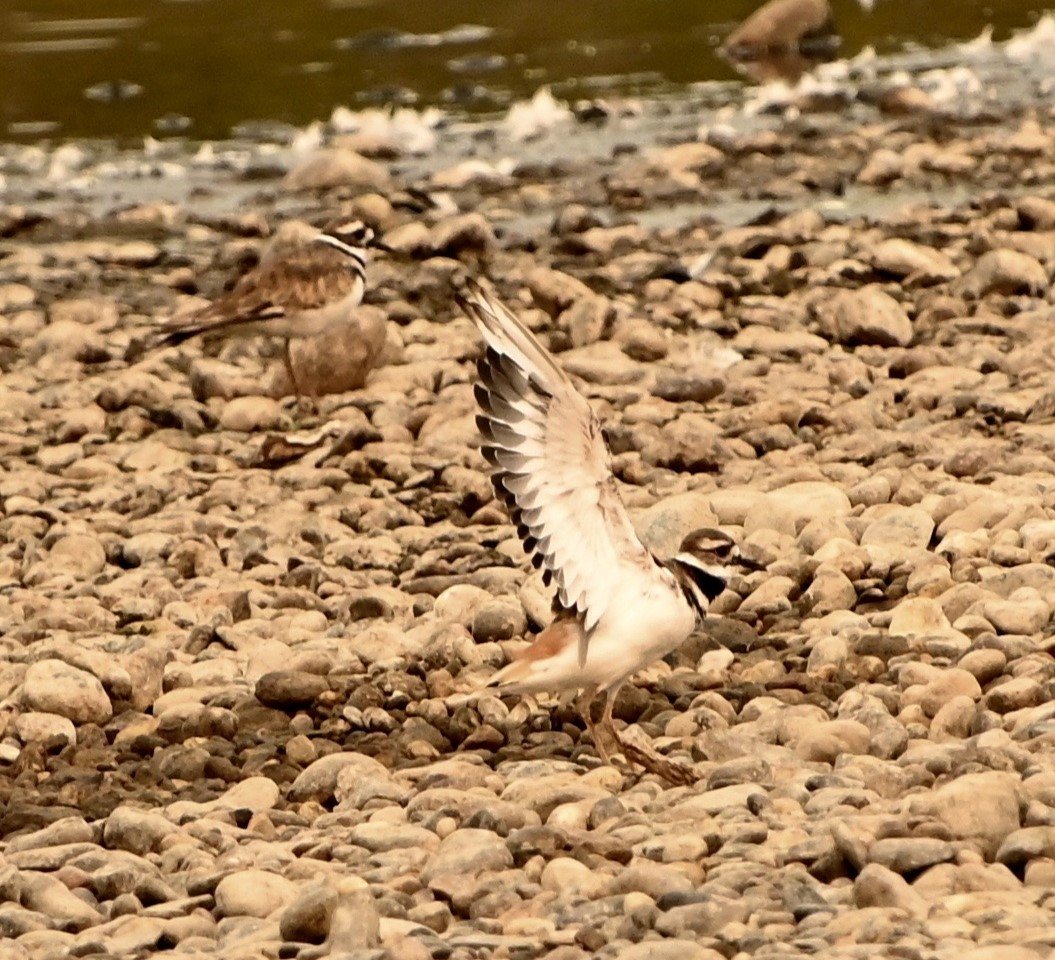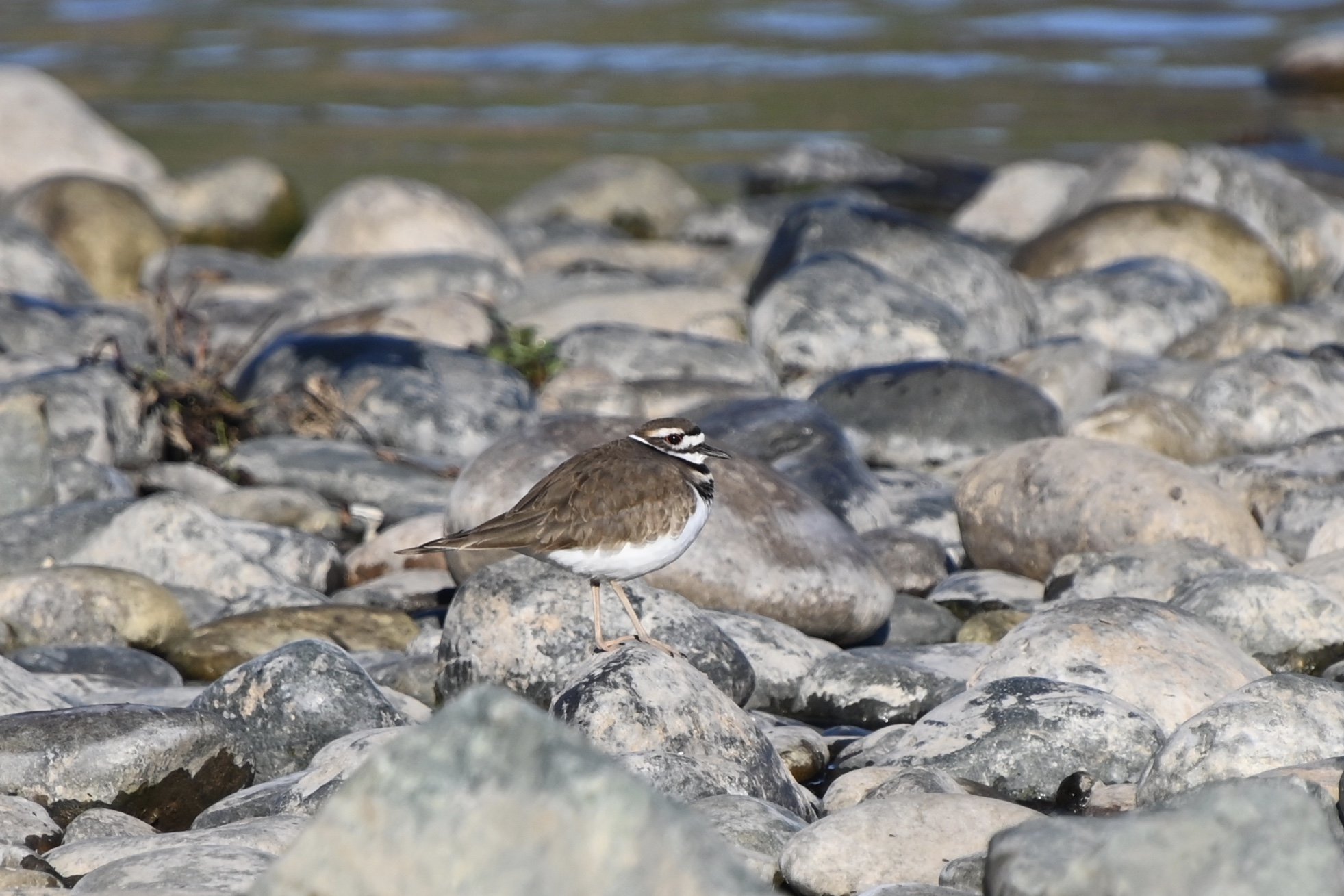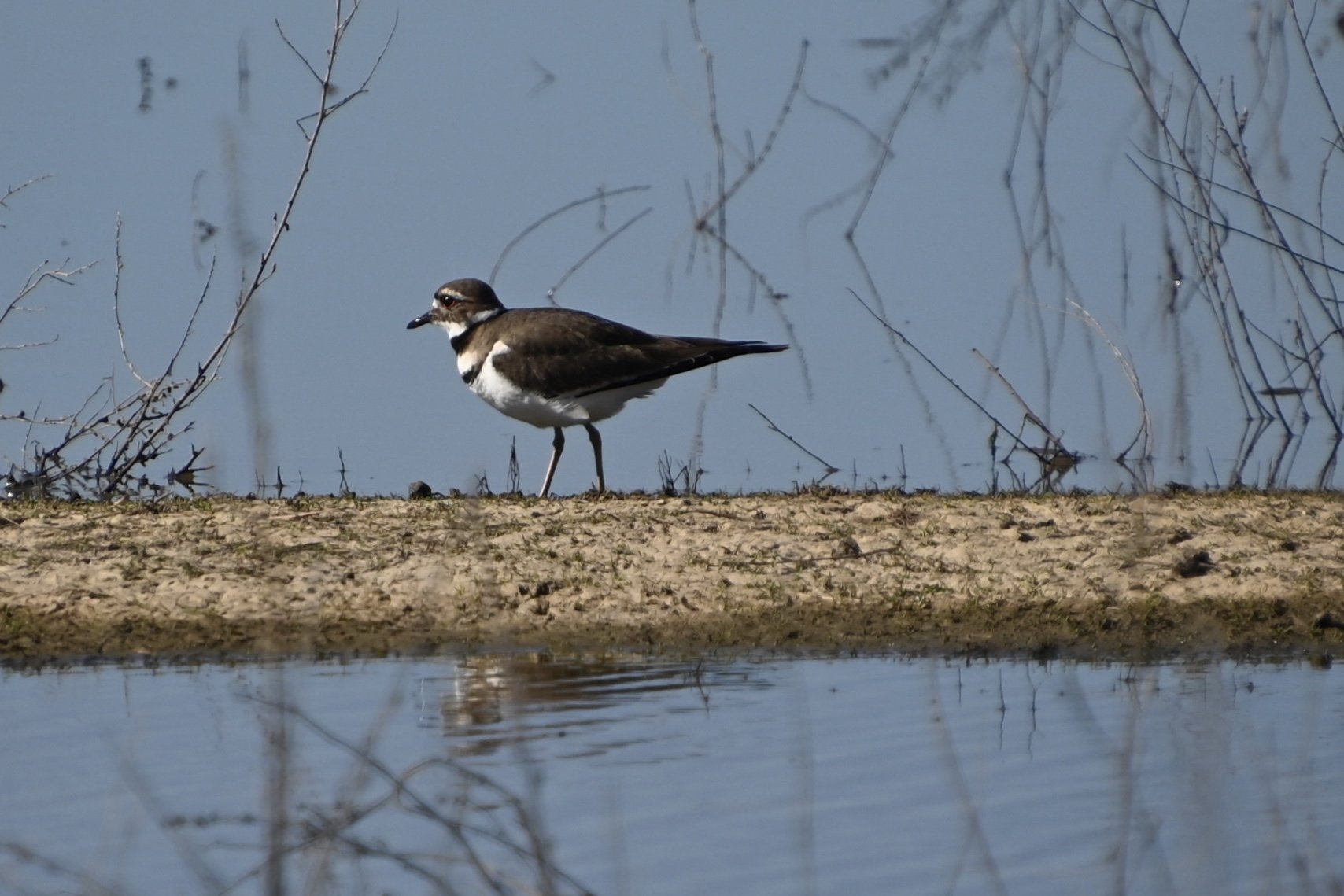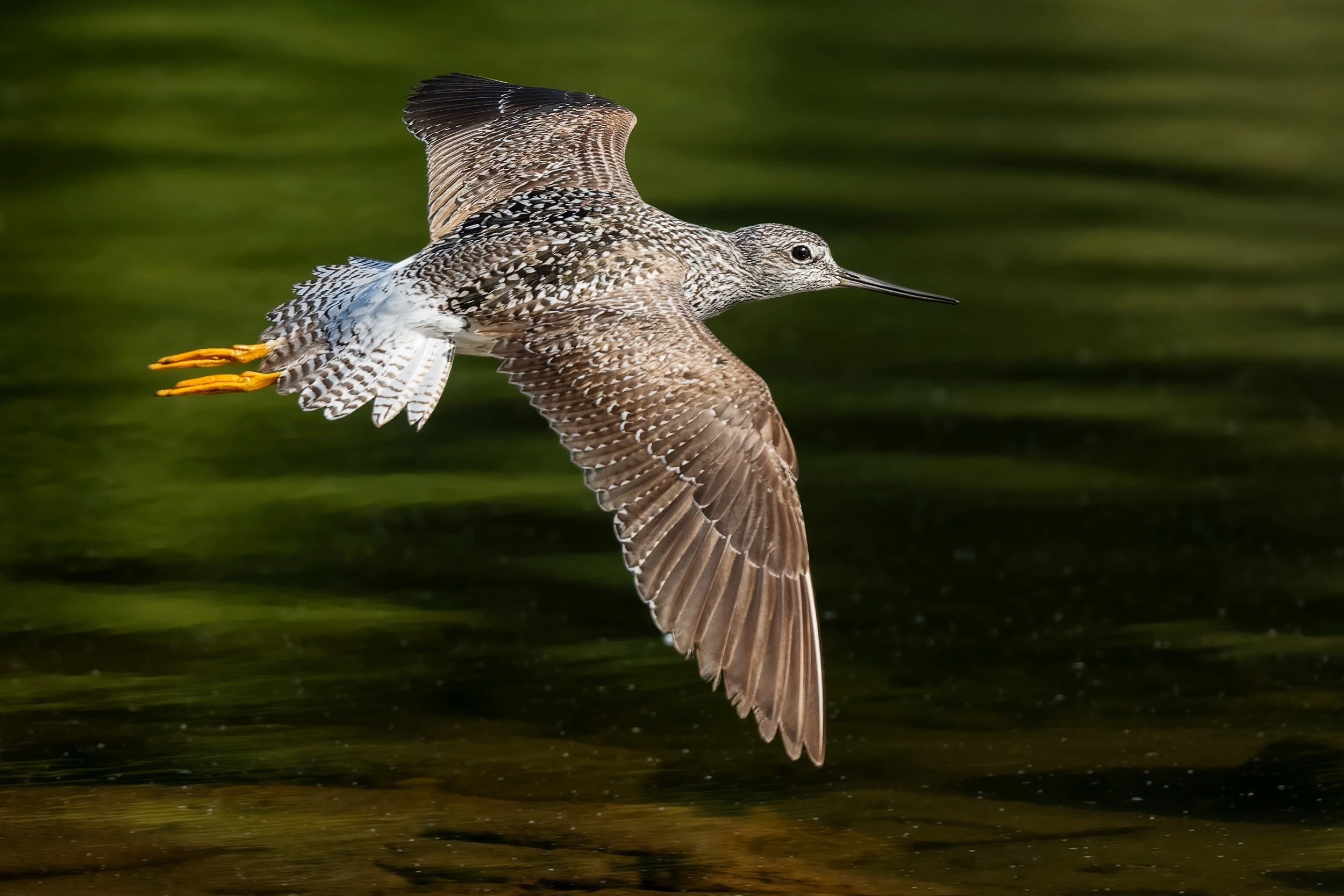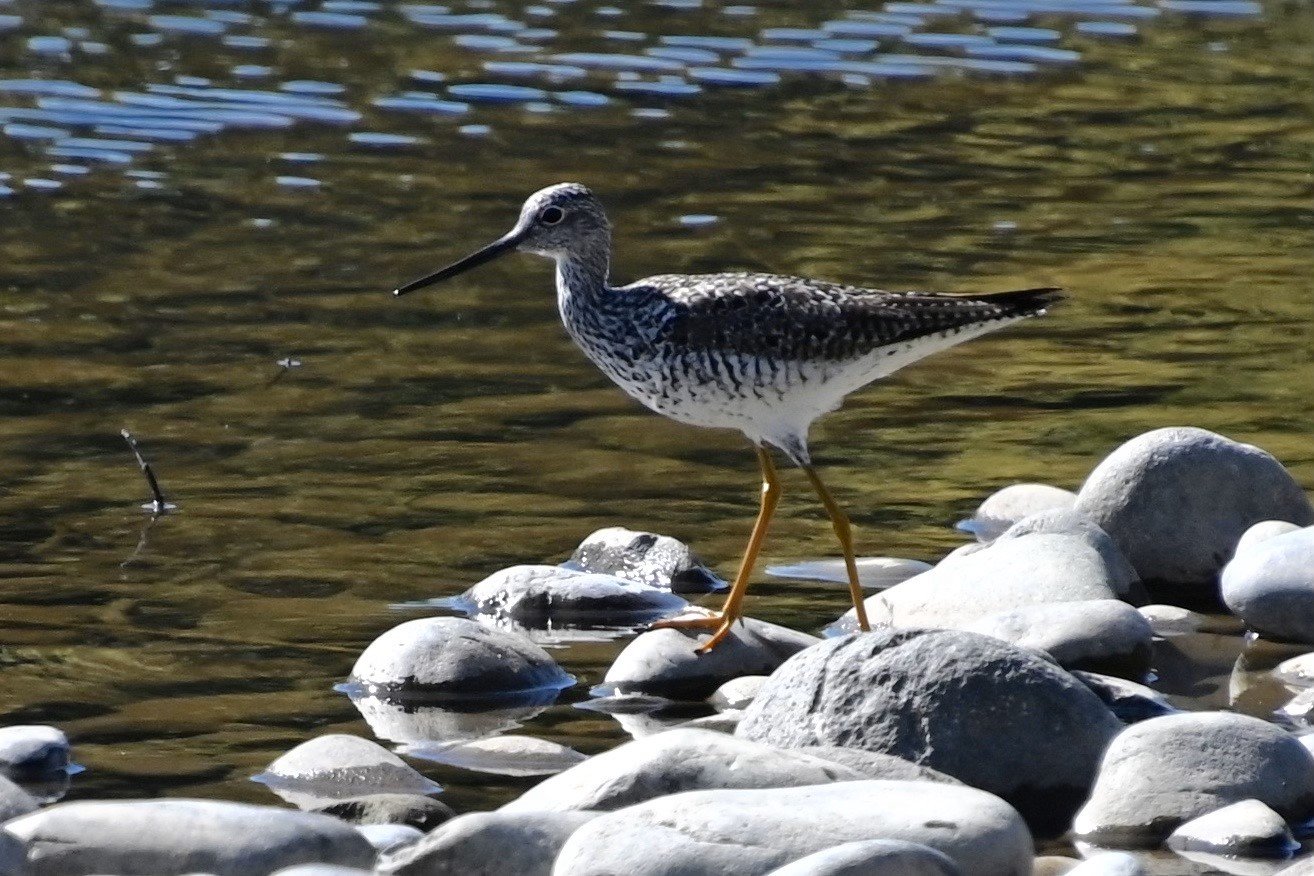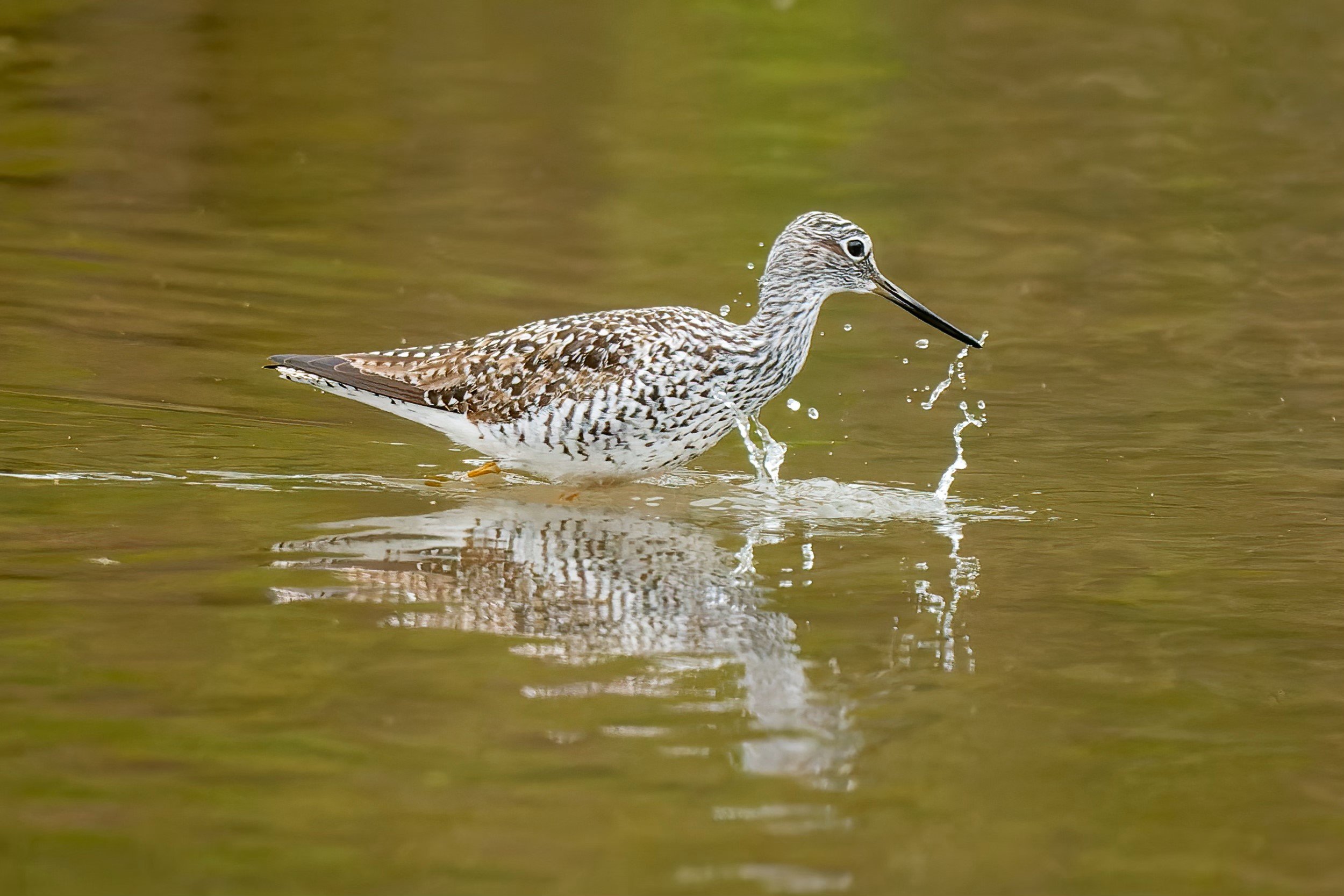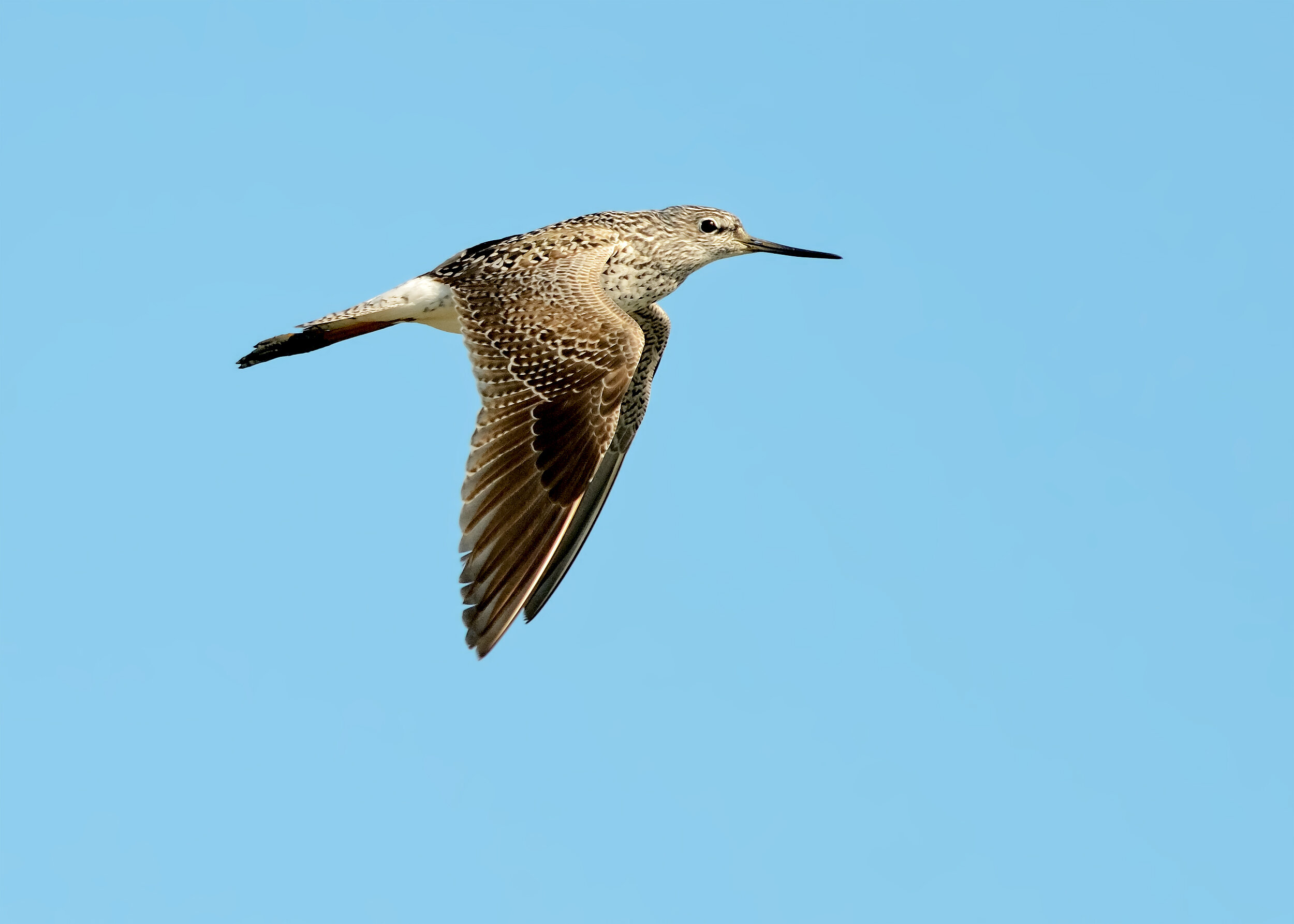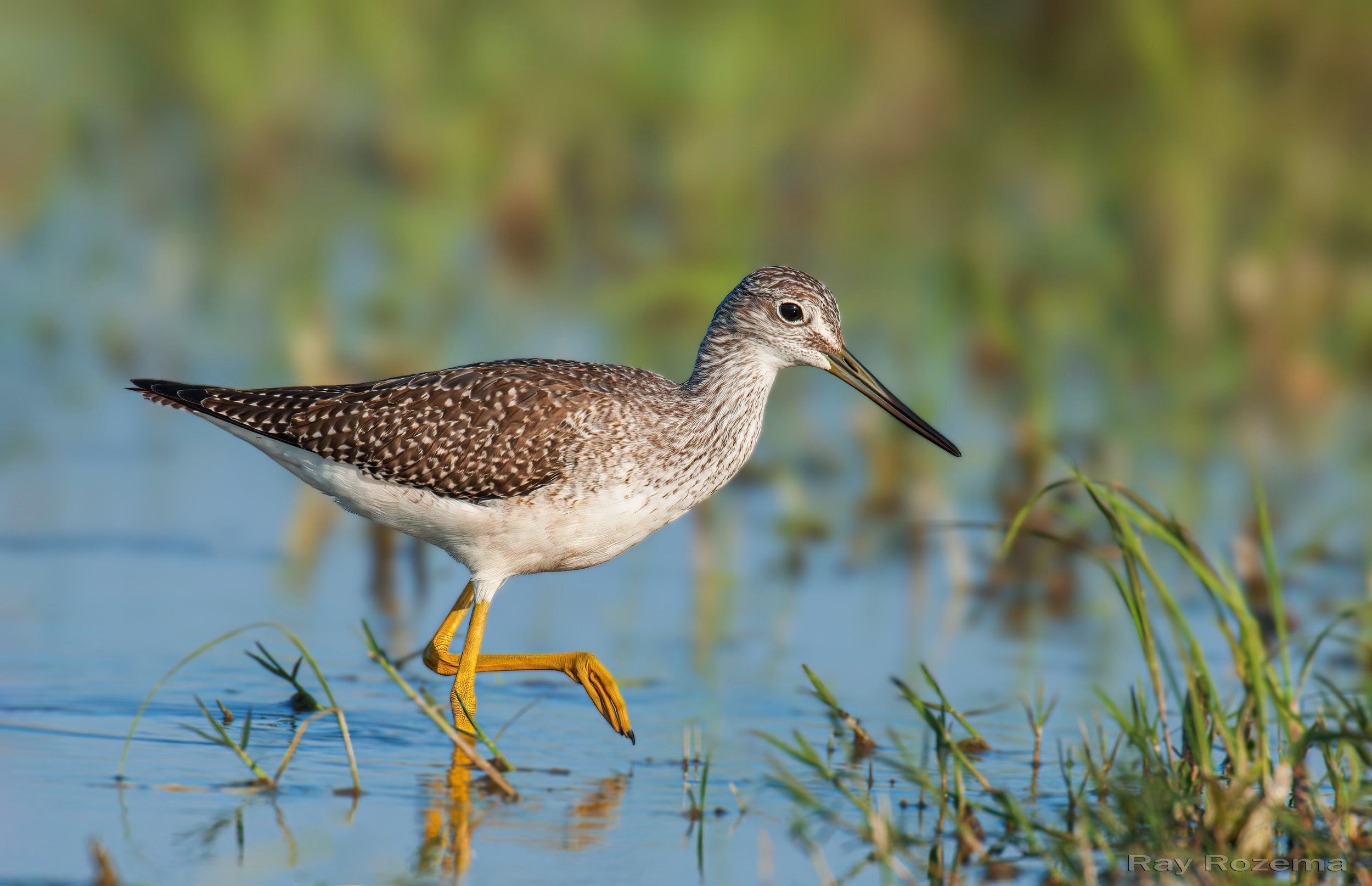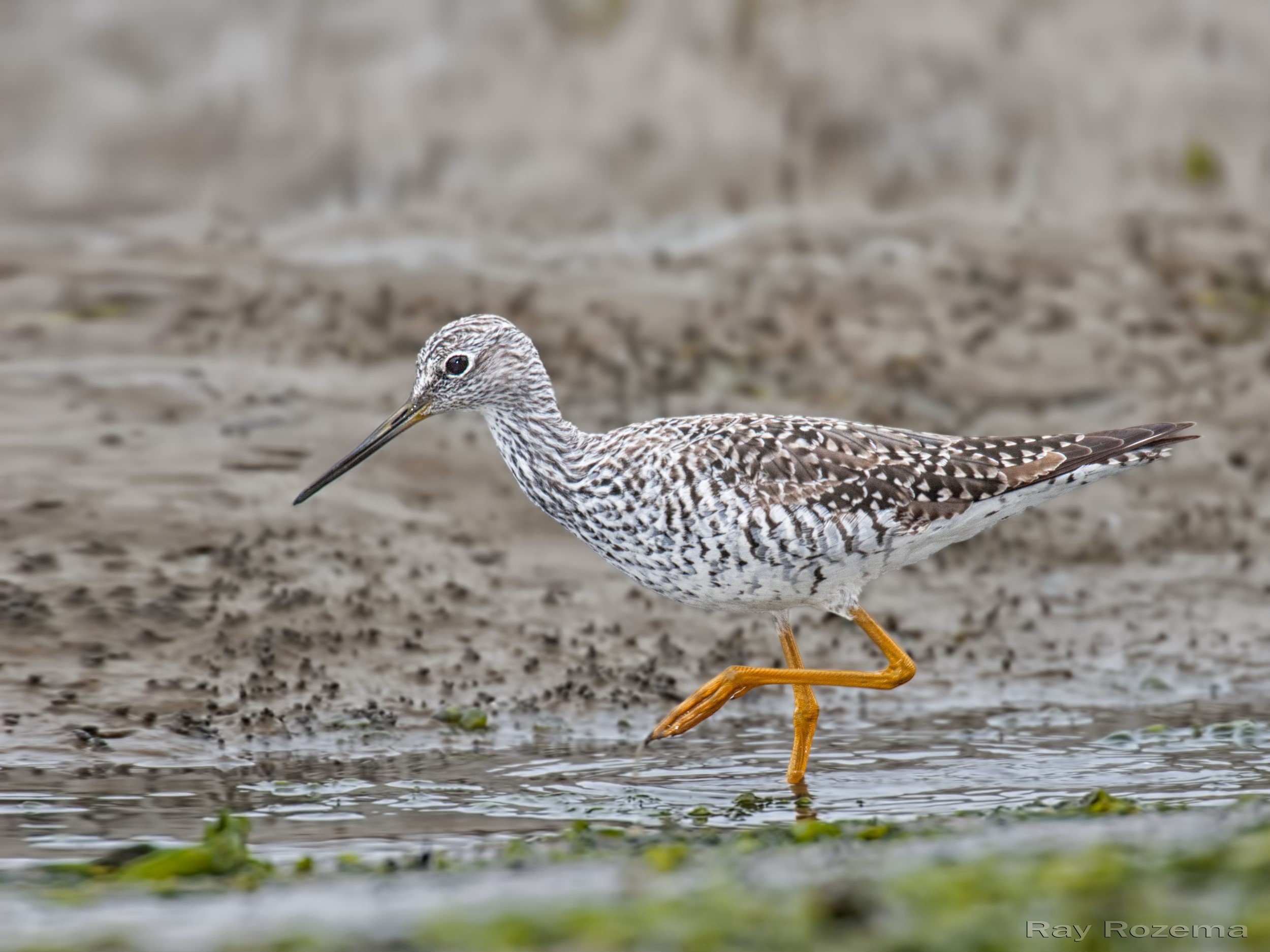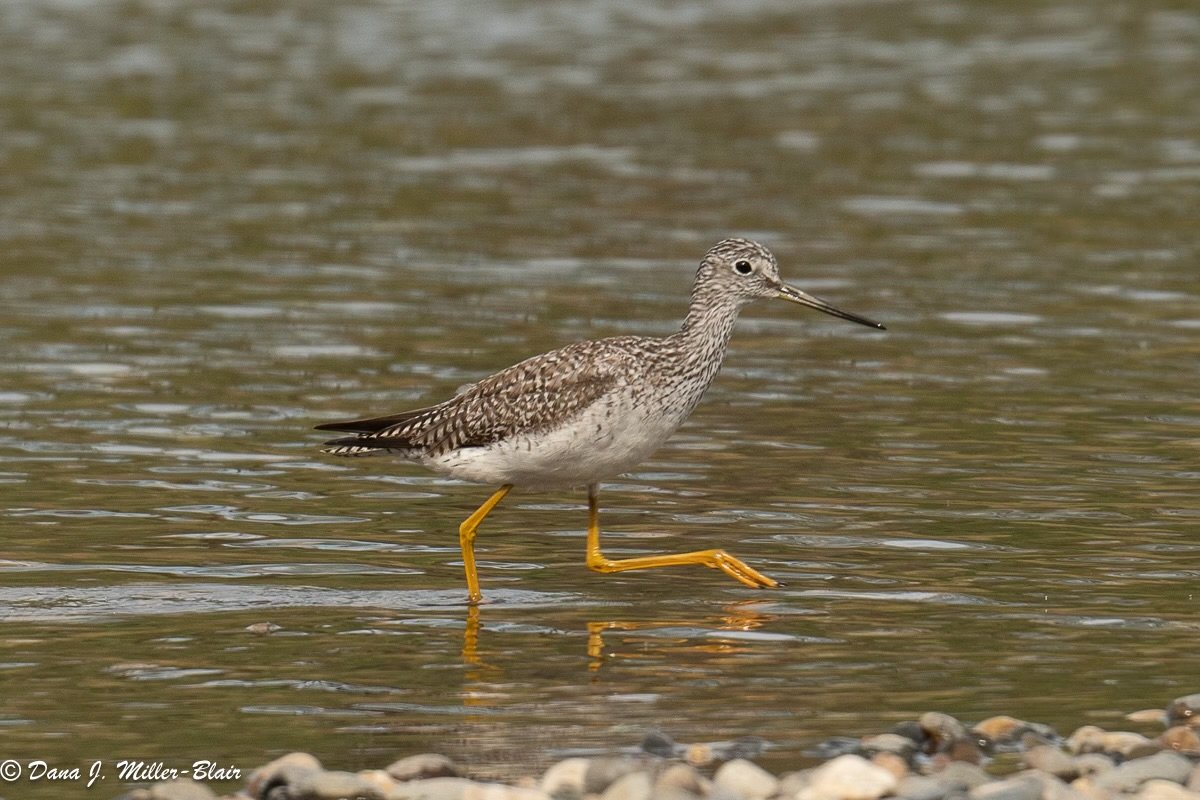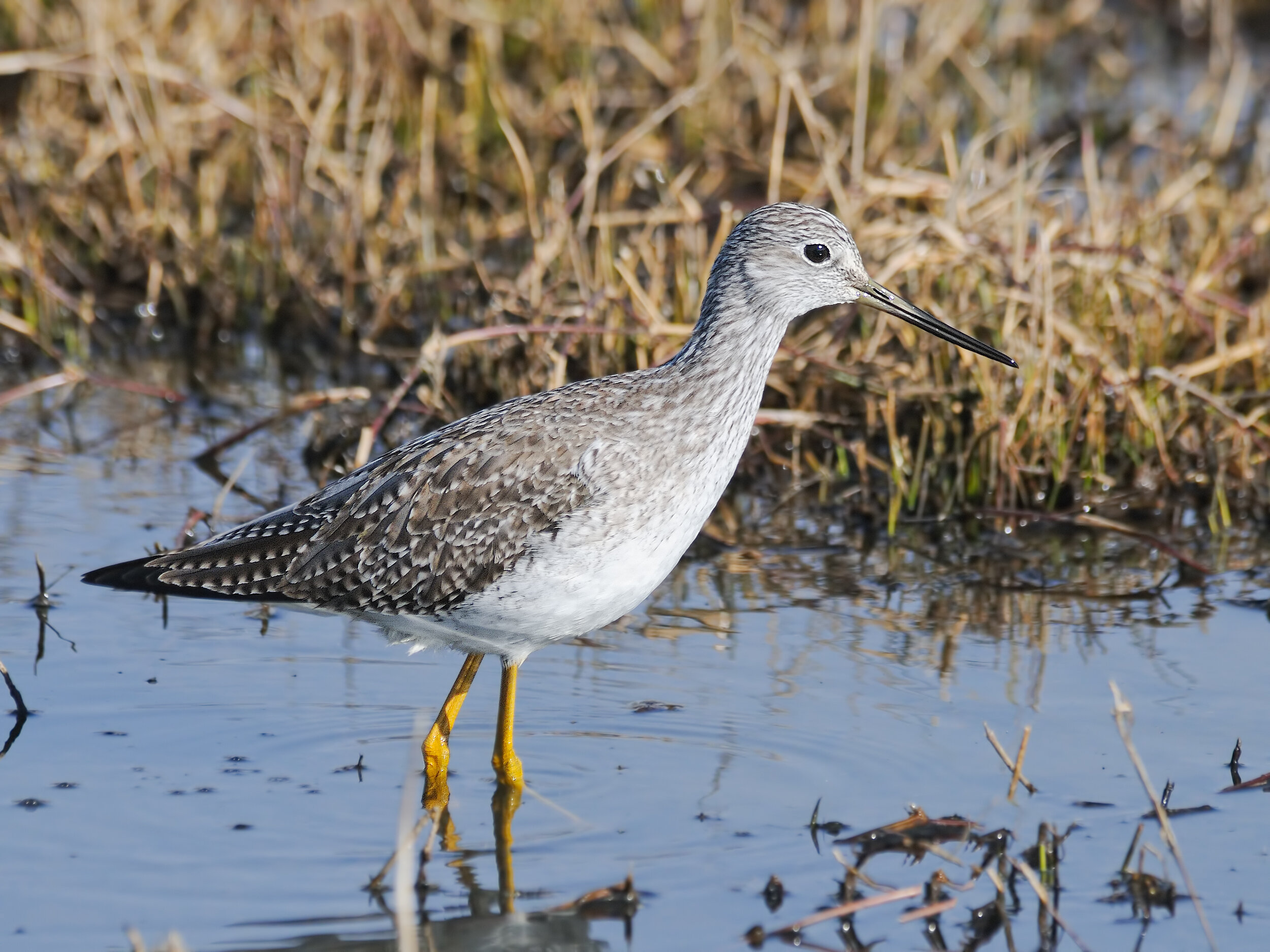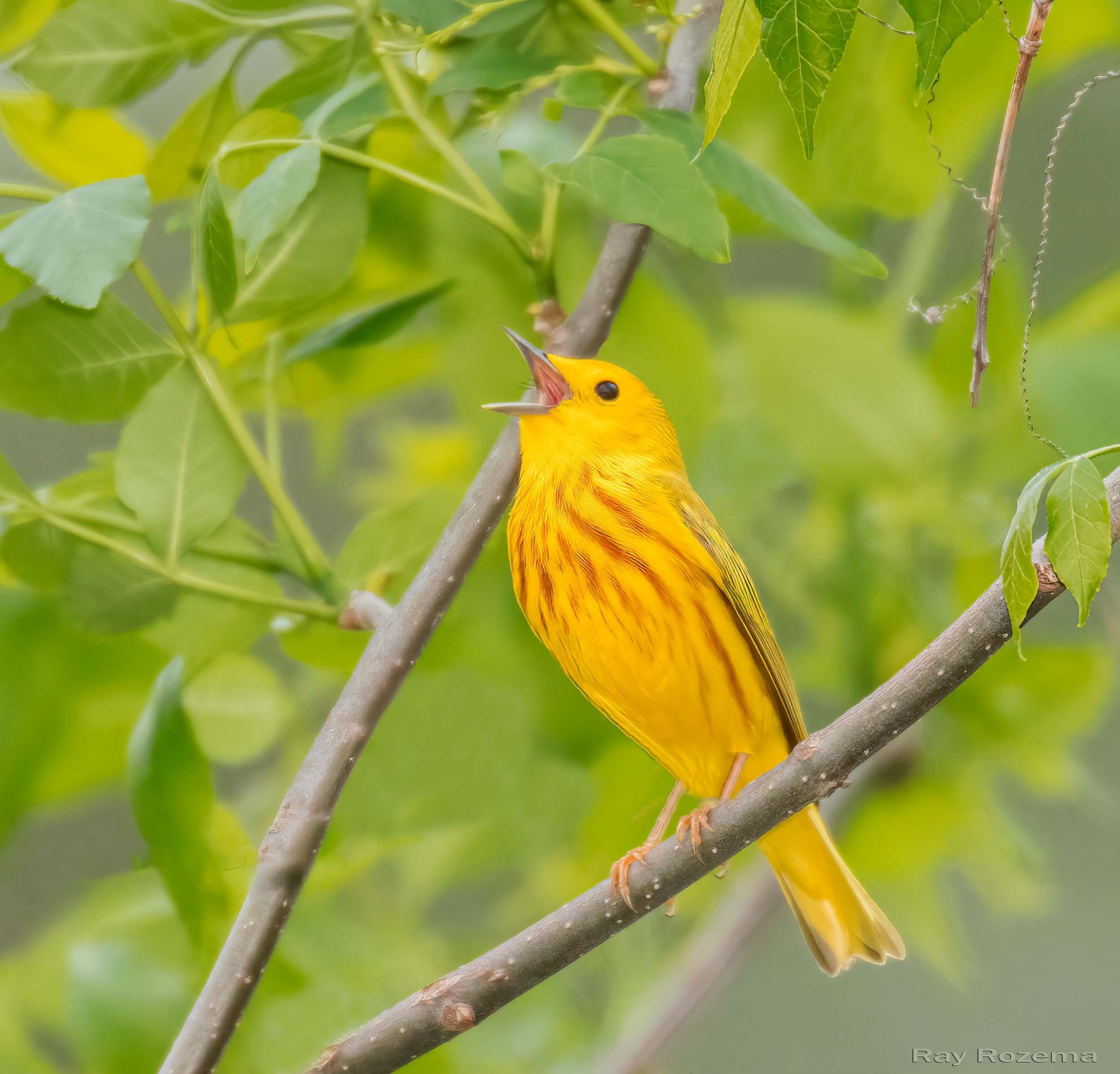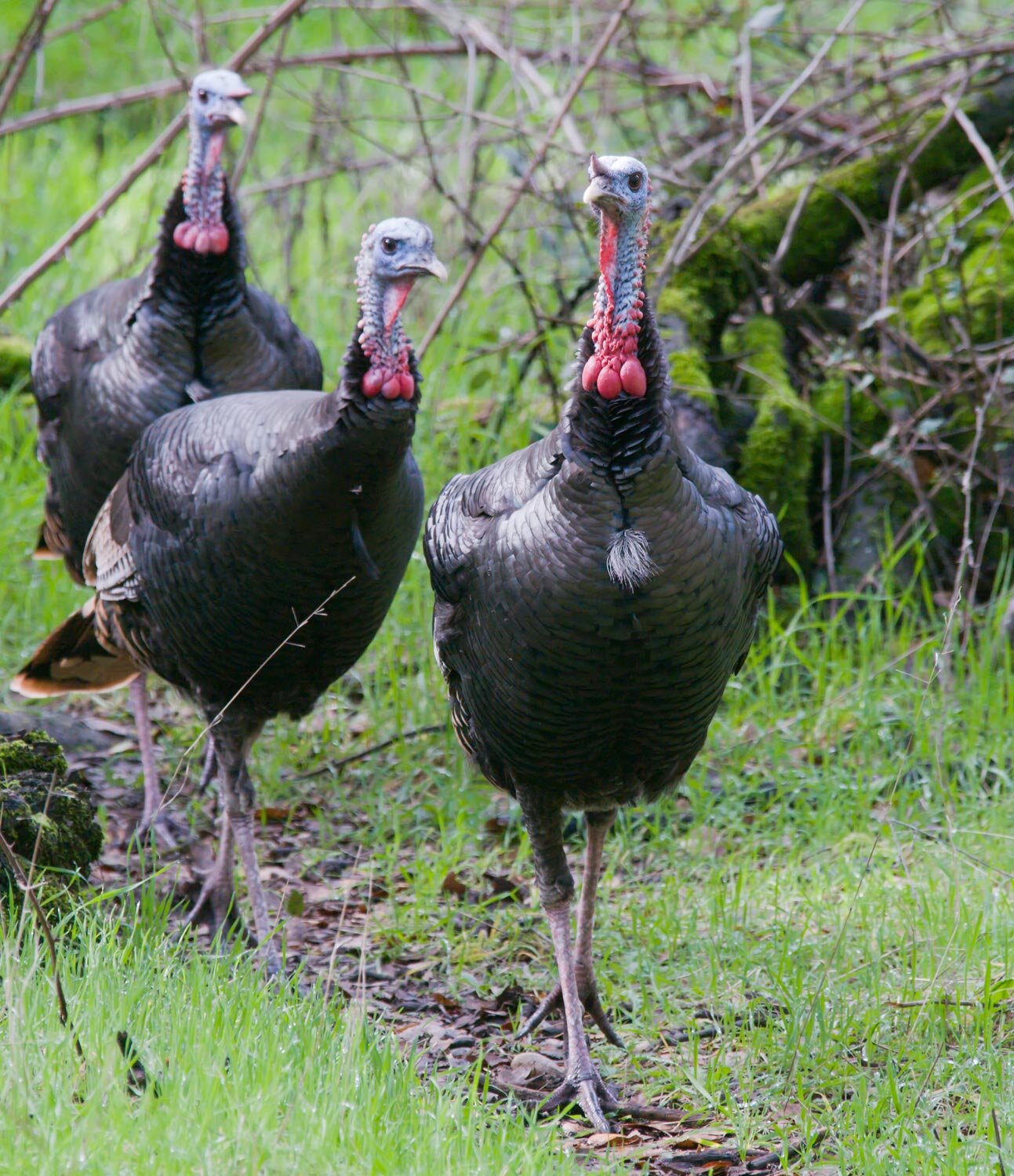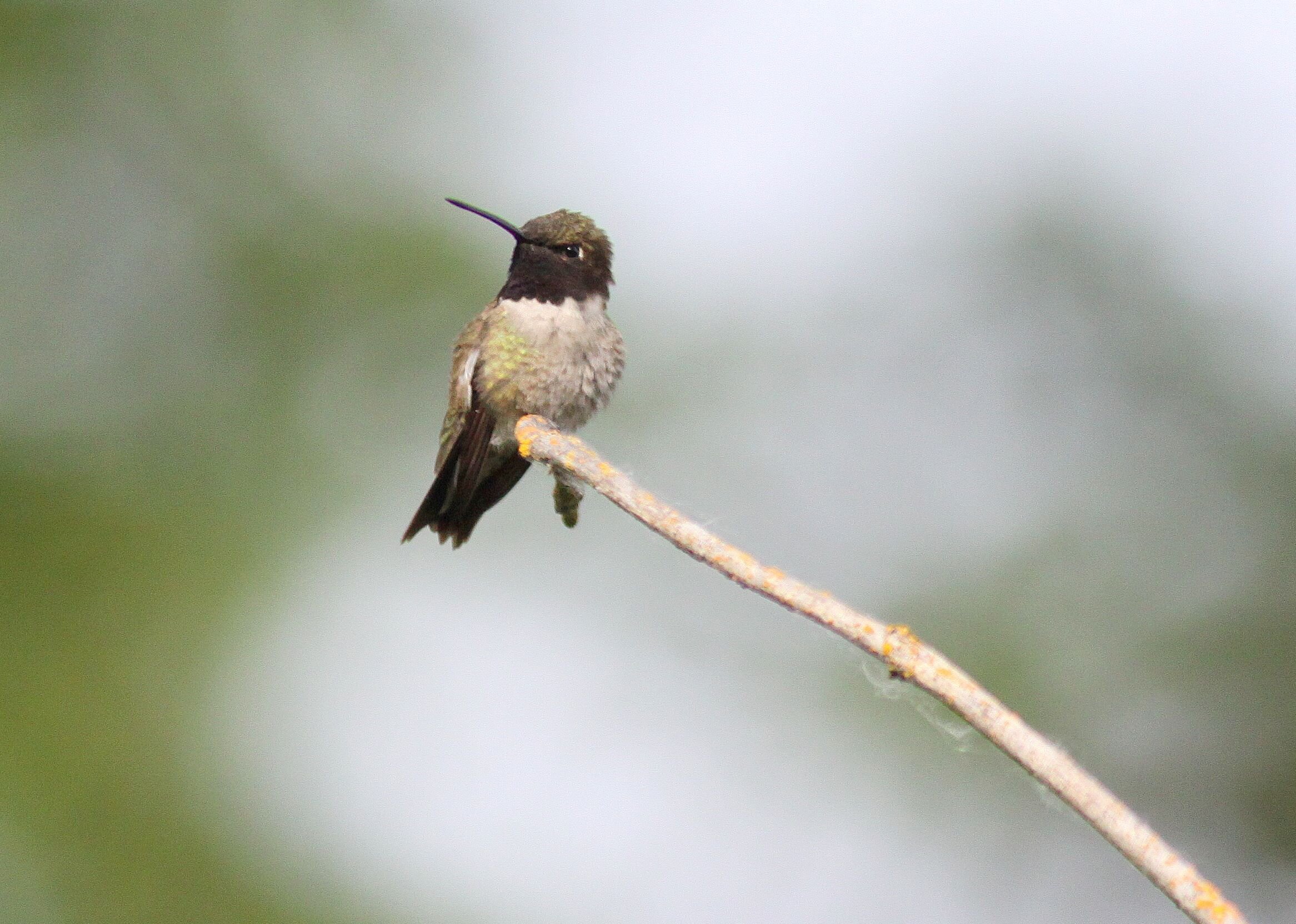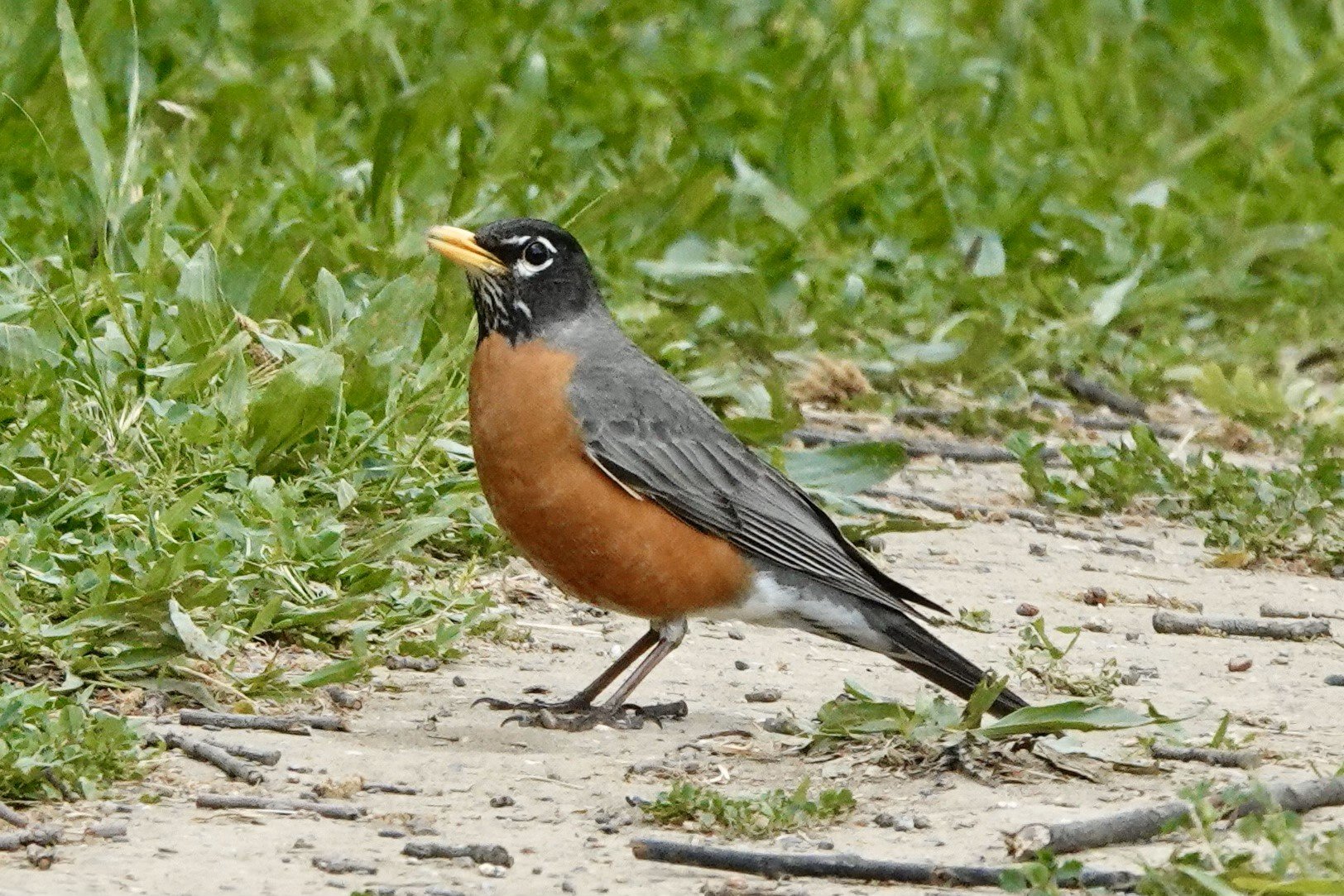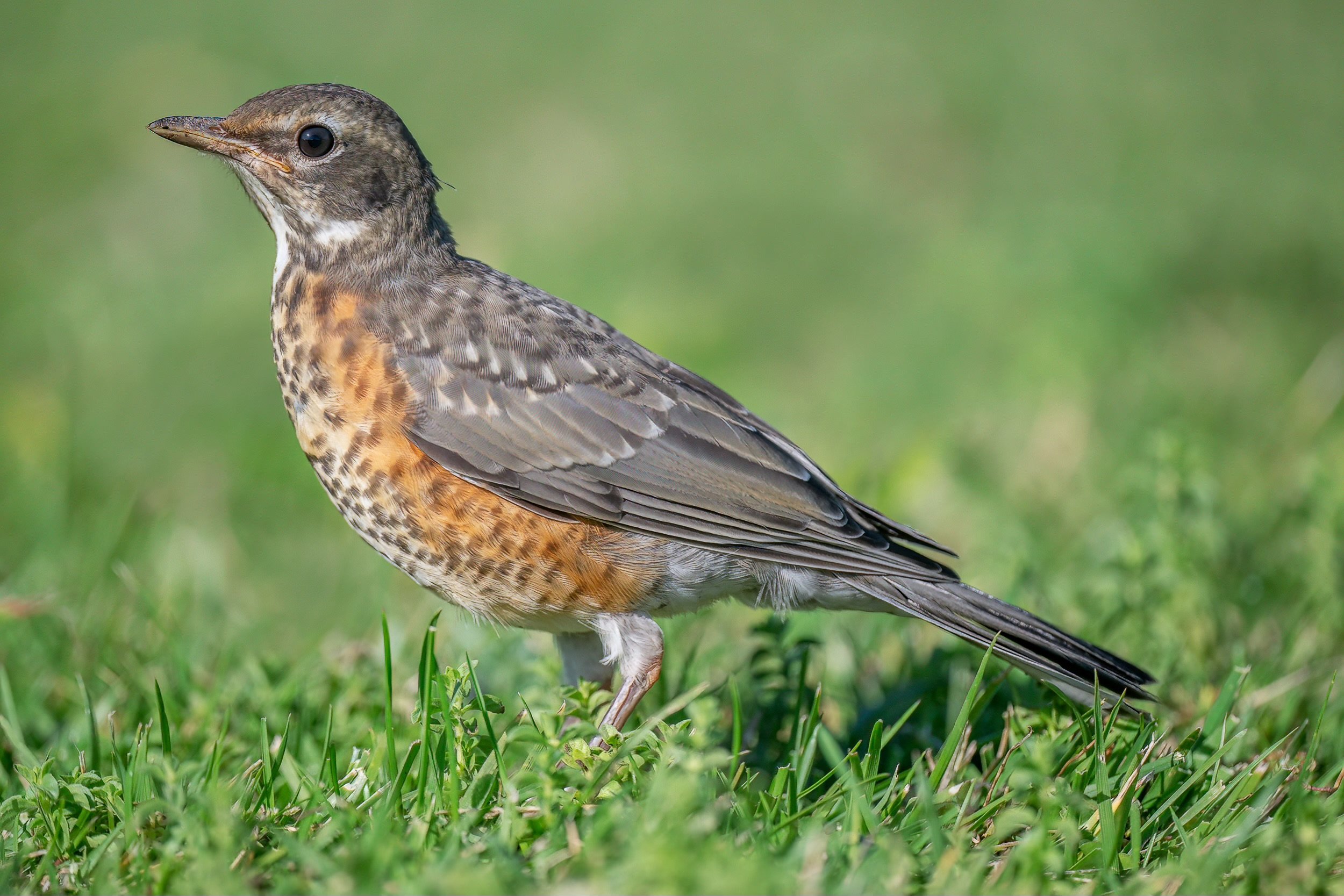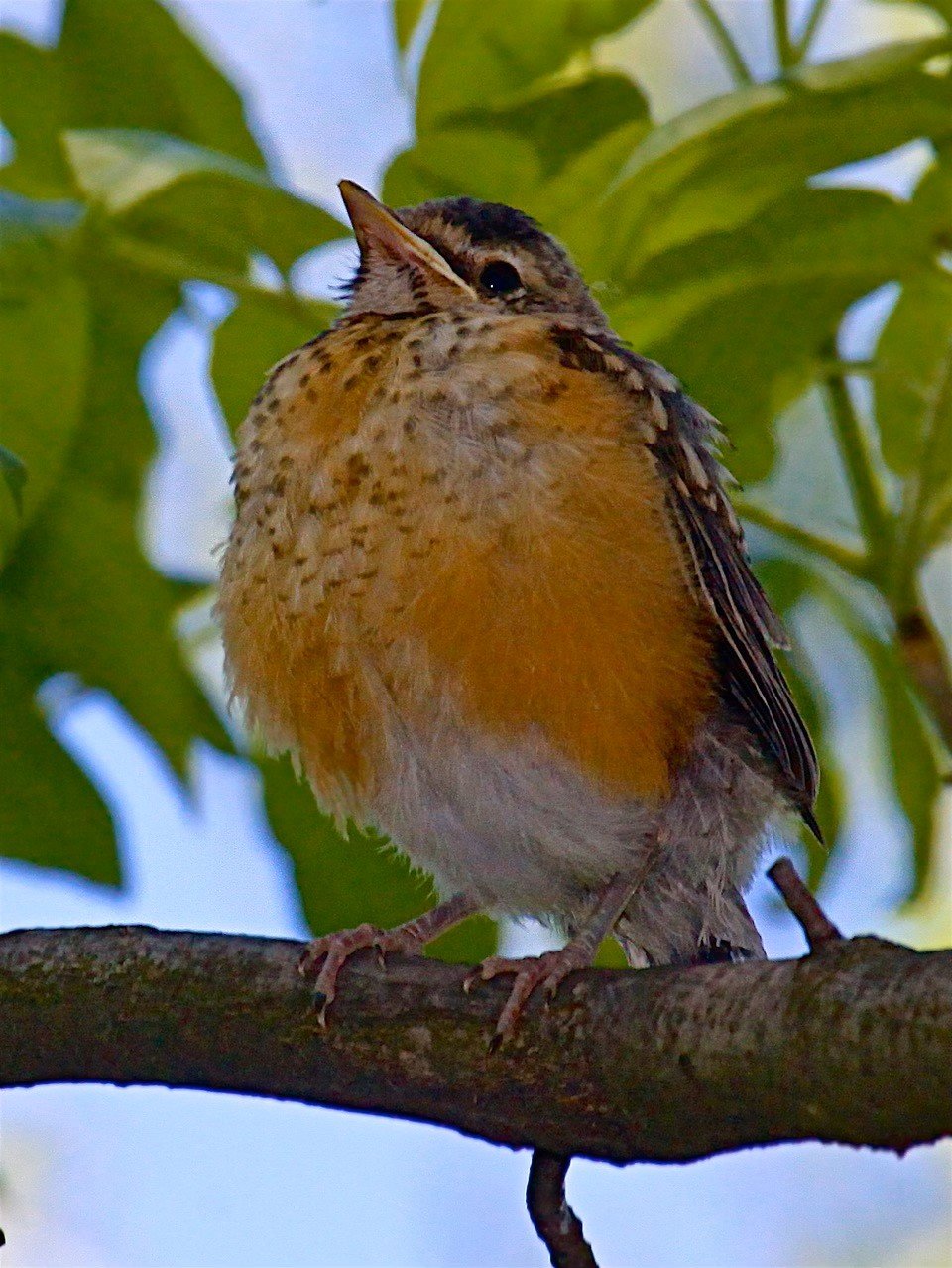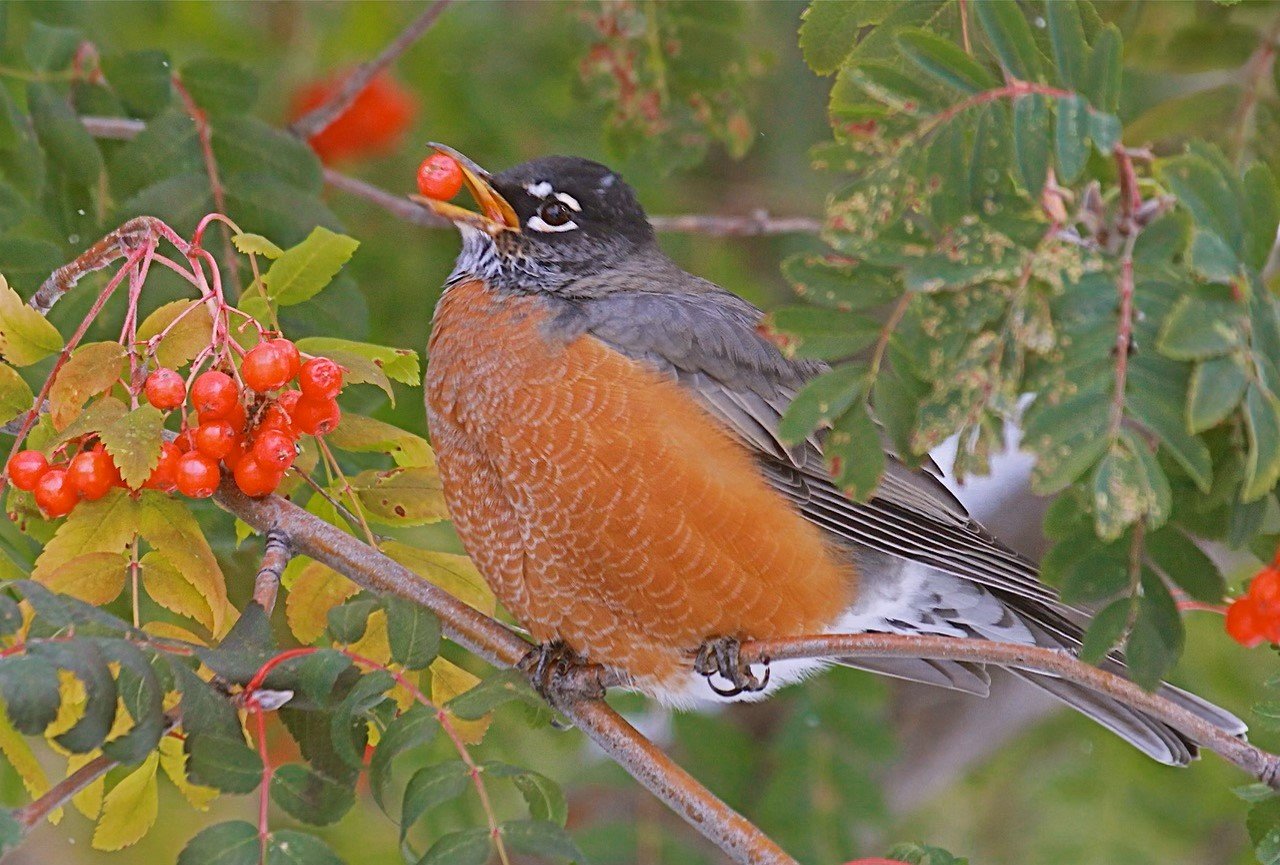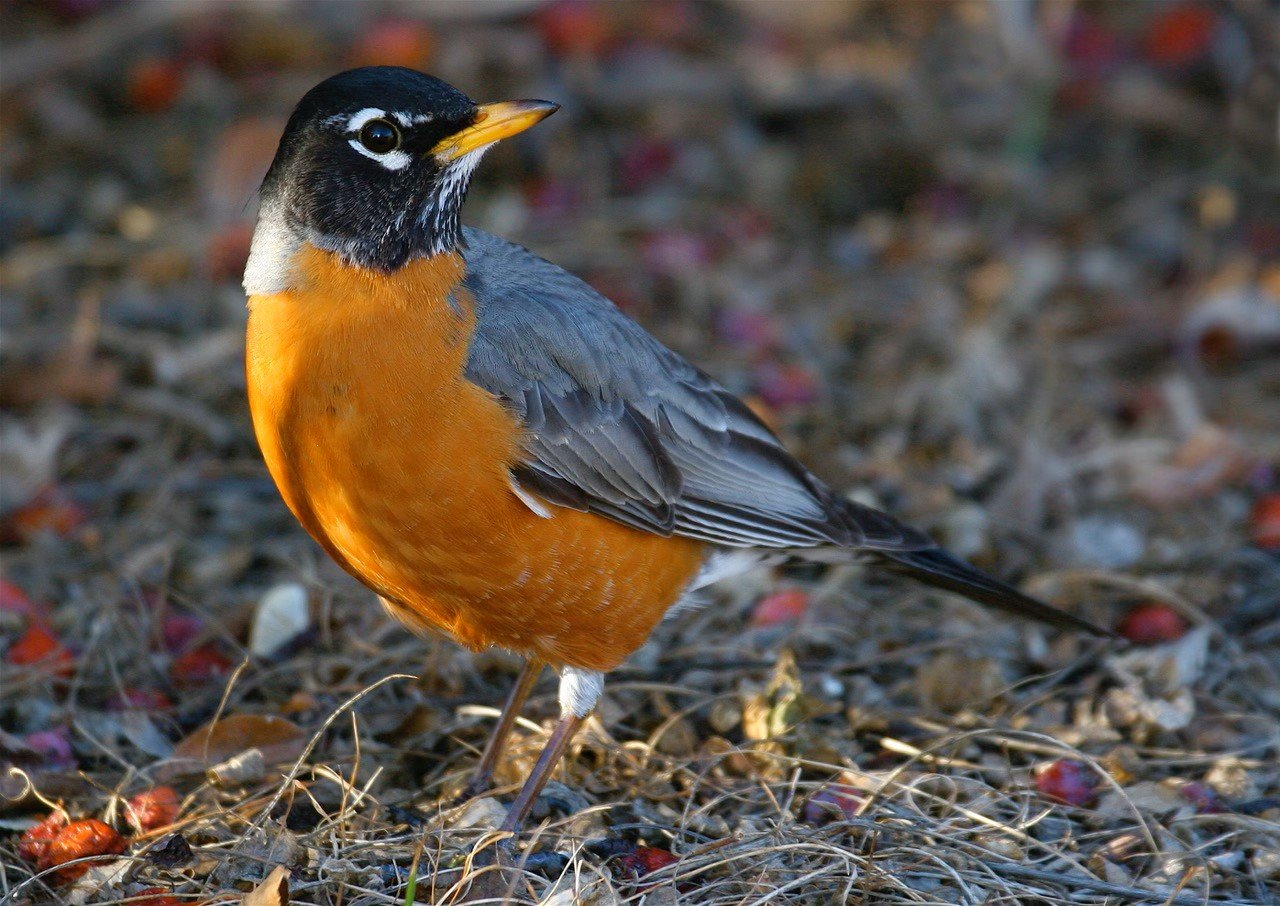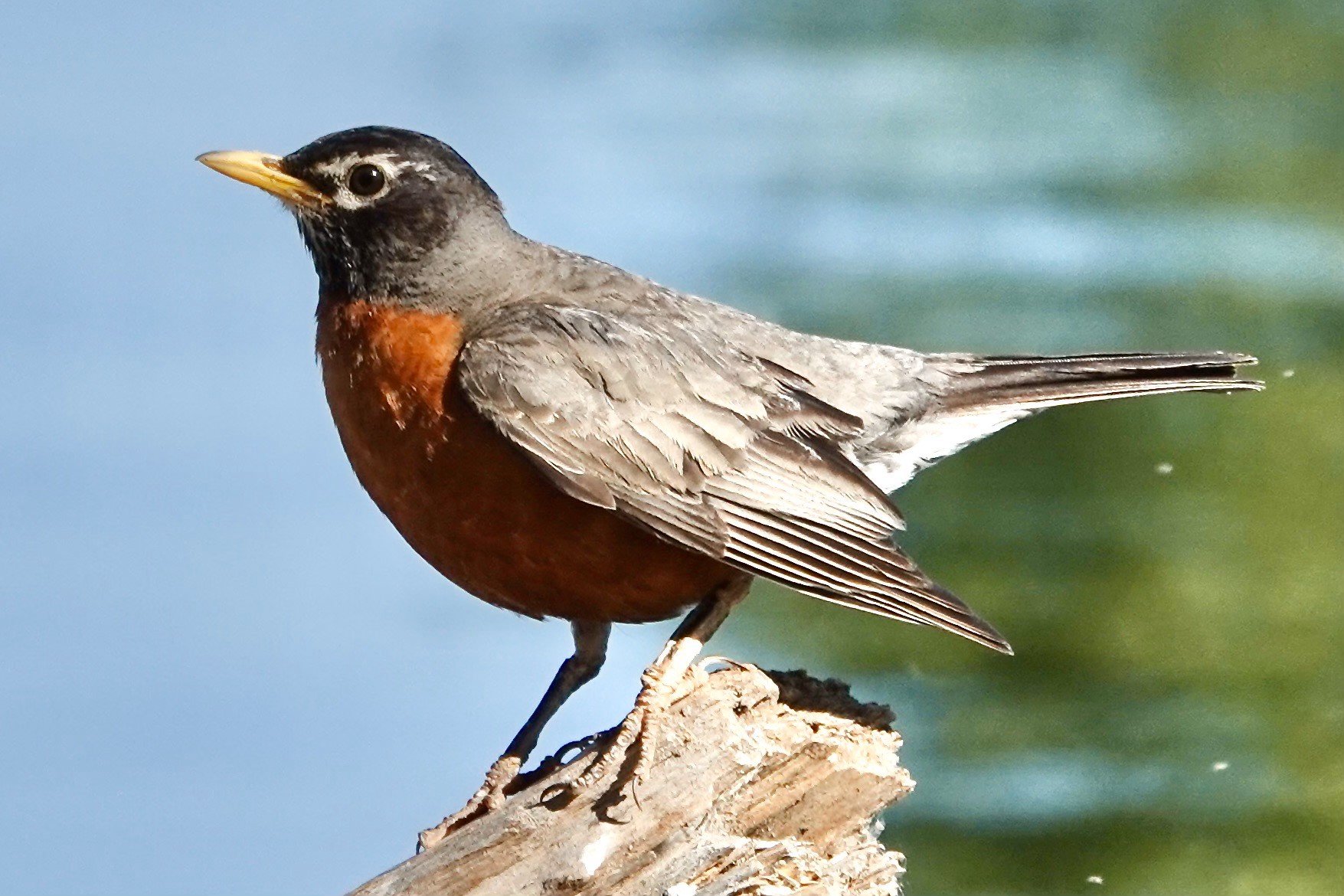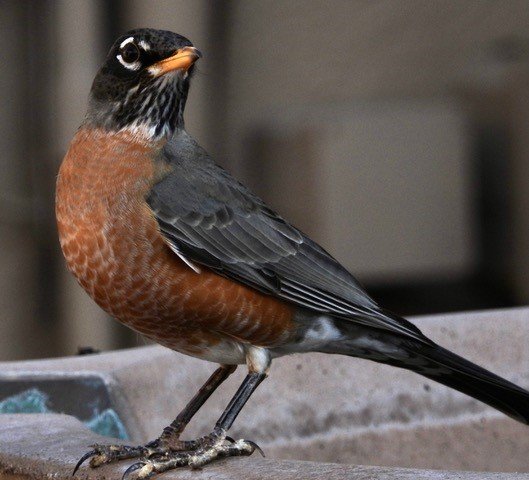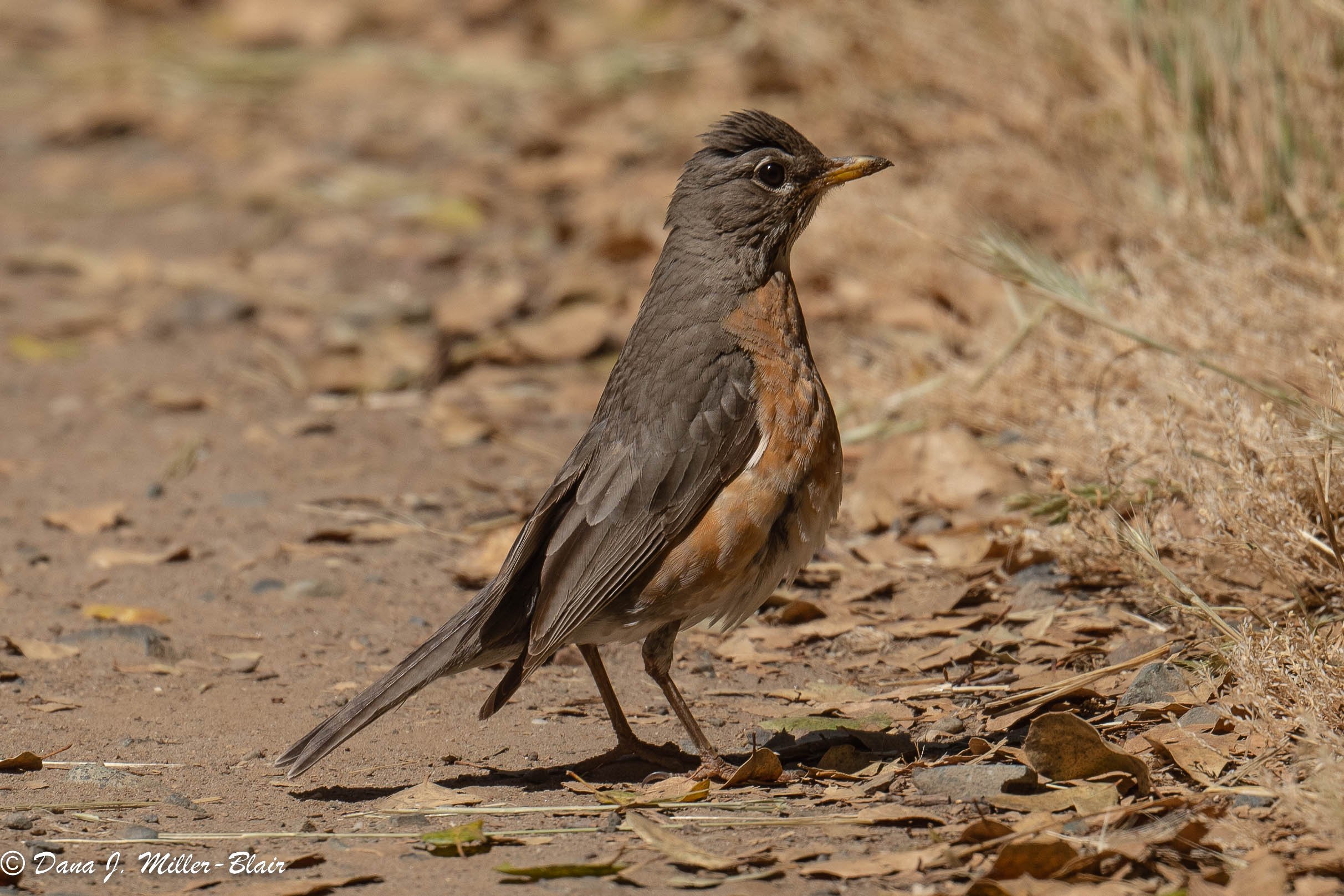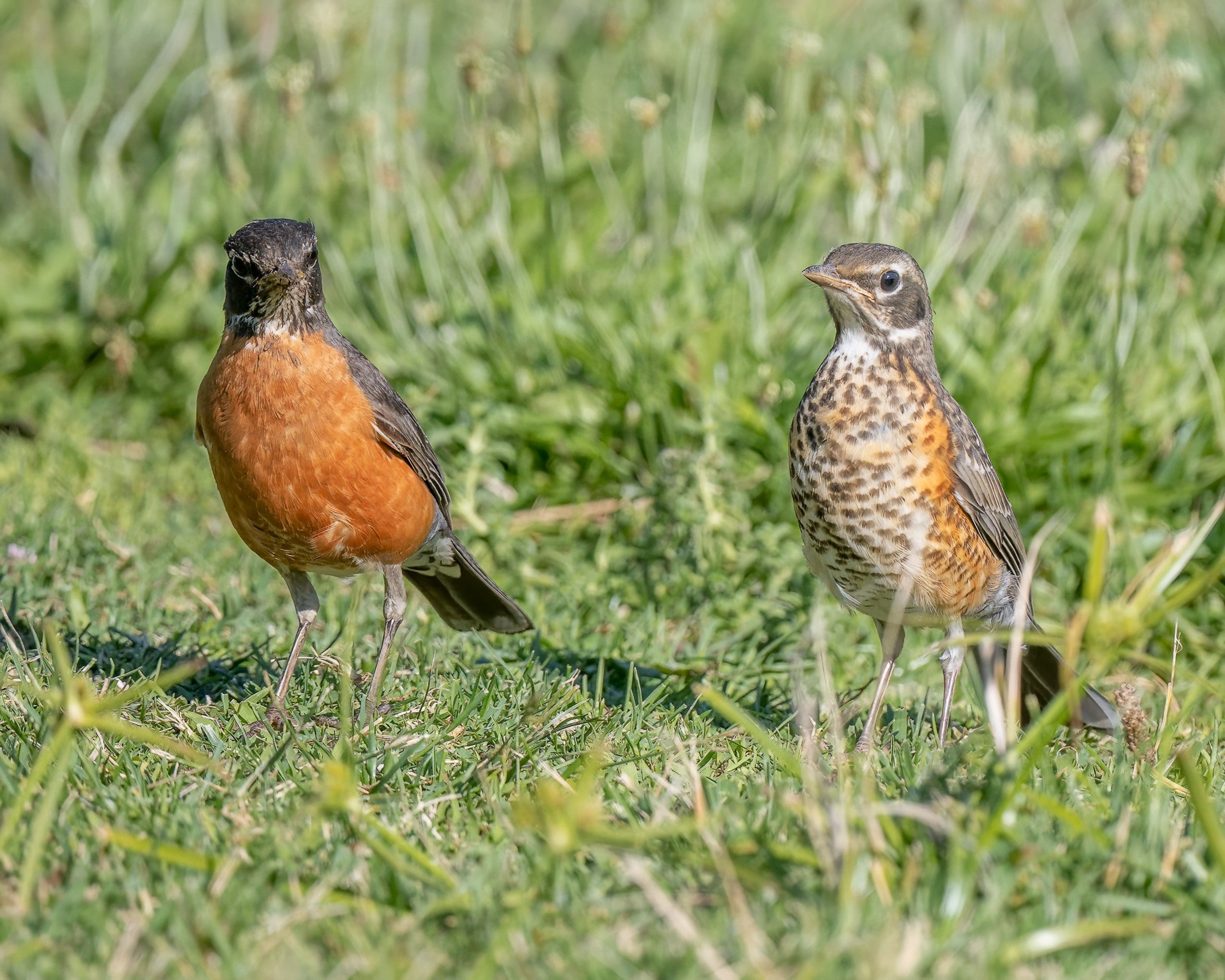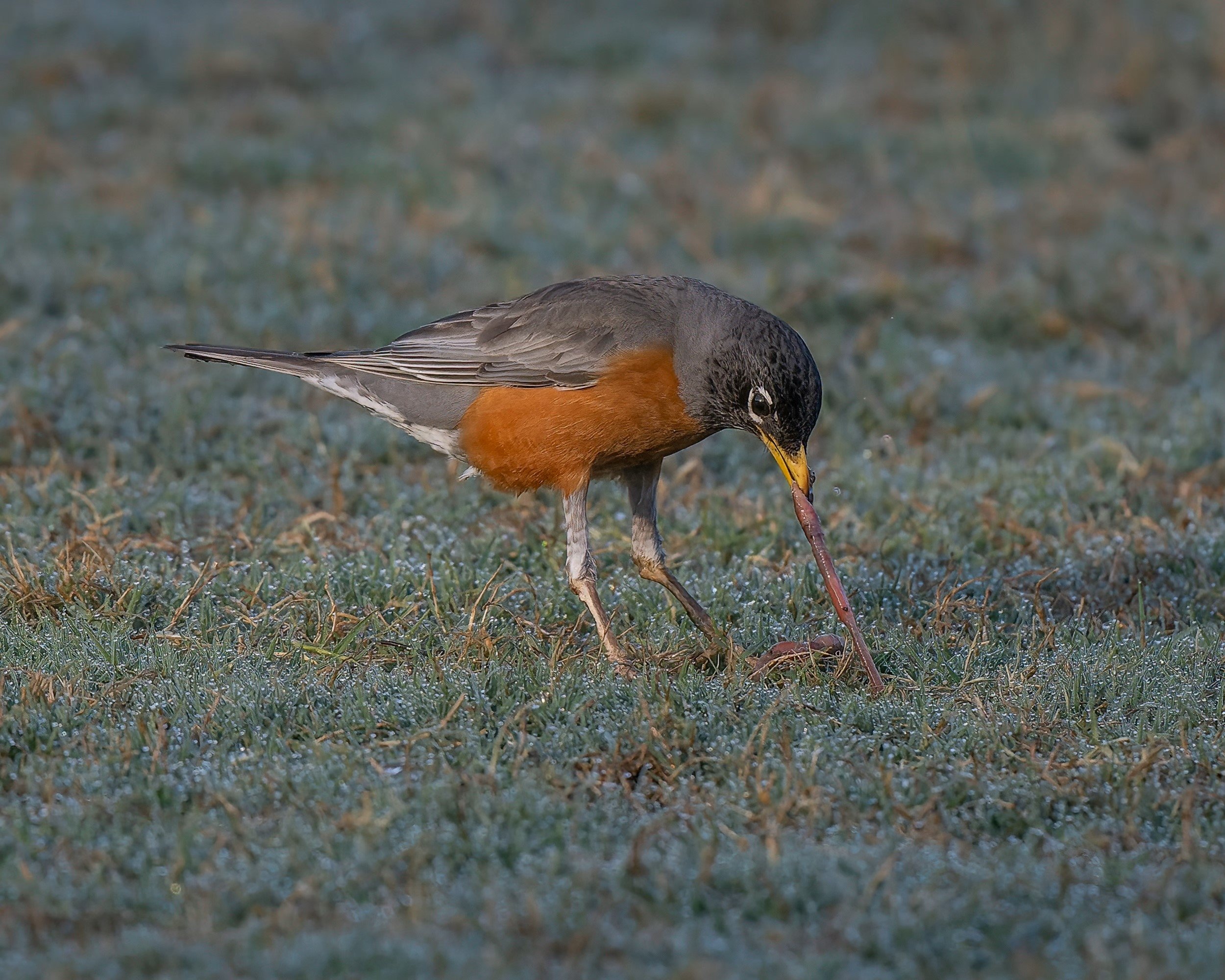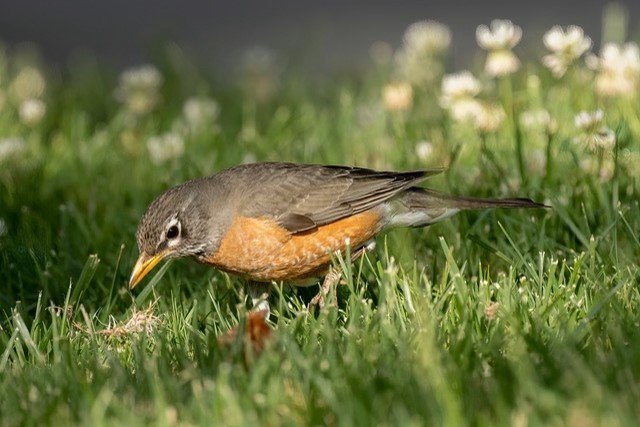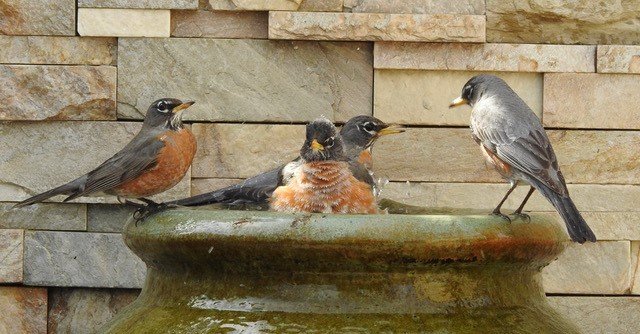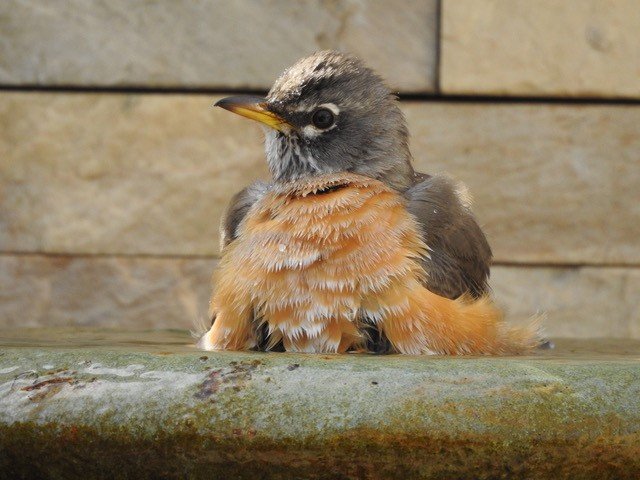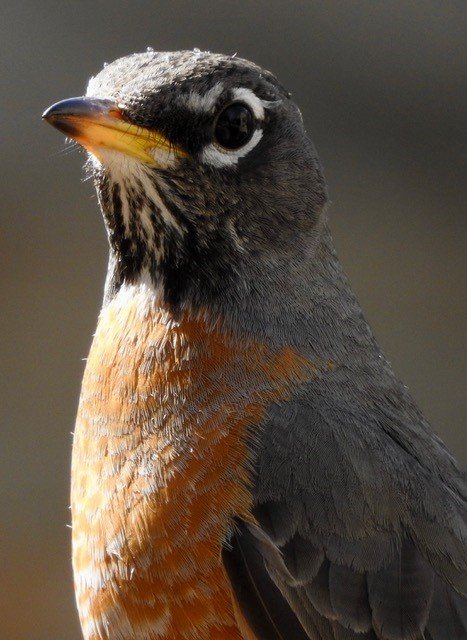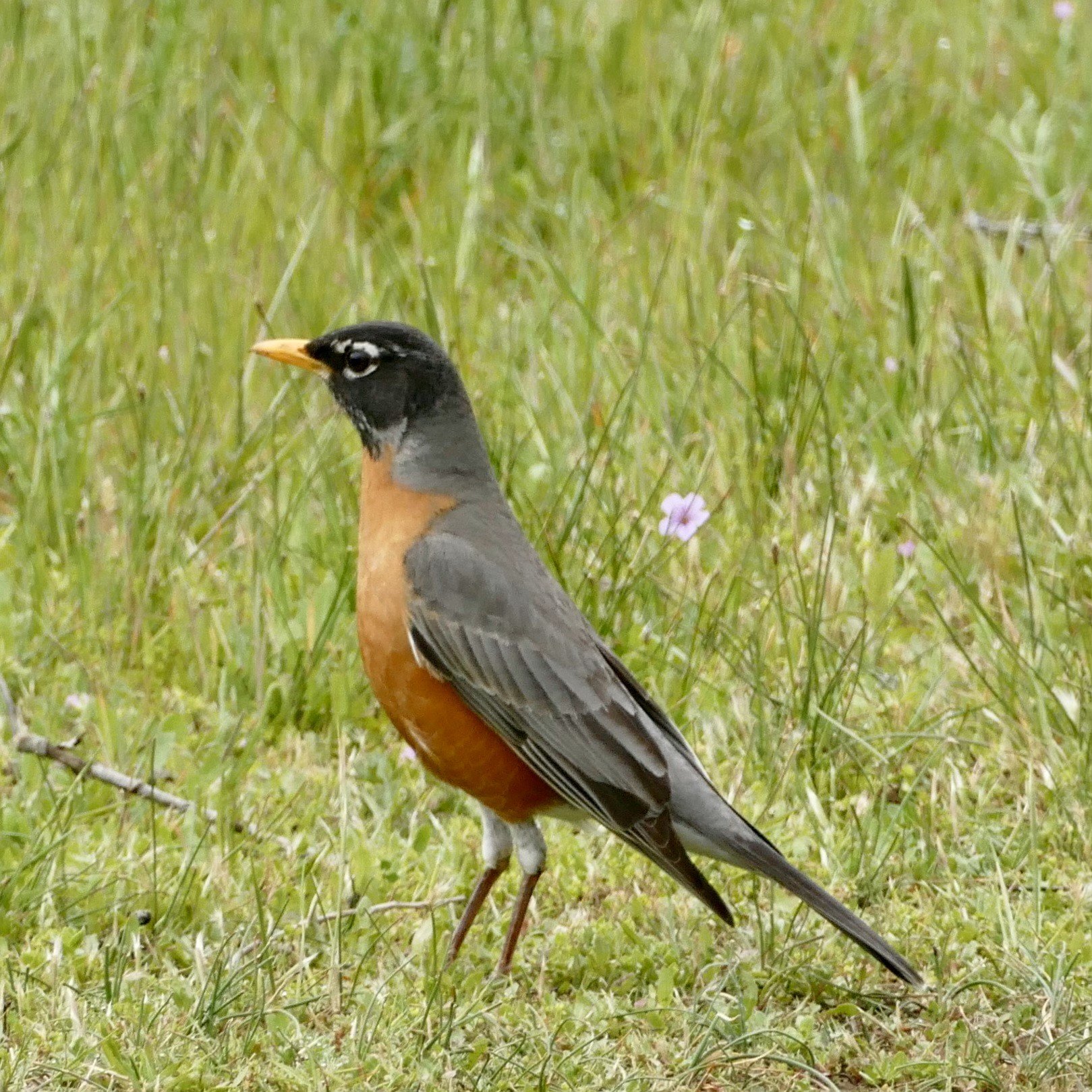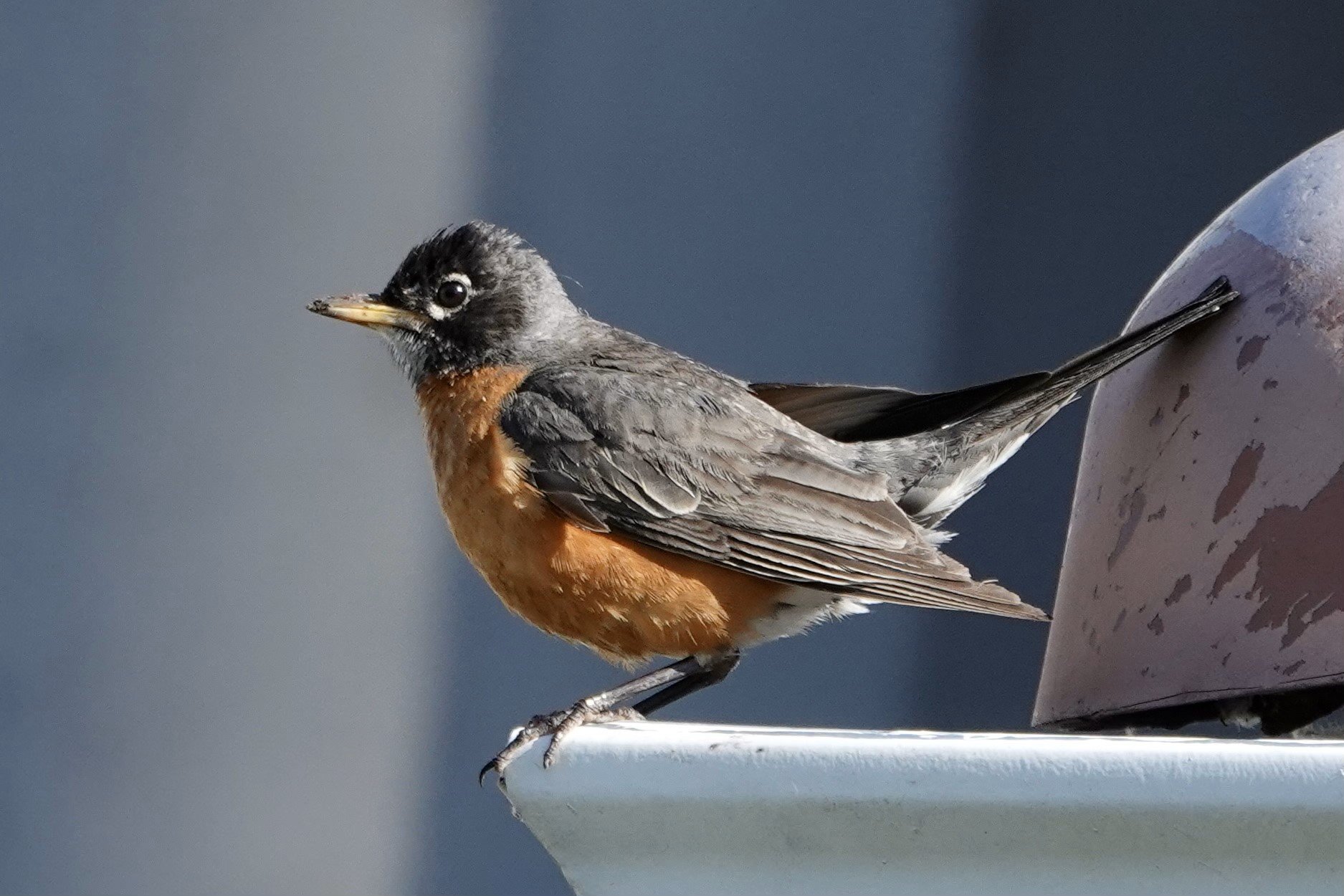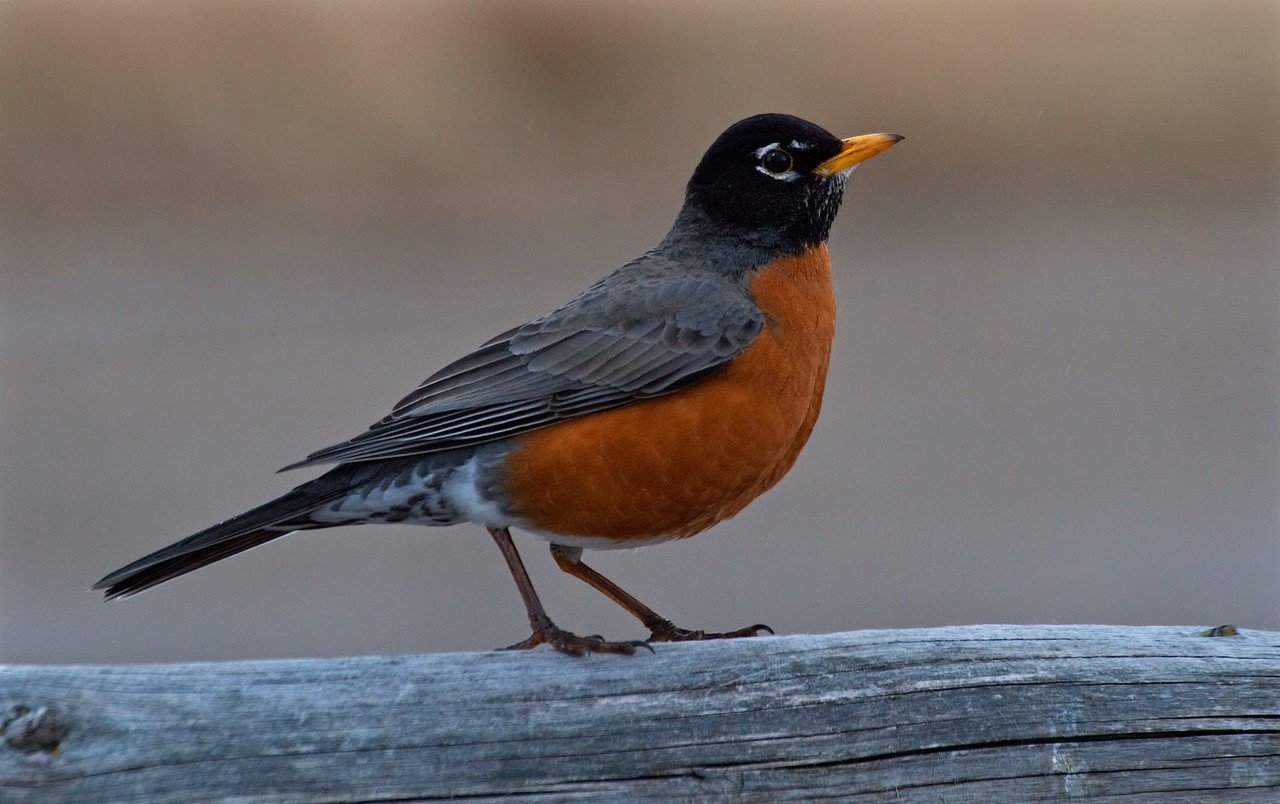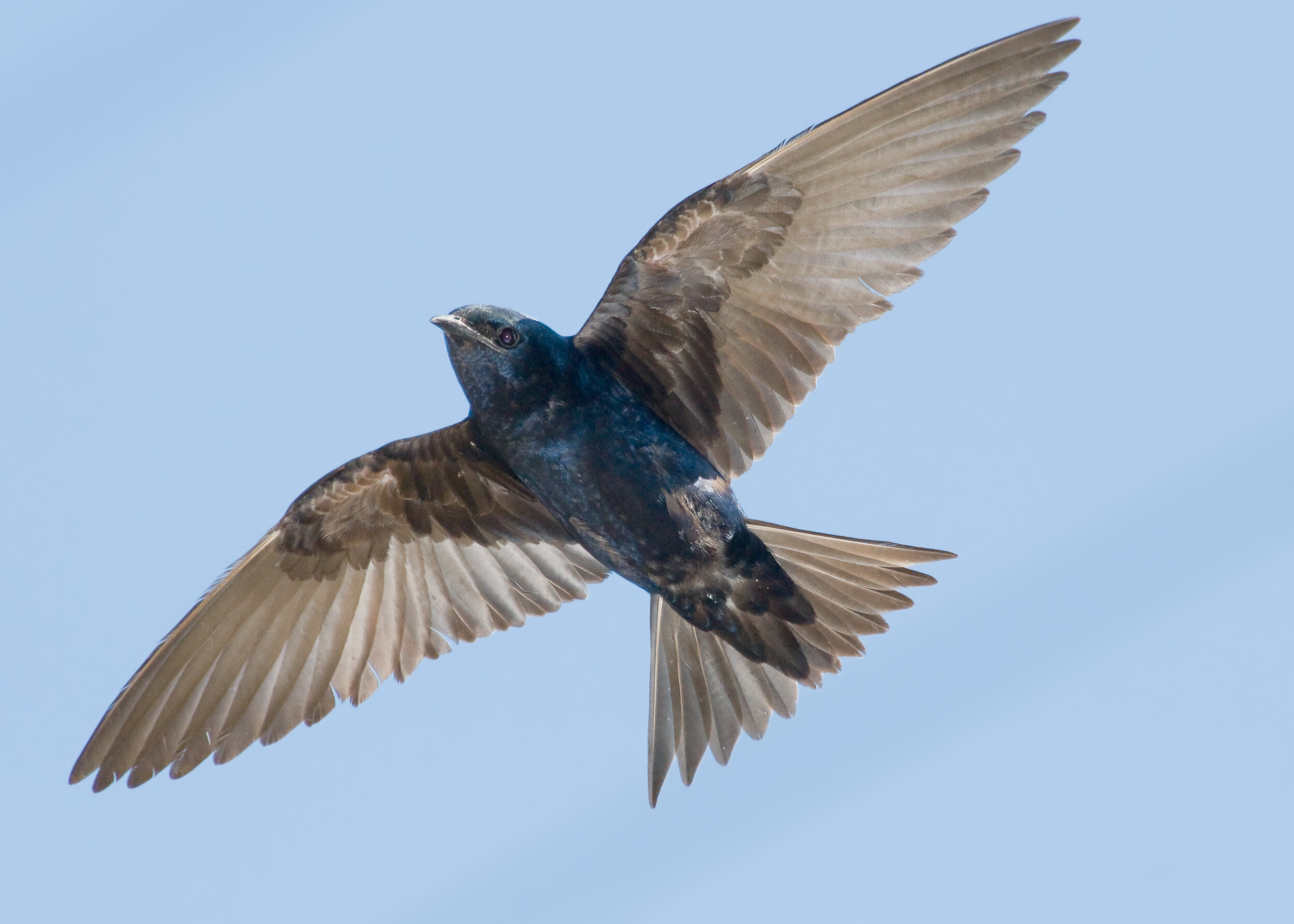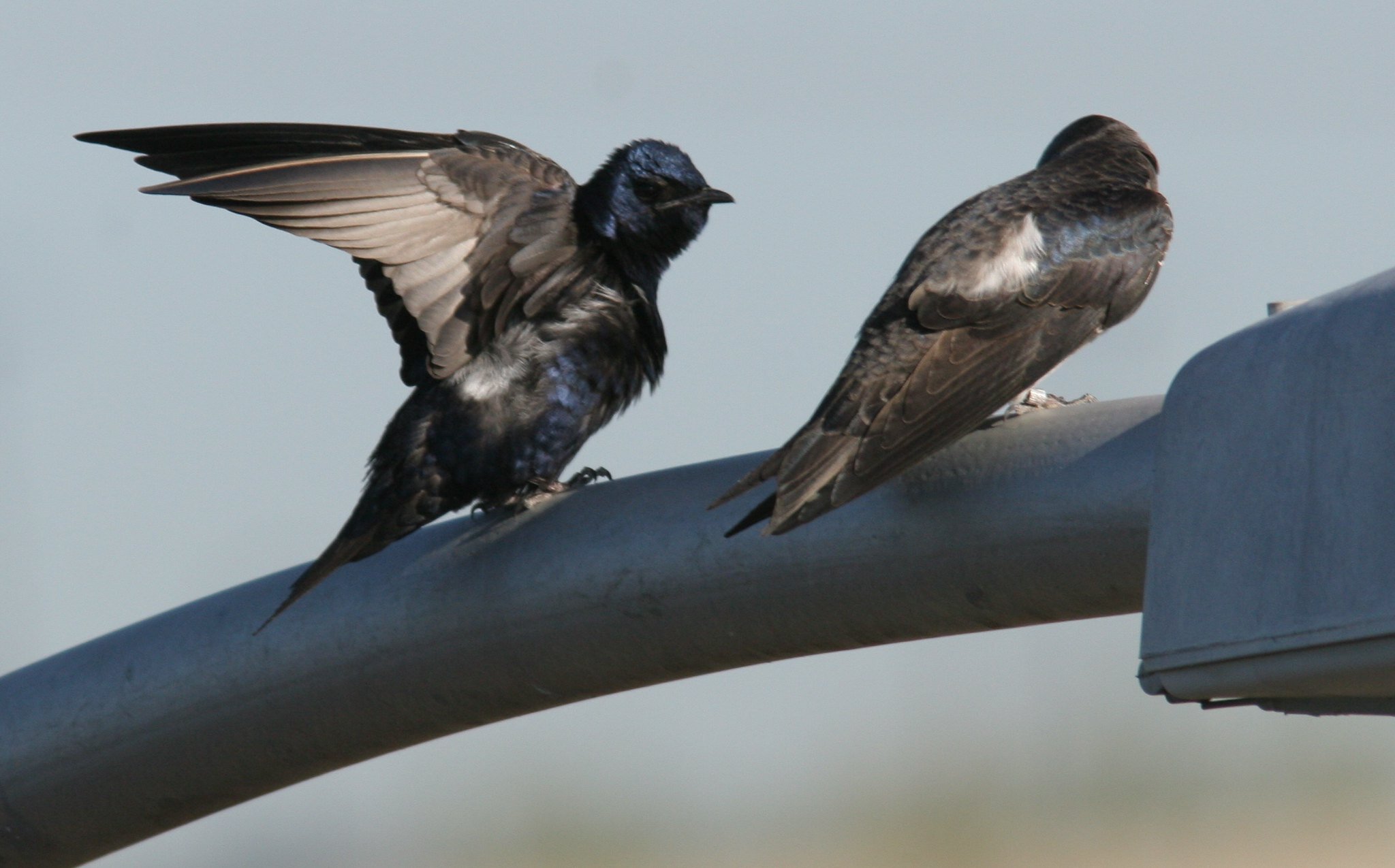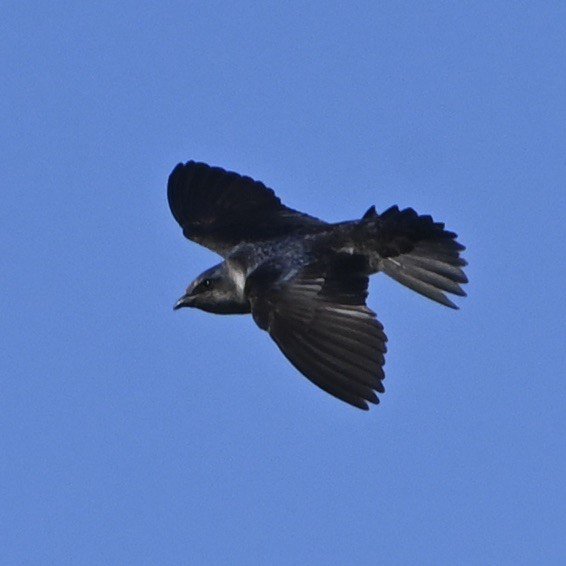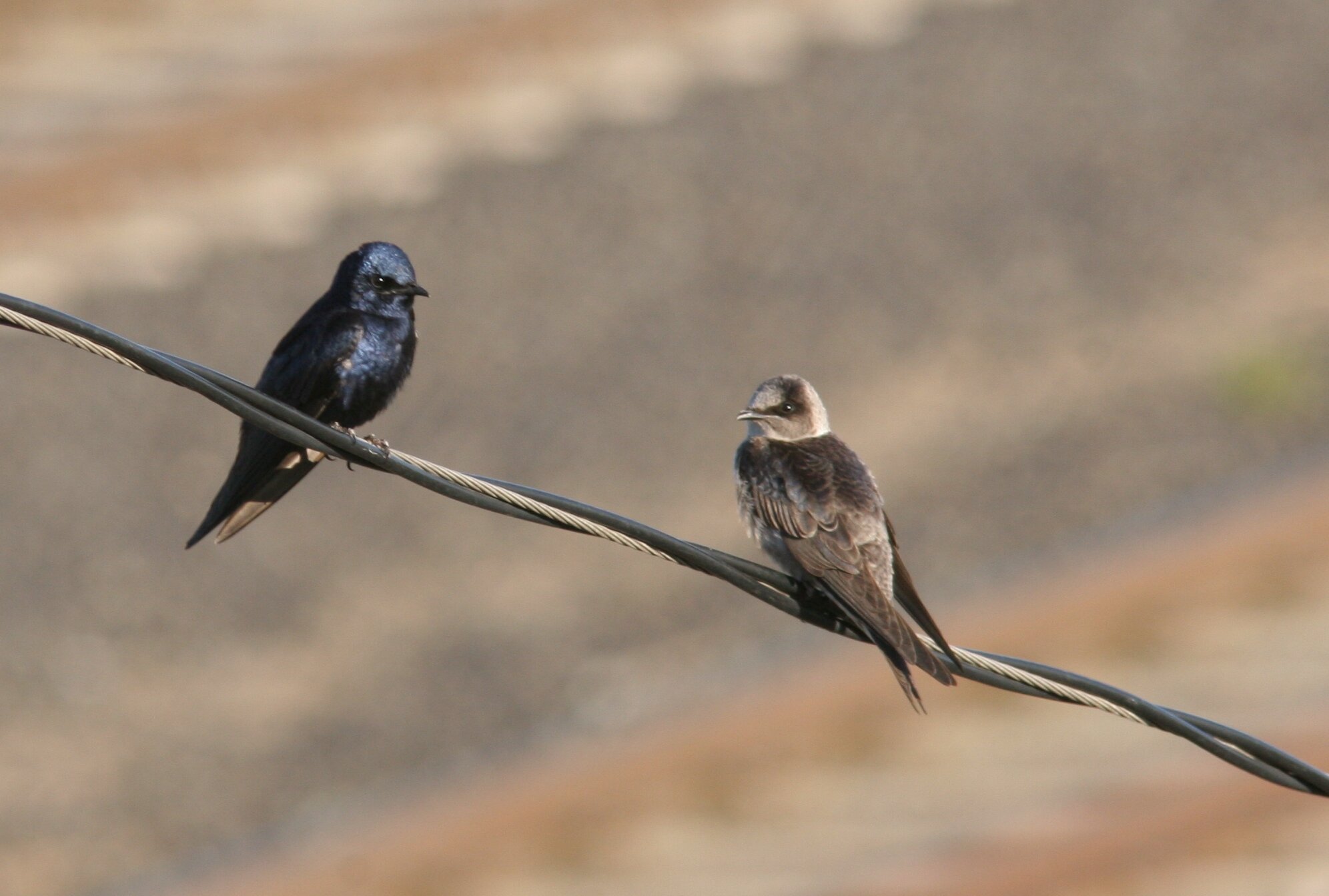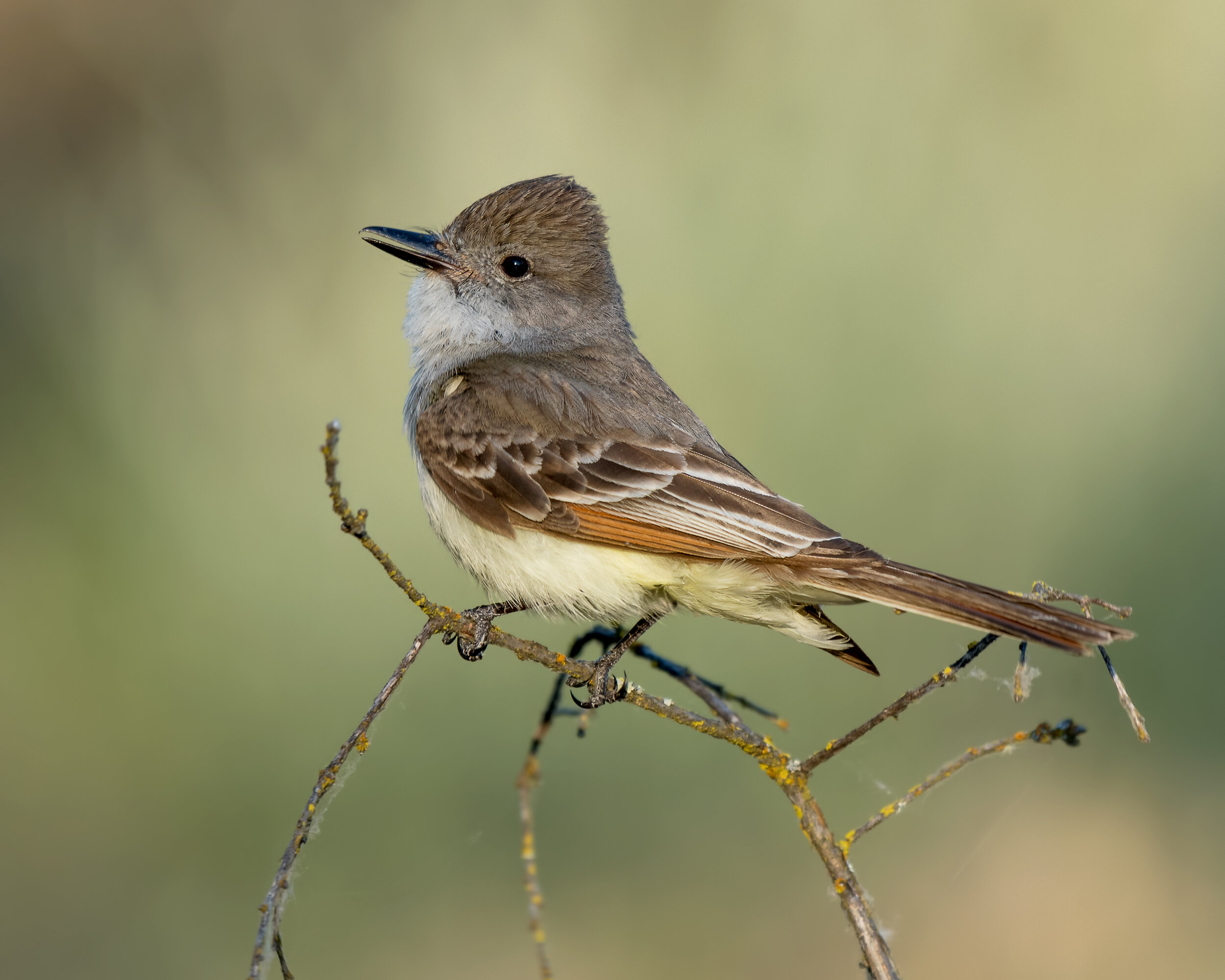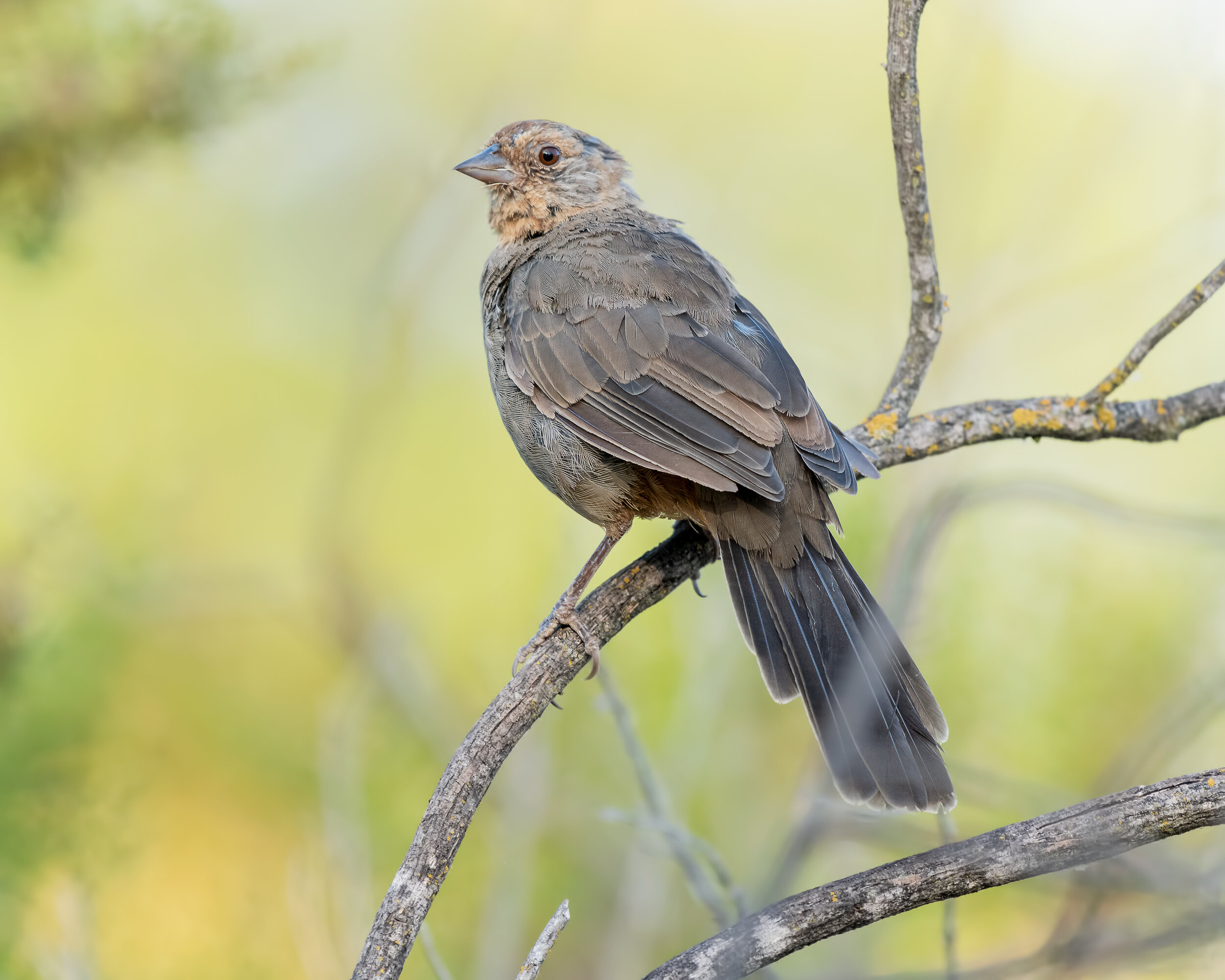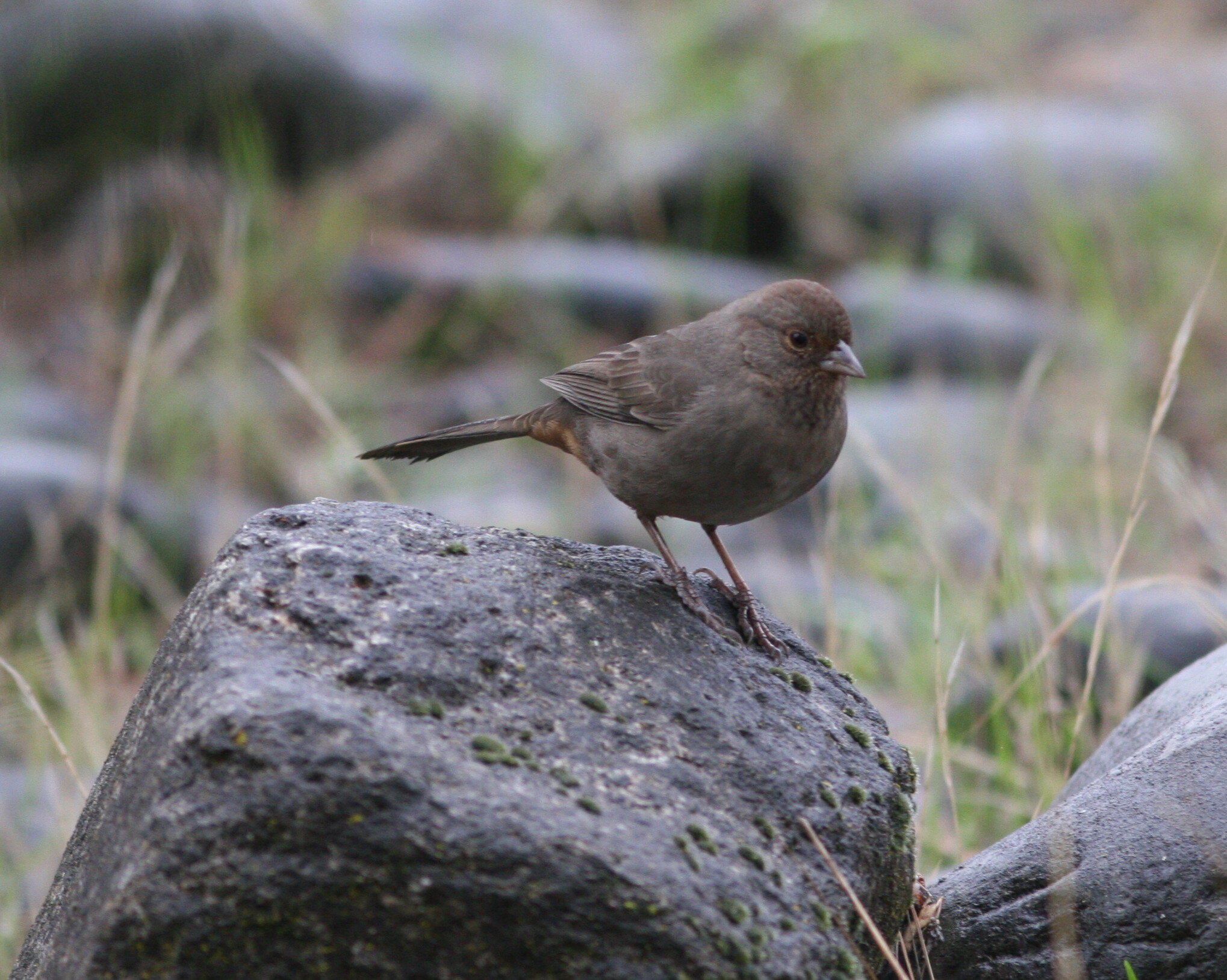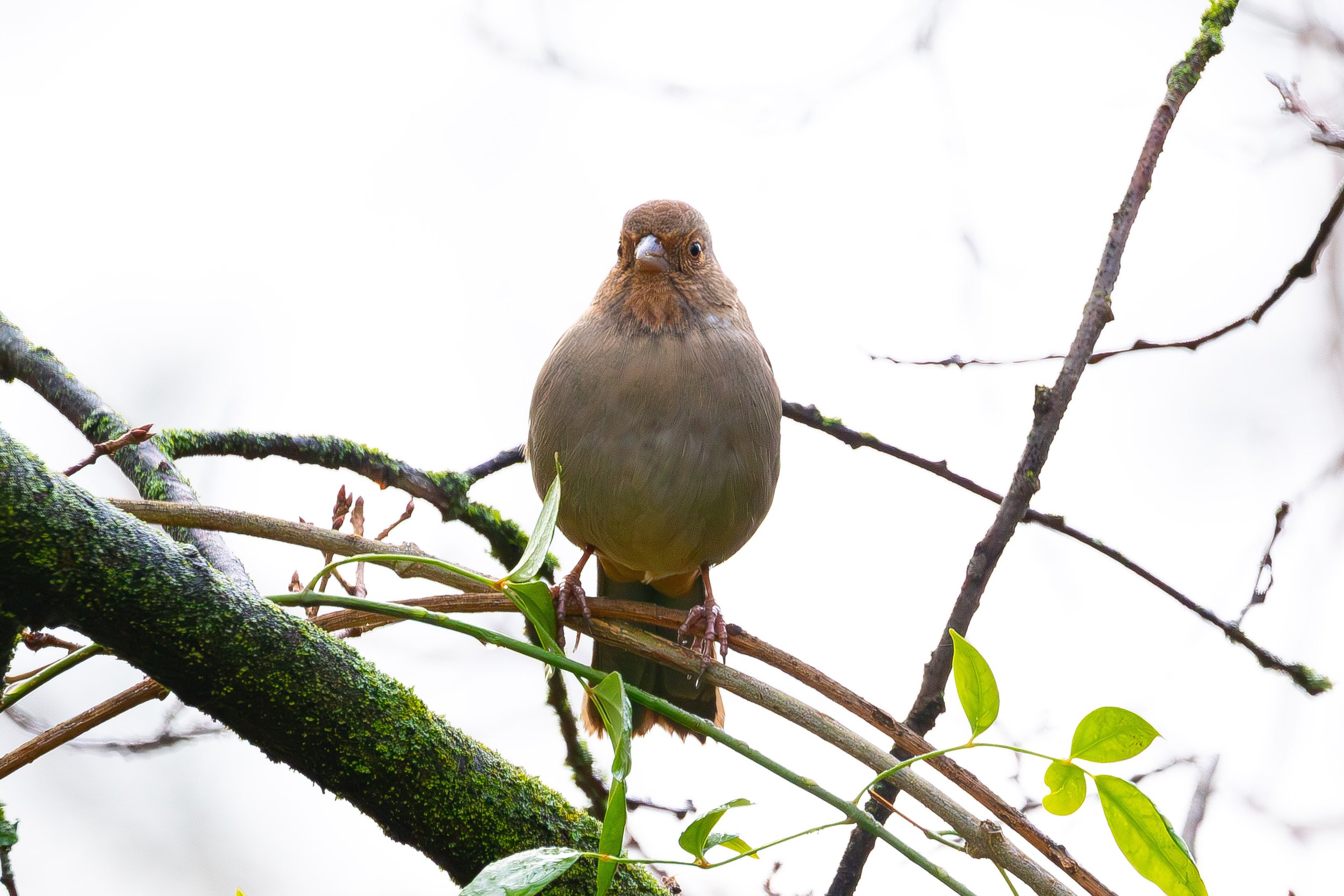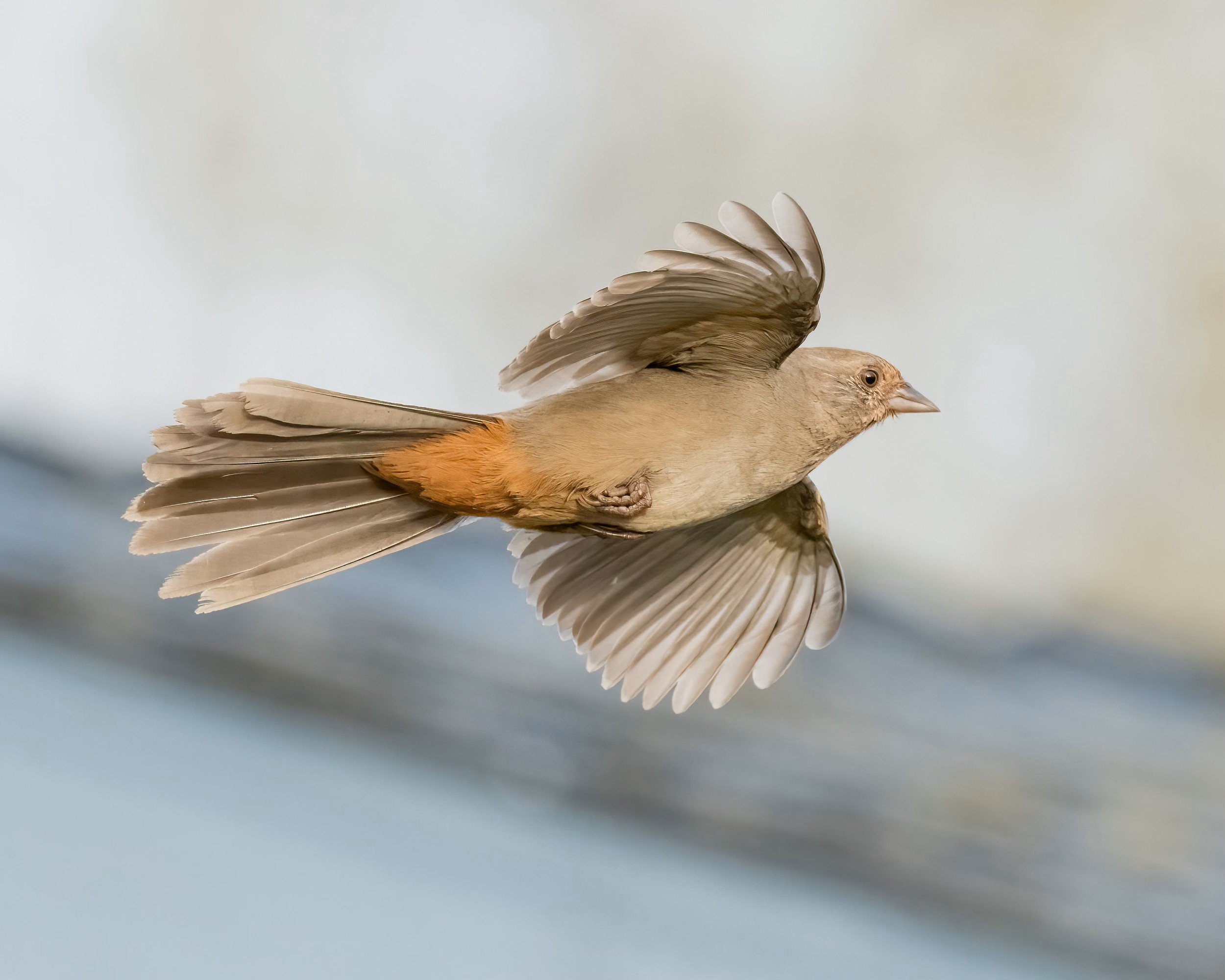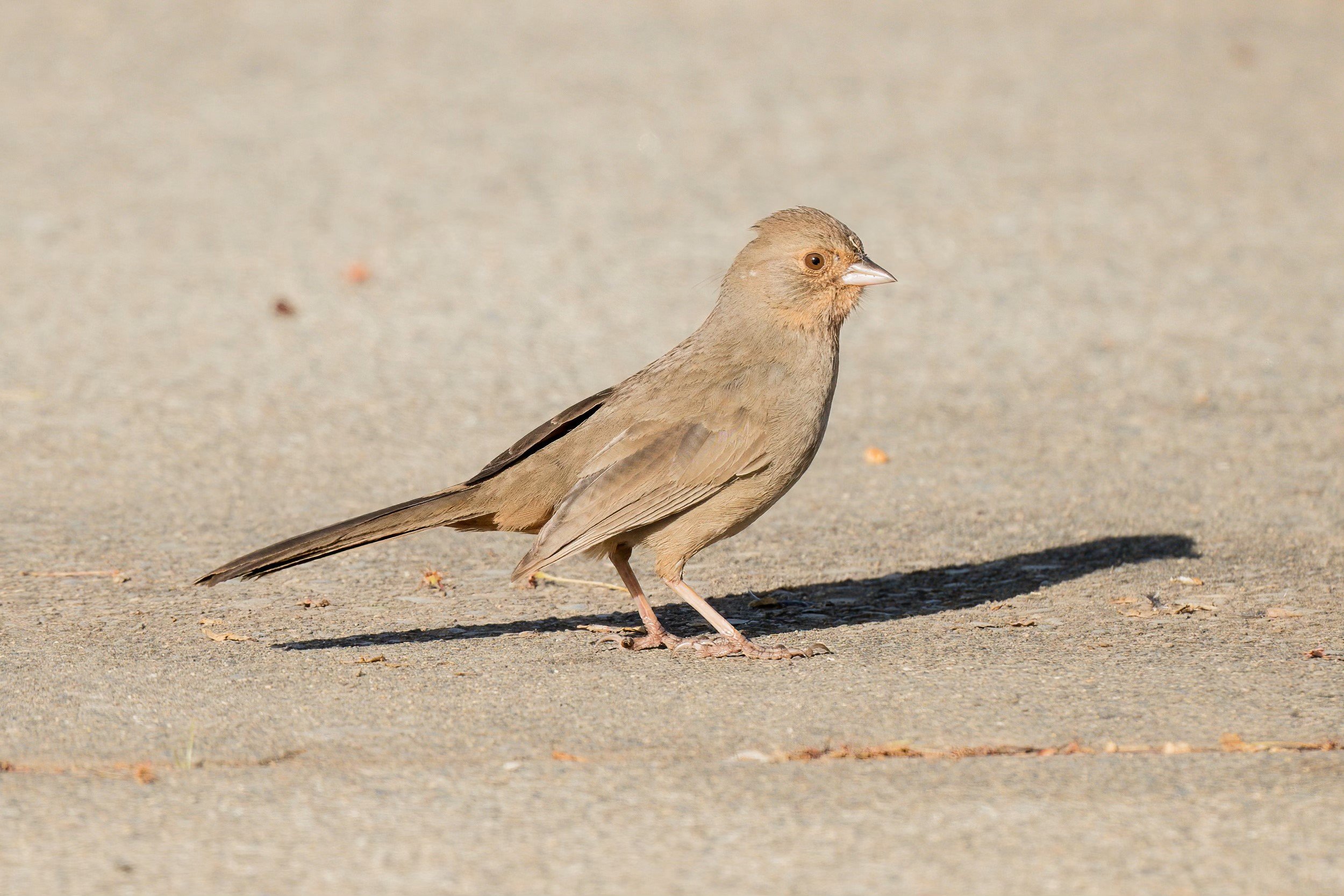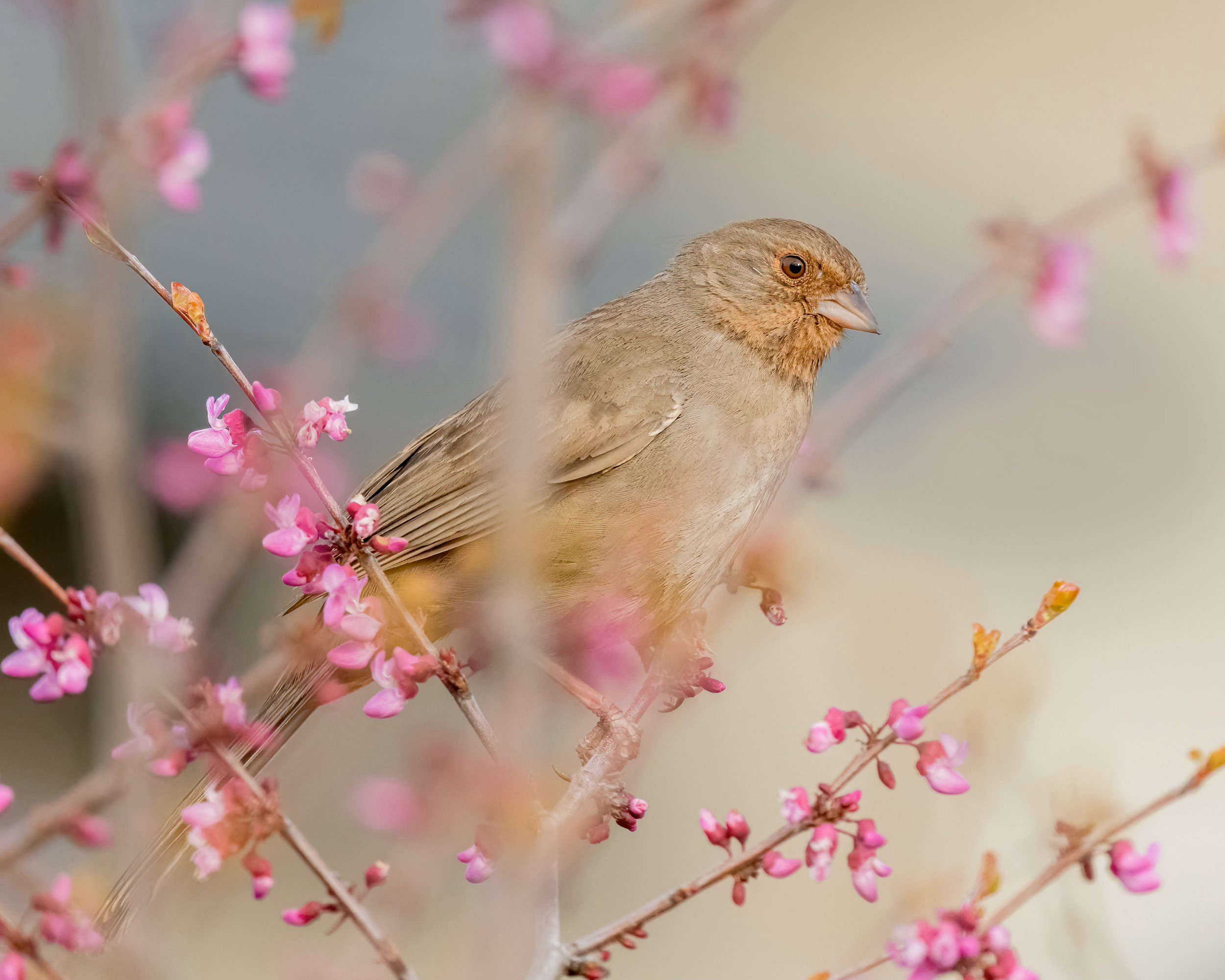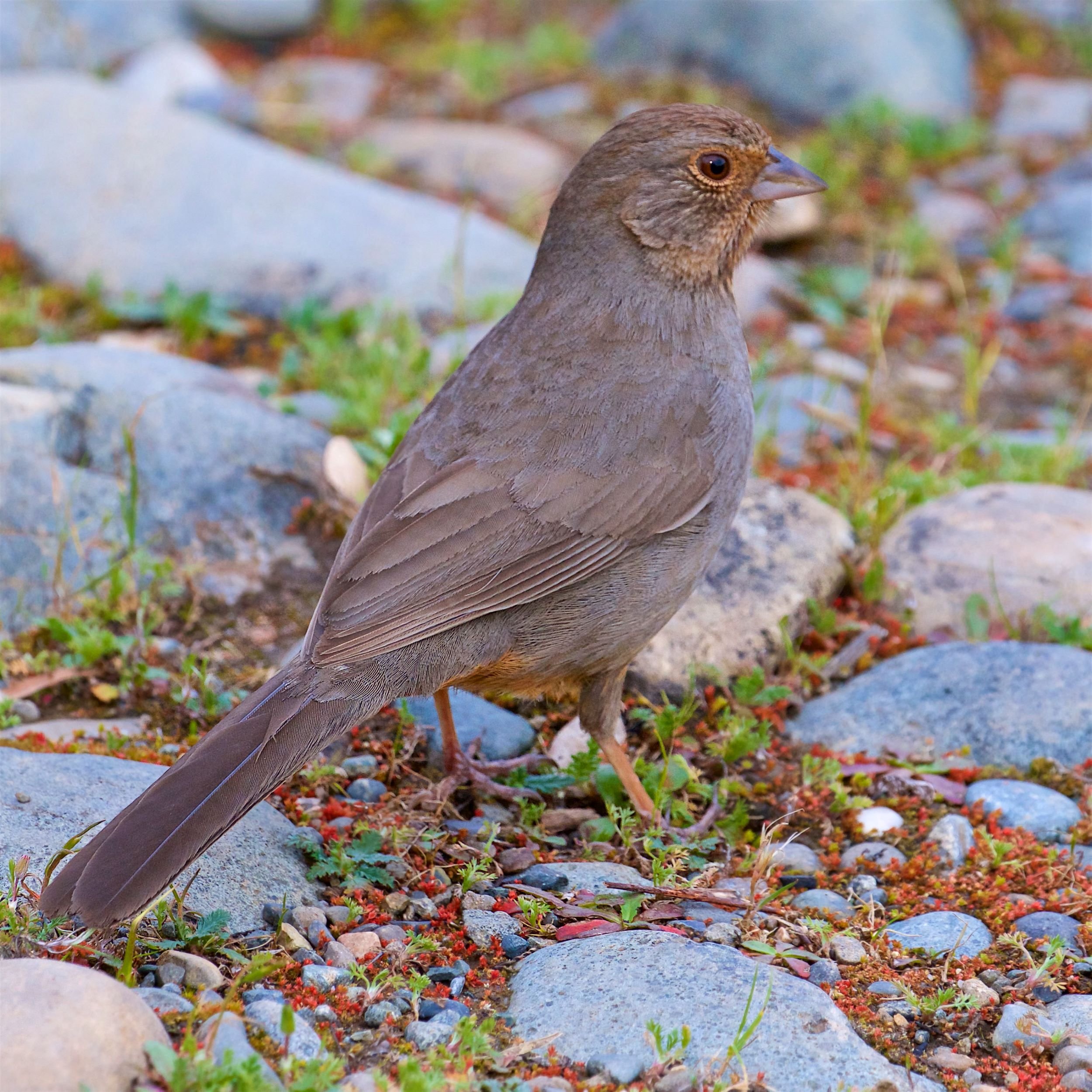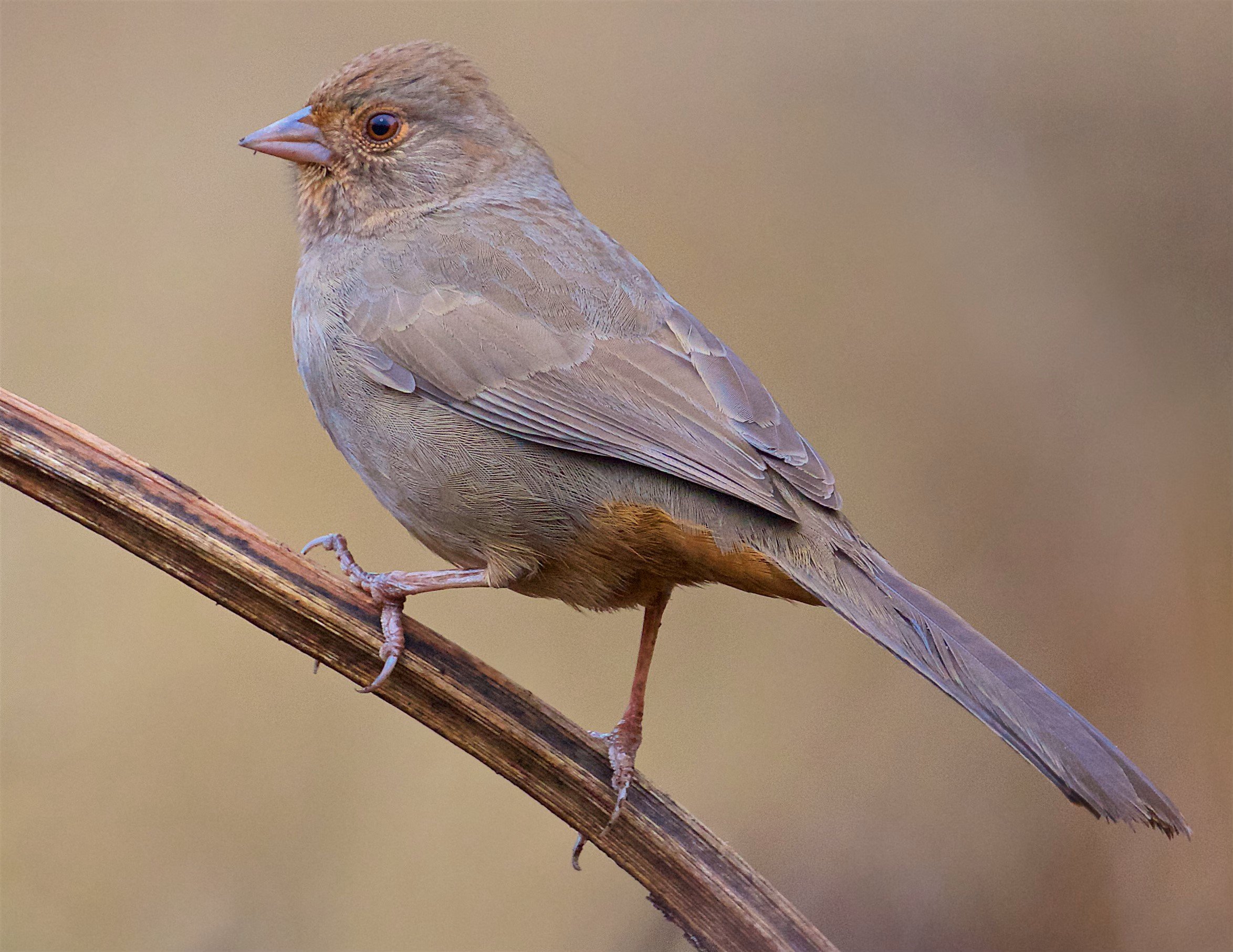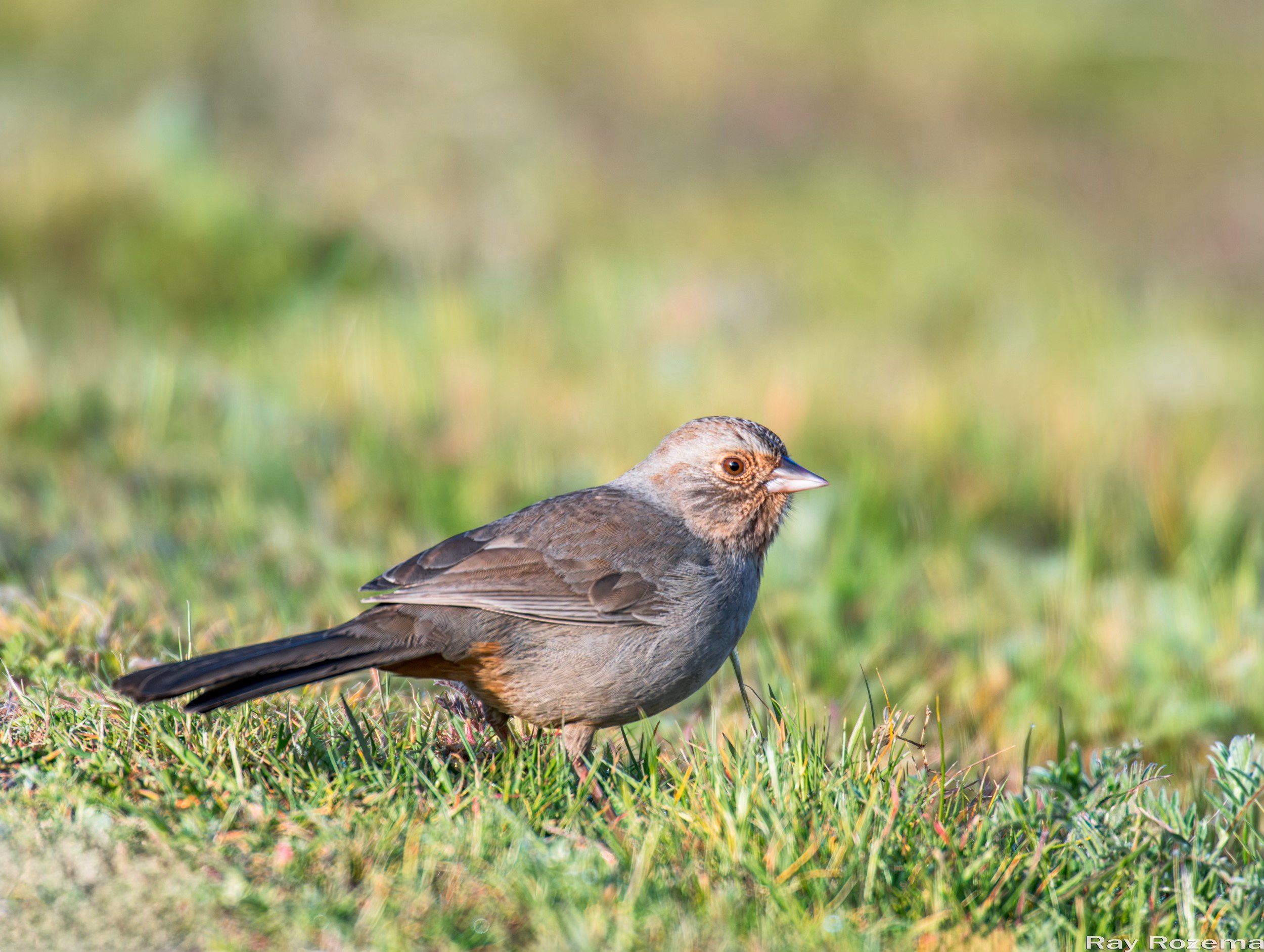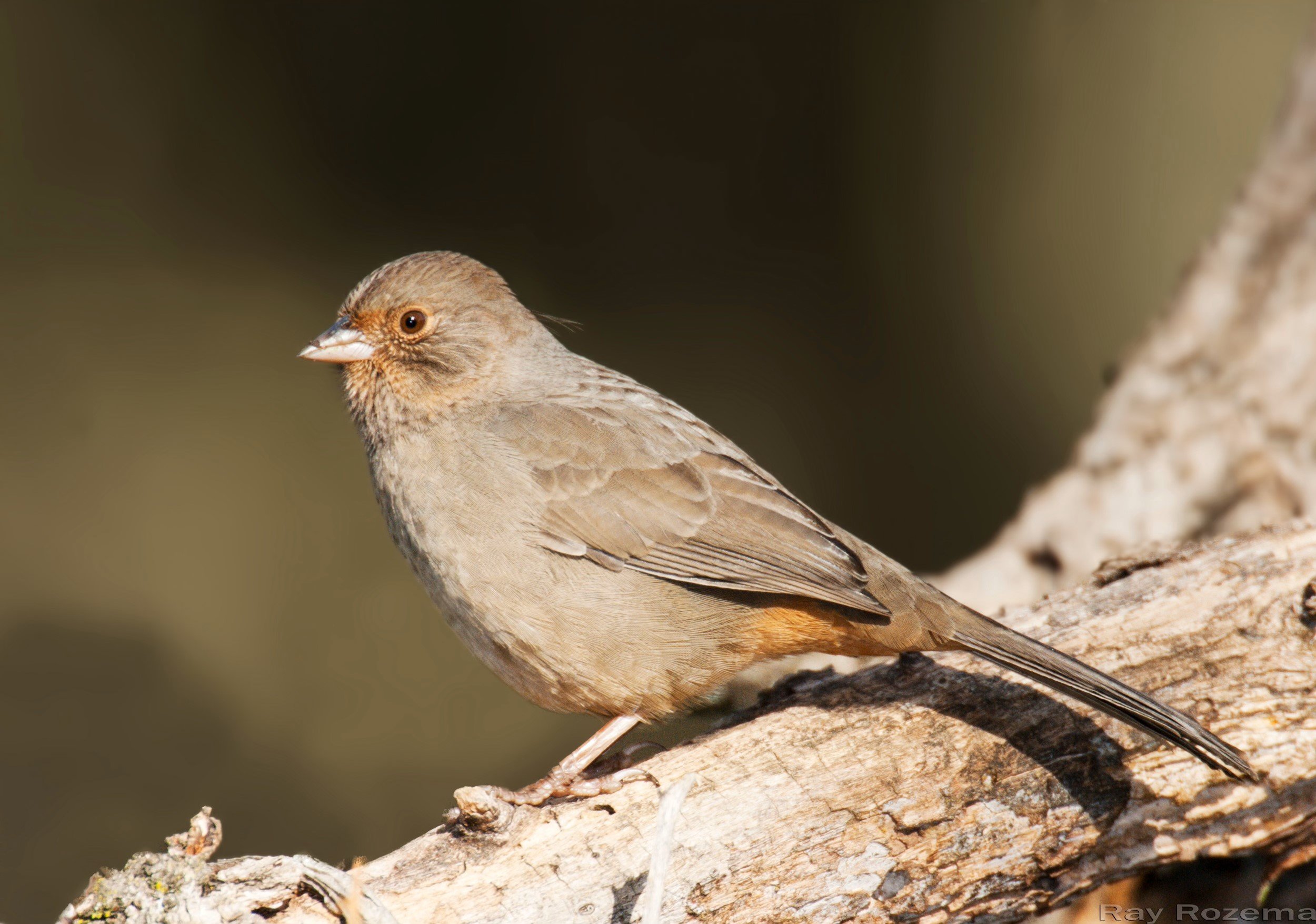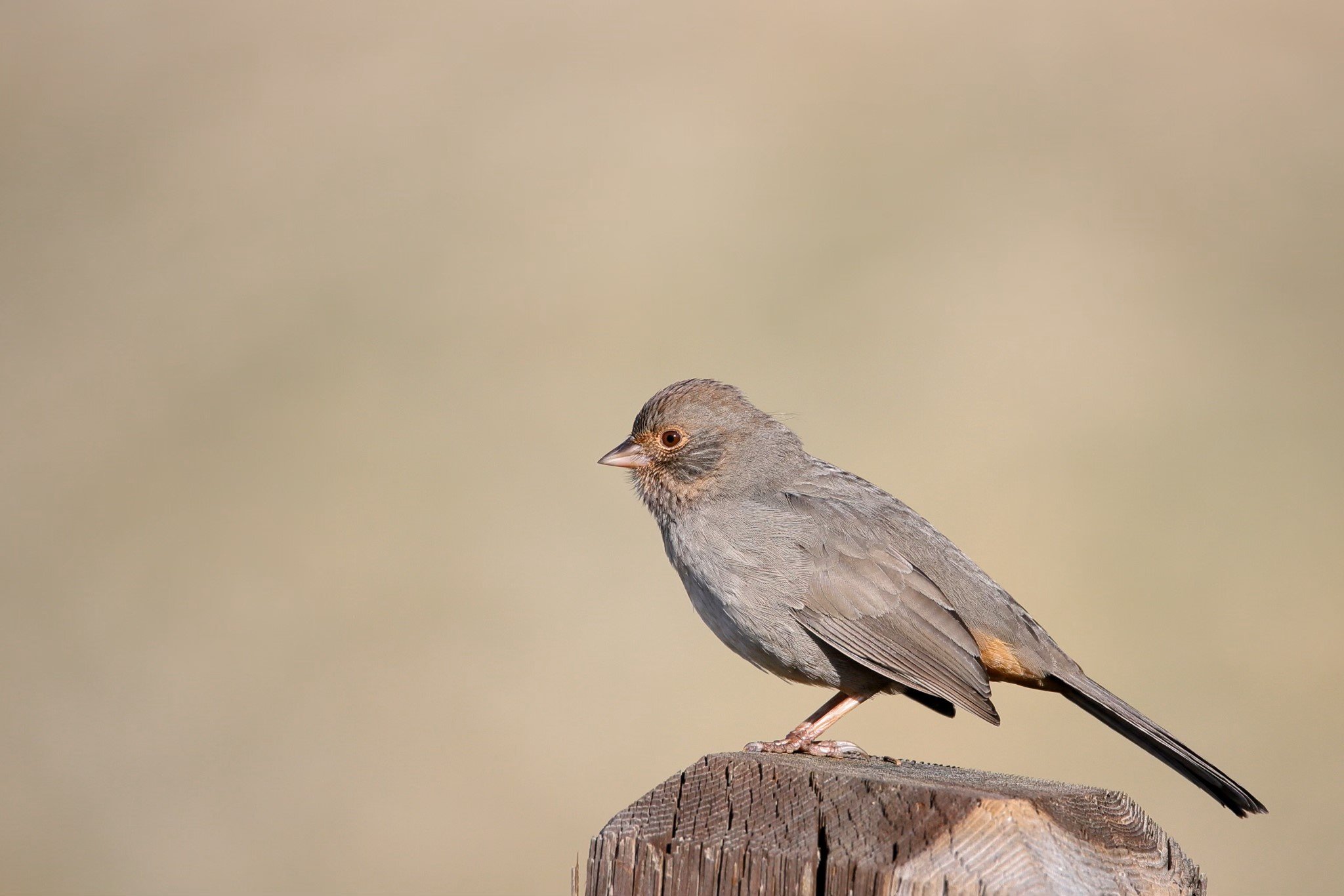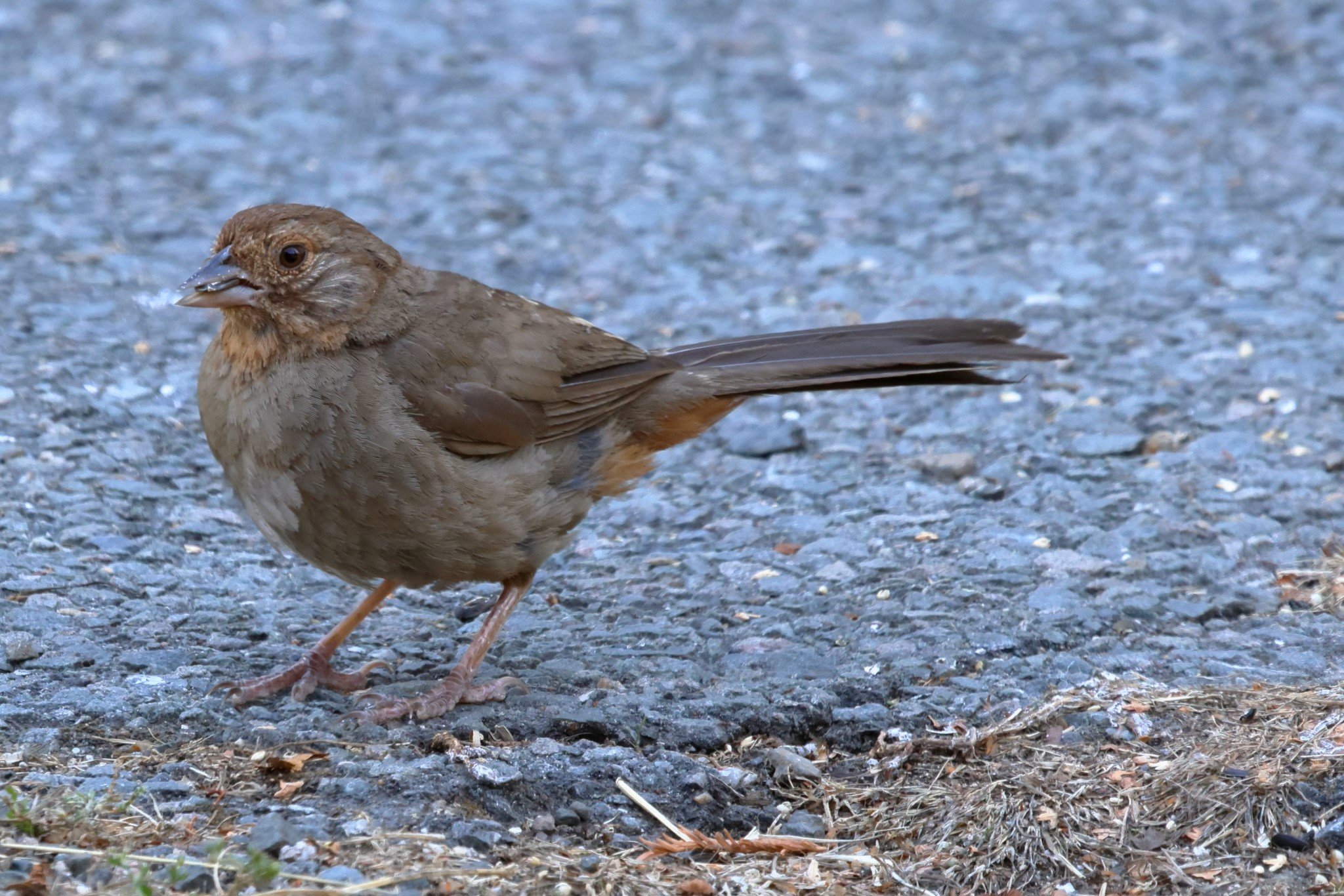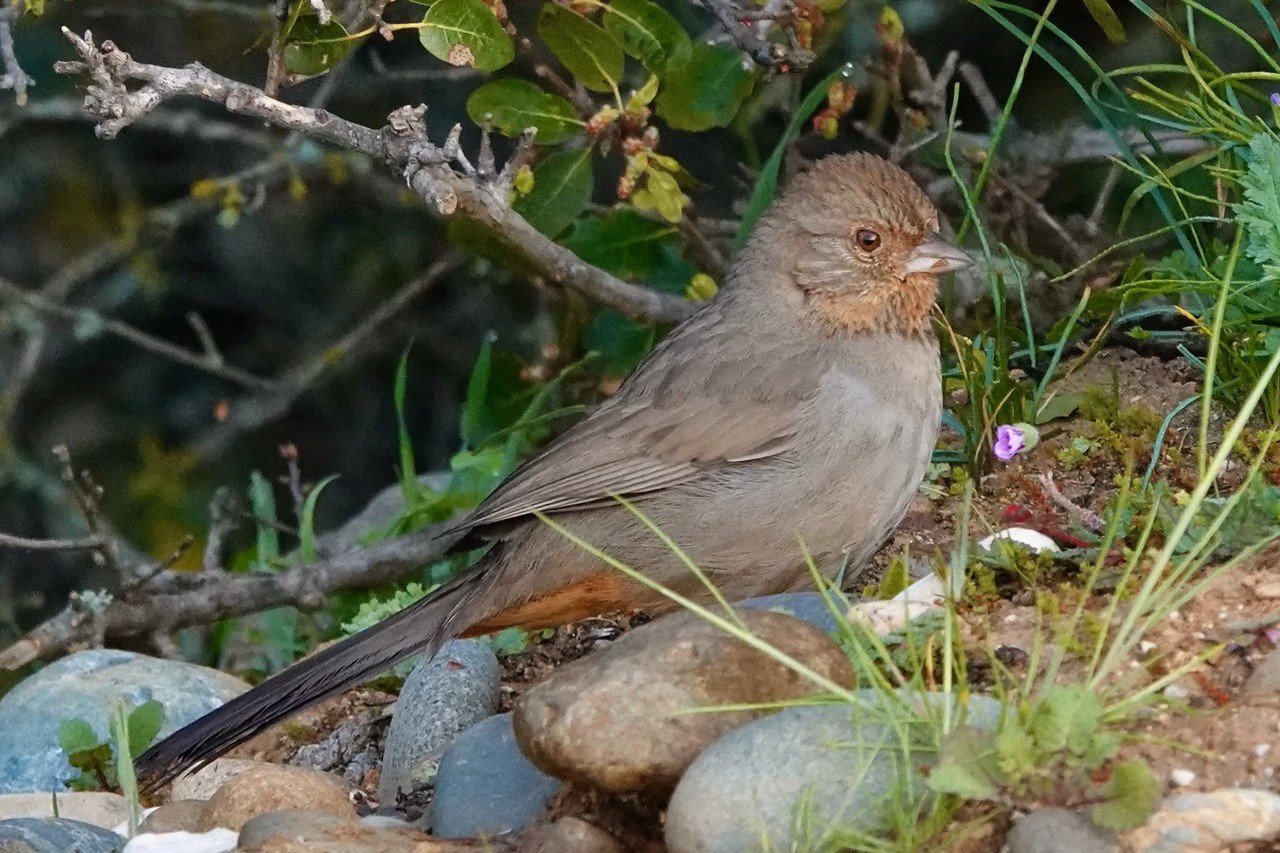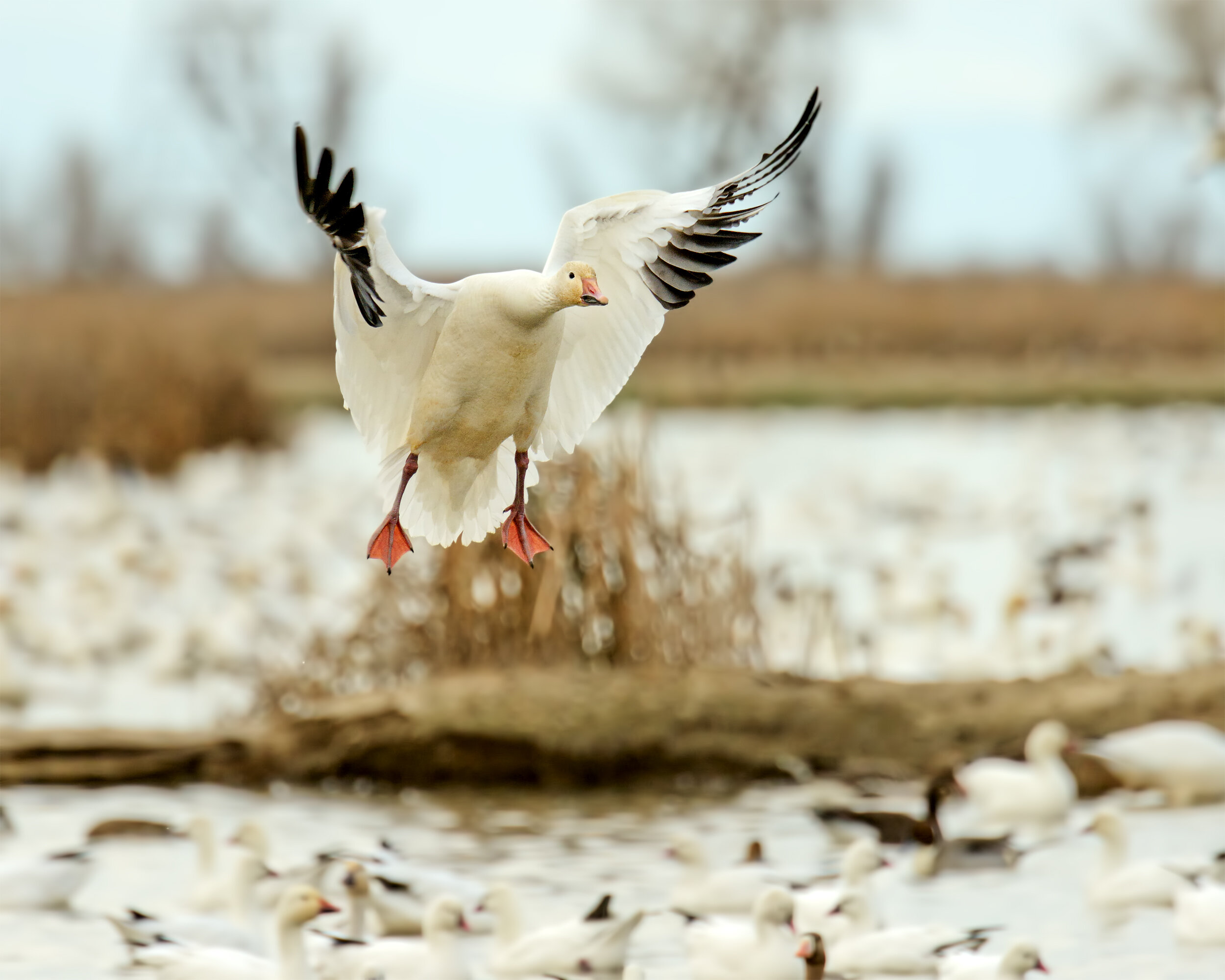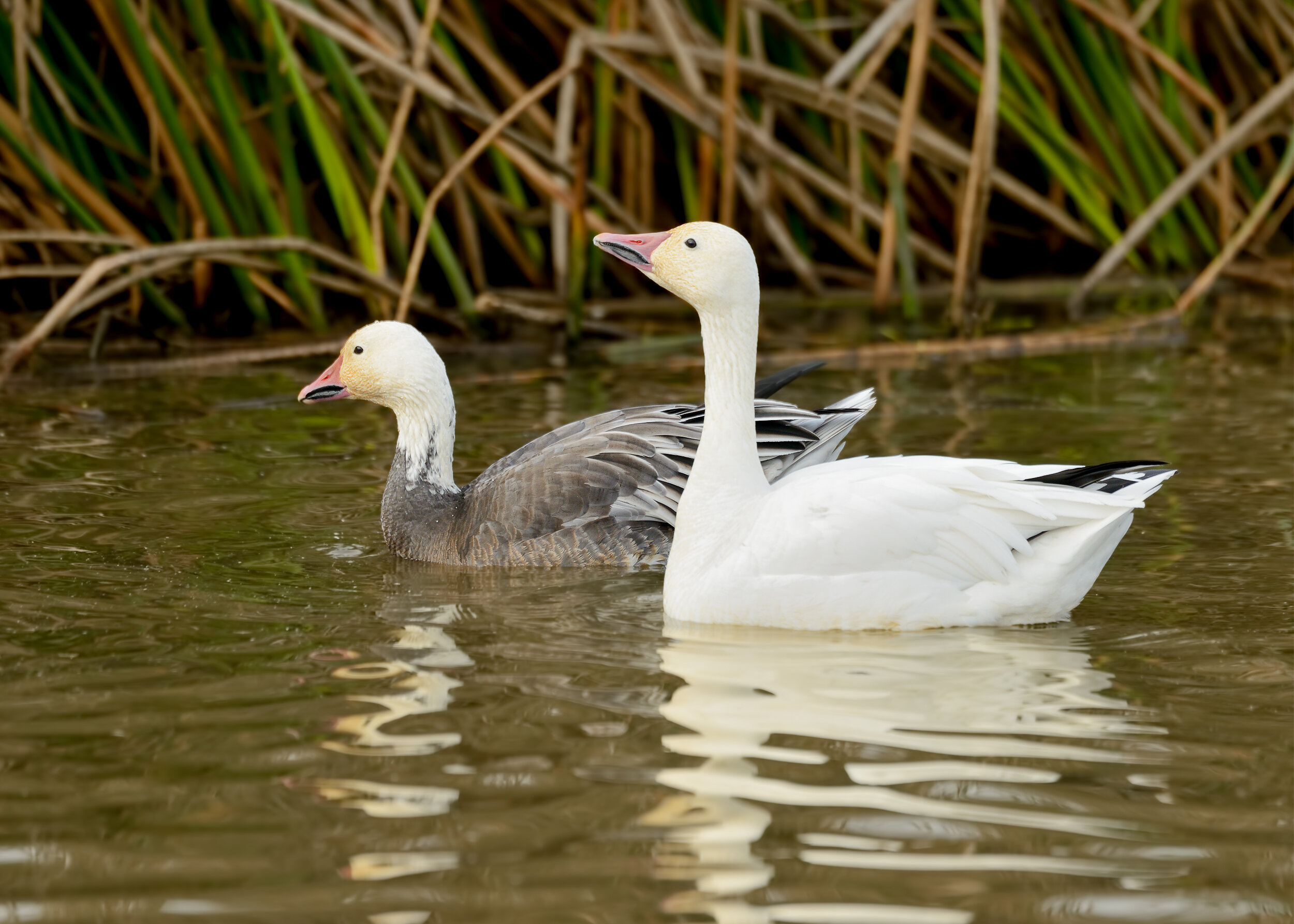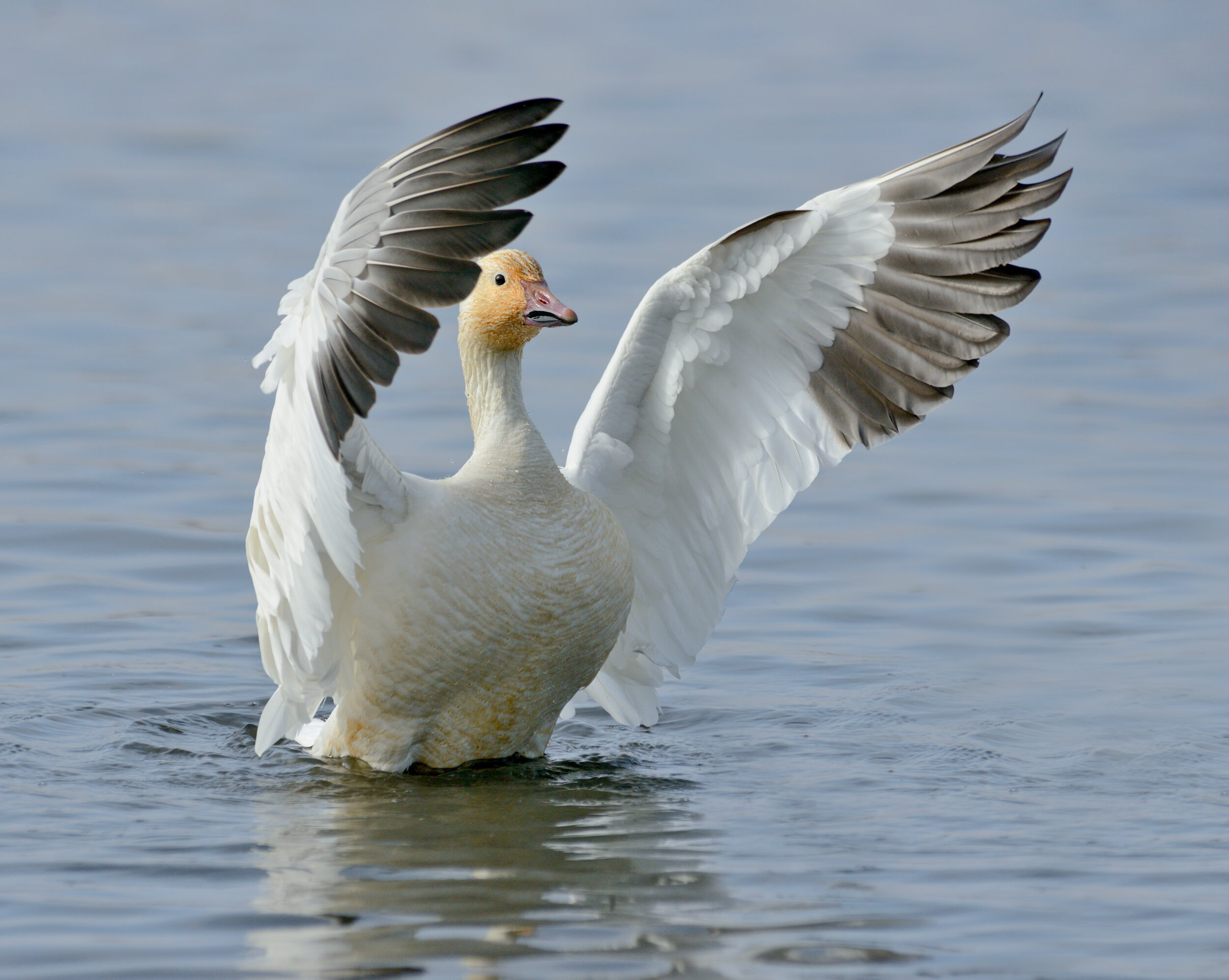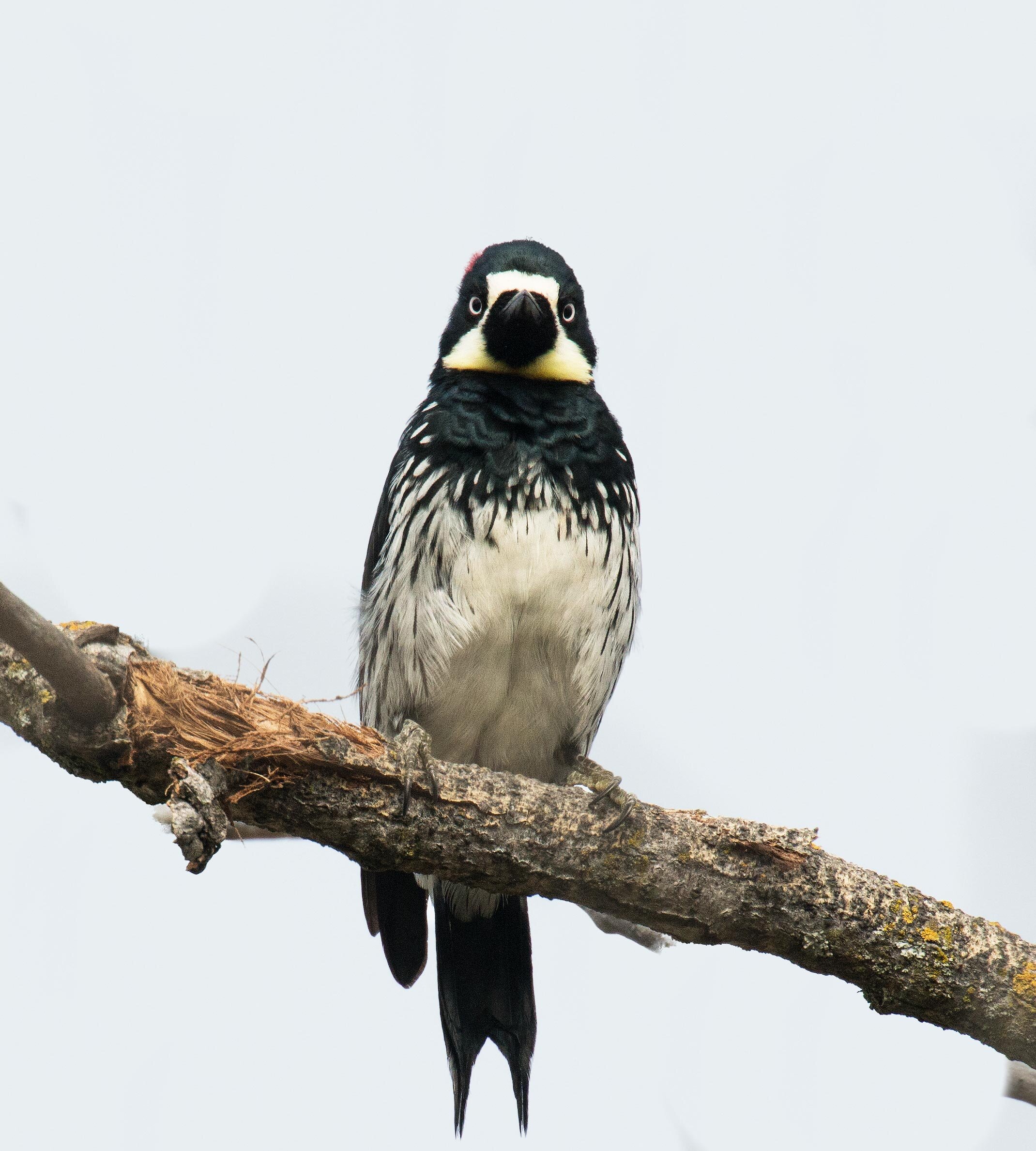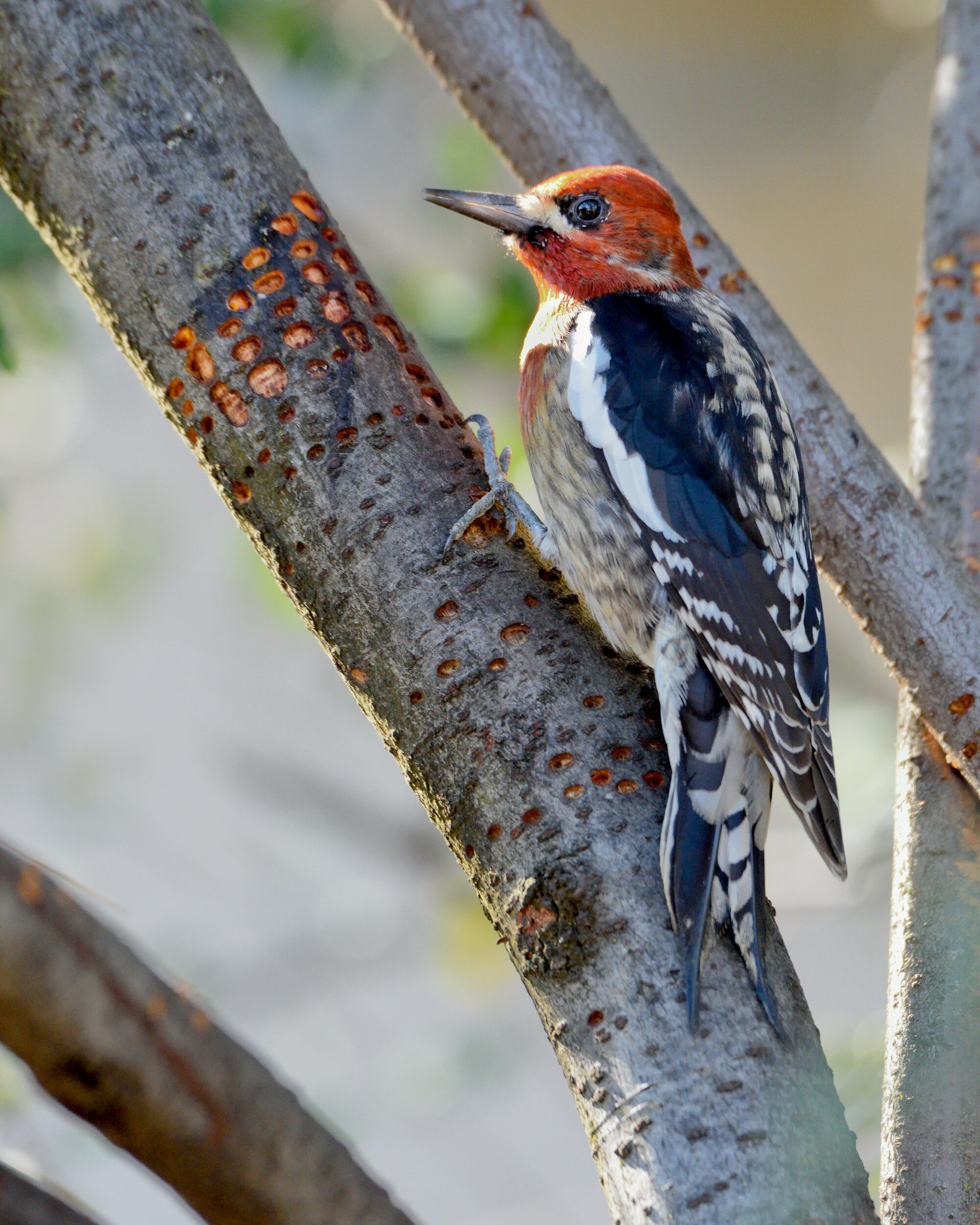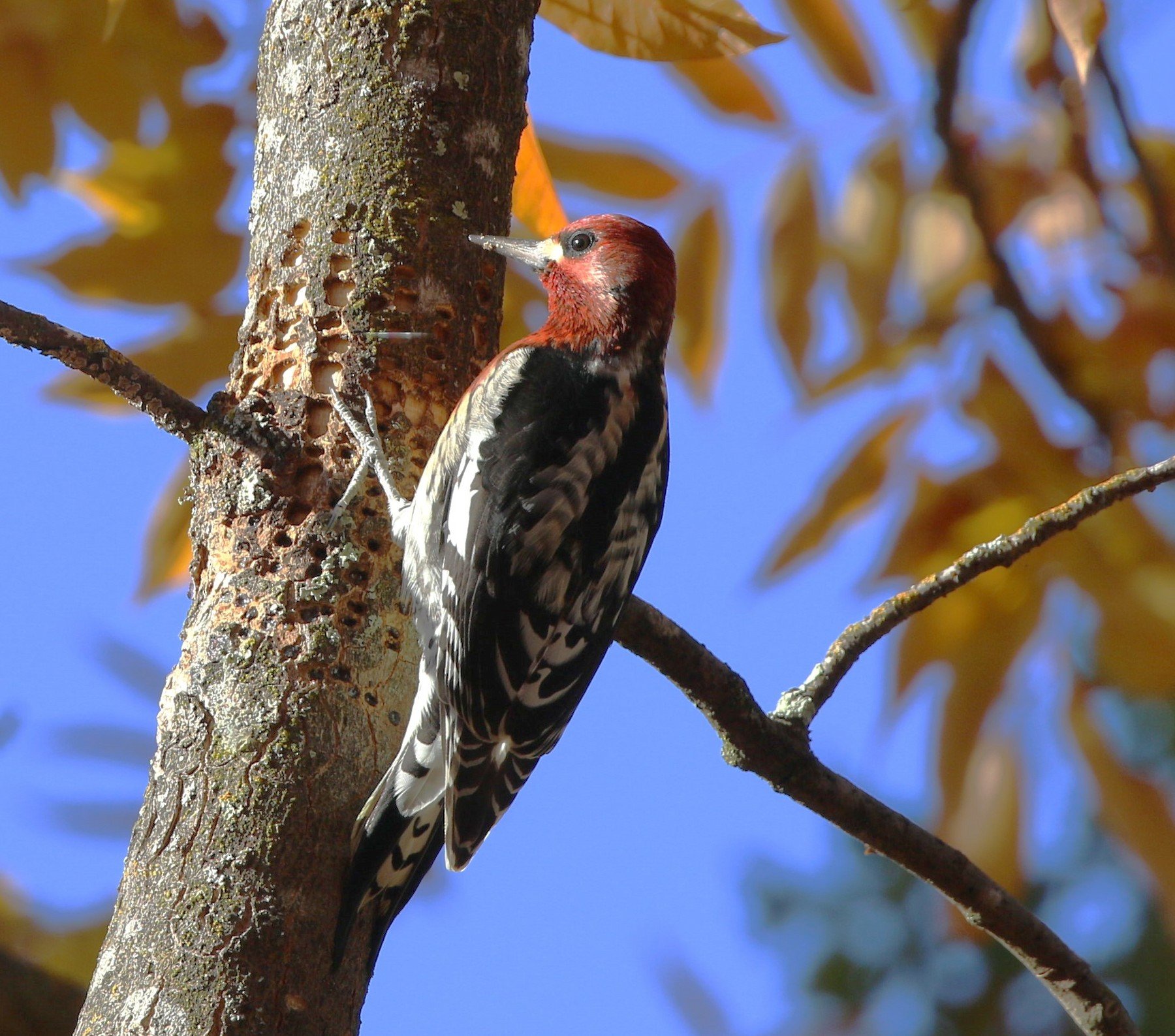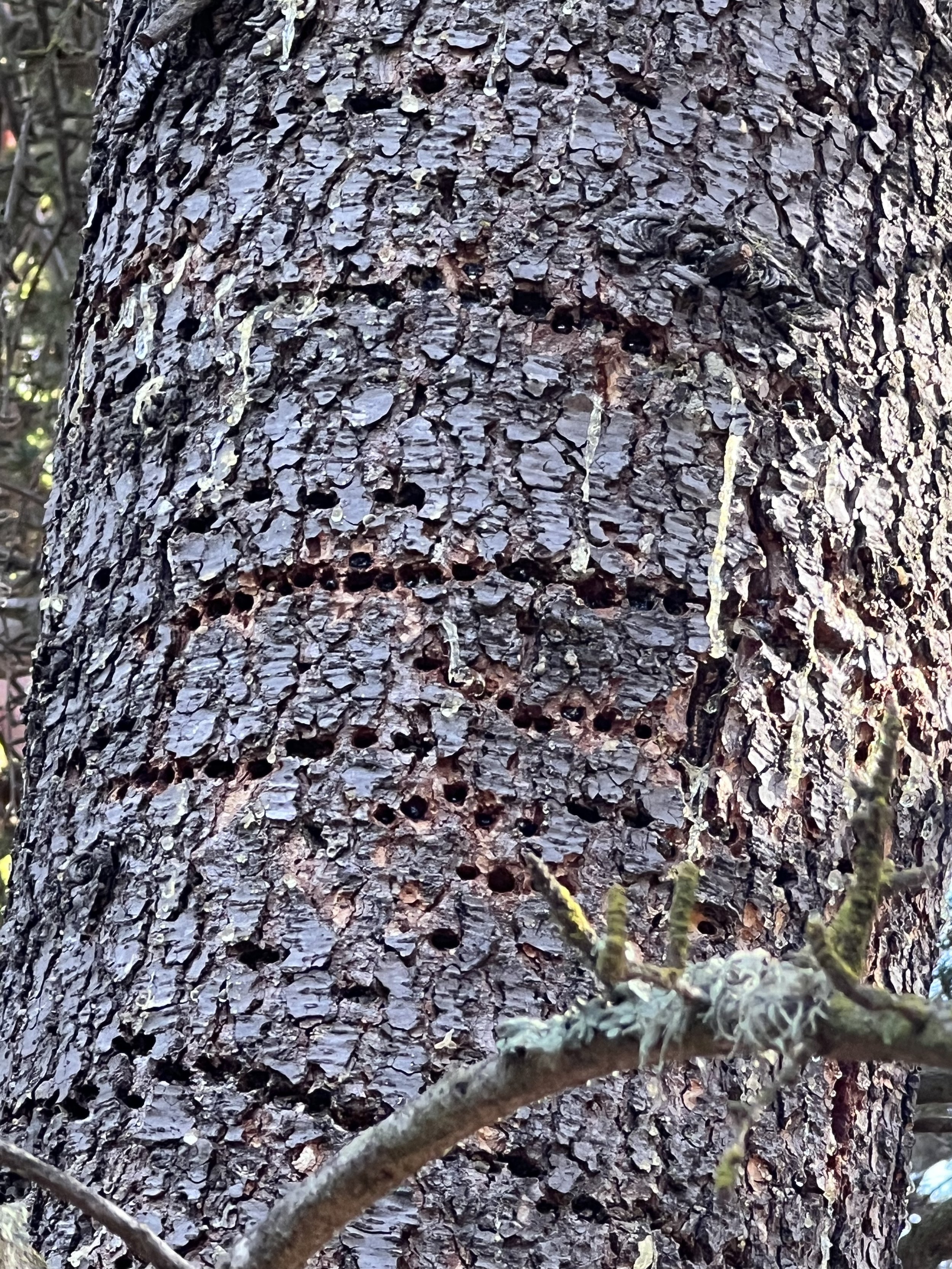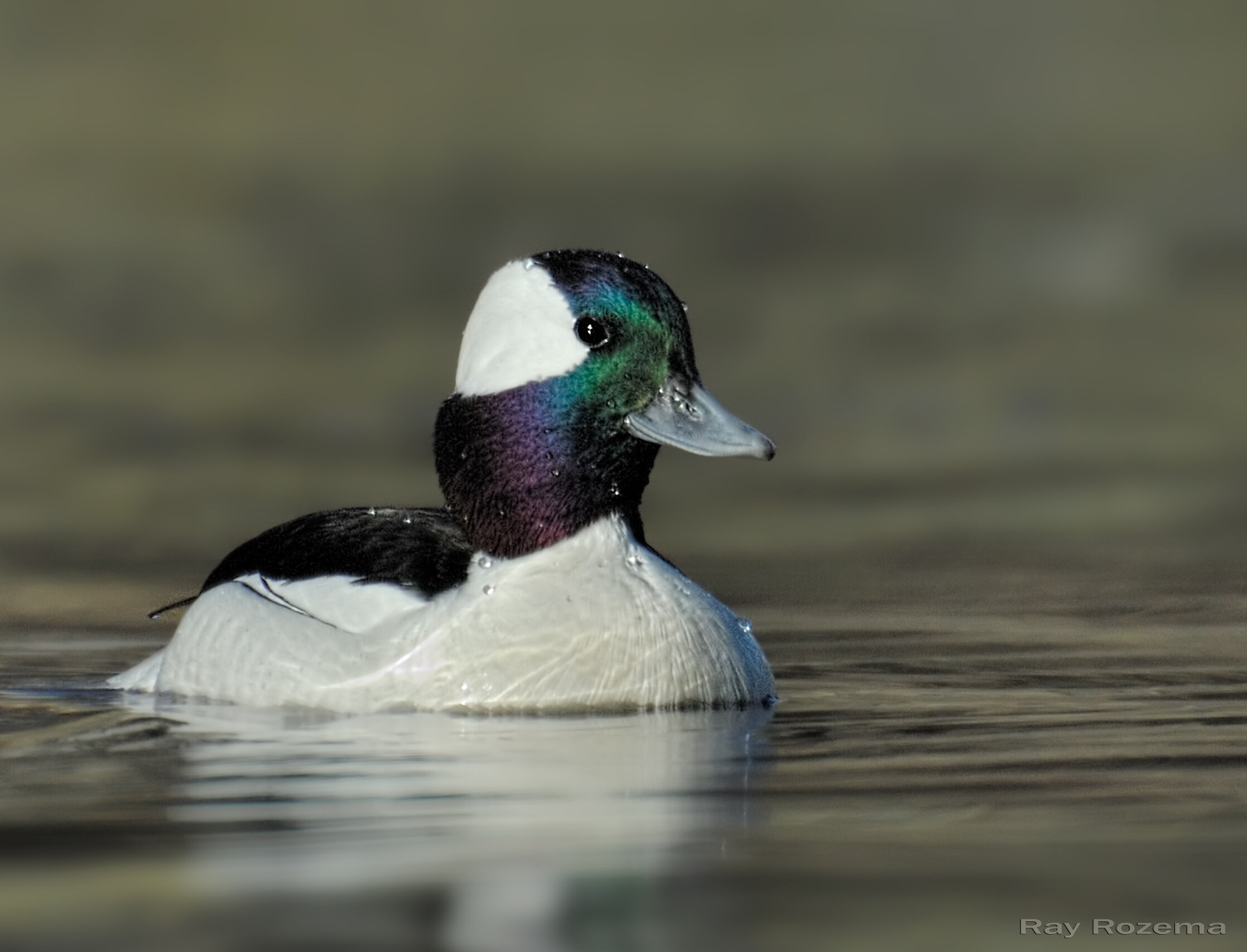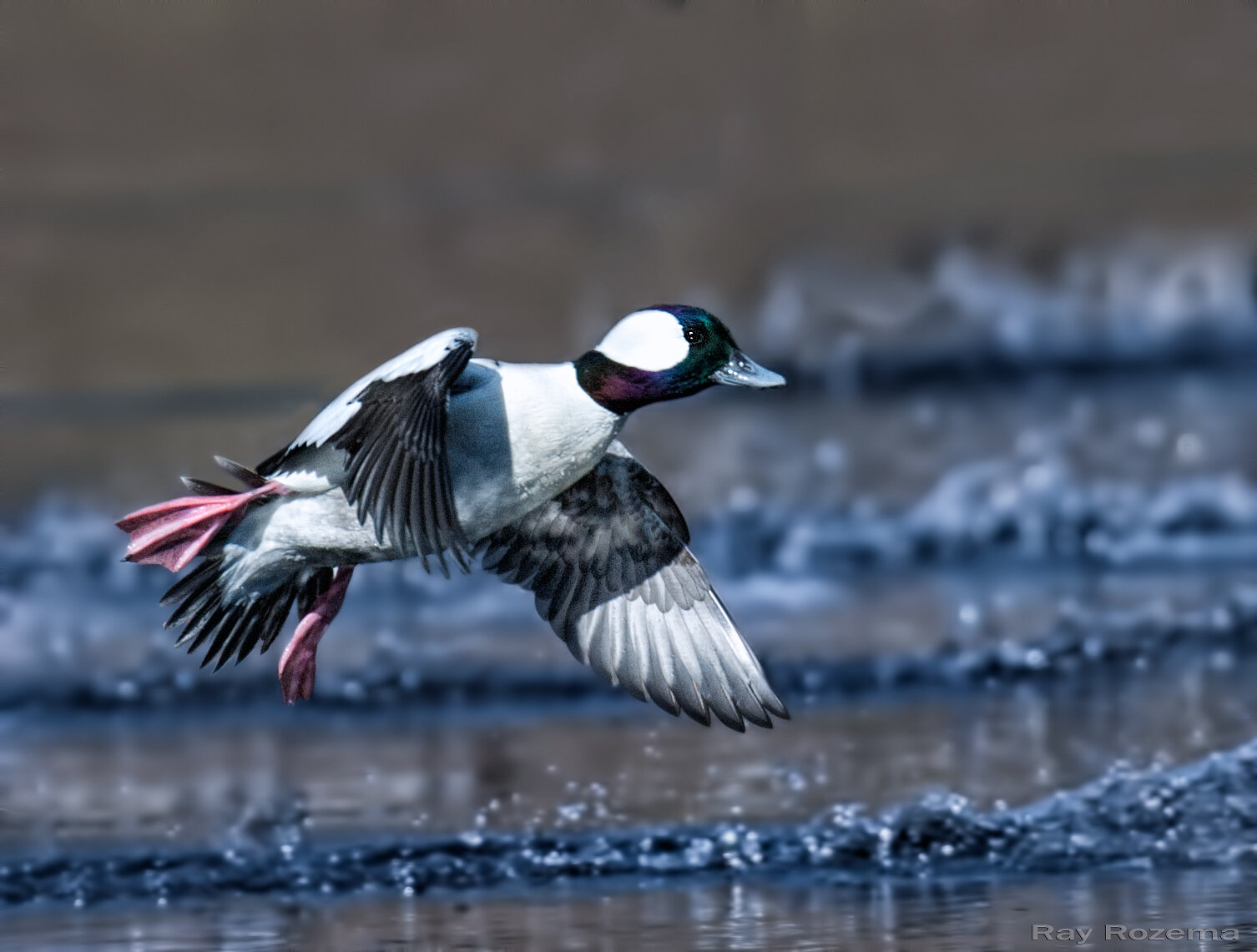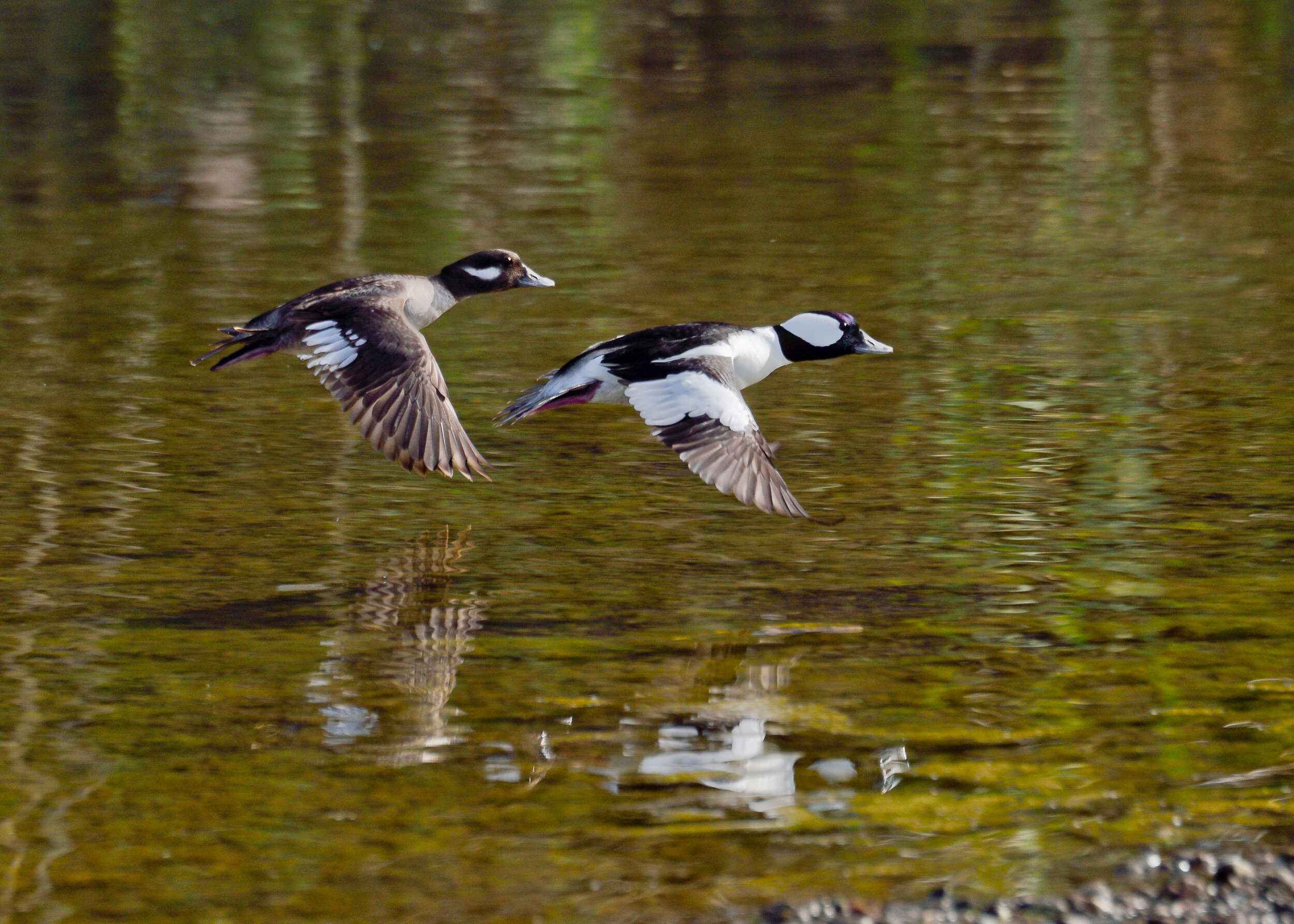Oak Titmouse, Image by Dana J. Miller
This month let’s learn about a song bird frequently seen and heard in the Sacramento Valley called the Oak Titmouse (Baeolophus inornatus). Oak Titmice are non-migratory birds and pairs usually remain together for life. Often small family groups are seen interacting and will forage together (hunt for food) throughout a wooded area. Titmice, tits, and chickadees are all included in the widespread family Paridae. Birds in this family group have the following similarities: they are small perching birds, are known to be extremely active, and have distinctive calls. It’s interesting to note that the five species of titmice are only present in North America. Only the Oak Titmouse is found in the Sacramento Valley.
How did the Oak Titmouse acquire its somewhat unusual name? “Tit” is an Old English term for “small”. In the distant past, a “titmouse” was referred to as a “titmase” because “mase or mose” were old terms for the word “bird”. Therefore, these two terms together would mean “small bird”. Over time, the name has changed from “titmase” to “titmouse” in our modern English language.
What do Oak Titmice look like?
Oak Titmouse, Image by Ed Harper
Oak Titmice are usually described as plain, drab birds and may not initially attract the eye of most birdwatchers. In fact, the species name for Oak Titmouse is “inornatus” meaning “plain”. However, as one becomes familiar with their frequent vocalizations, perky acrobatics, and plain but cute physical appearance, birdwatchers quickly find them to be quite intriguing.
Oak Titmouse, immature, Image by Rich Howard
Oak Titmice are small, gray-brown birds with pointed crests (or tufts of head feathers), plain faces, short, stubby and rounded gray-black bills, dark eyes that stand out against their pale faces, solid colored wings, pale gray-white abdomens, and sometimes a yellowish-brown or grayish coloration on their flanks (or sides). Males and females are similar in appearance. Although usually partly visible, the crests of Oak Titmice can be lowered so that their heads appear more rounded. Juveniles birds are similar to adults but somewhat paler overall and their crests can be less prominent.
As you watch the Oak Titmouse you’ll notice they have different flight patterns including a direct flight, a fluttering flight, or an undulating flight (a smooth up and down motion). They move around on the ground by hopping.
Where do Oak Titmice live and nest?
The Oak Titmouse is a locally common woodland species that is narrowly distributed from southwestern Oregon through California to northwestern Baja California. (Their range wraps around and excludes the San Joaquin Valley). There is also an outlying population in southern Baja California. They prefer open woodlands of dry oak or oak-pine woodlands; sometimes pinyon-juniper. Oak Titmice are usually at low to mid-elevations but can also be found at slightly higher elevations as long as adequate oak trees are present. Their desired habitats includes mixed oak woodlands, riparian woodlands, and residential plantings. Oak Titmice will also be seen in scrub oaks or other brush as long as there are woodlands are nearby. If you are looking for Oak Titmice in the Sacramento Area, anywhere with oak woodlands is a good choice. Locally, this included most parks along the American River Parkway, those in the Folsom Lake area, and many in Yolo County.
Oak Titmouse with nesting material, Image by Mary Forrestal
Oak Titmice nest and sleep in rotted-out tree cavities or stumps, fence posts or poles, eaves, occasionally pipes, abandoned woodpecker holes, holes in riverbanks, and amongst dense foliage provided by well-wooded backyards. Oak Titmice will also use nest boxes. If you are considering putting up a nest box for Oak Titmice, Cornell Labs has specific instructions here.
Oak Titmice are sometimes able to partially excavate (or to make a hole by digging) nest sites if the wood is very soft or decayed. They build their nests using grass, hair, bark fibers, moss, mud, and feathers and line their nests with soft materials such as feathers, fur, and moss. Females choose the nest site and alone incubate the eggs for around 14-16 days. Both parents bring food to the nestlings. The young leave their nest about 16-21 days after hatching. Parents continue to tend to their young for another three to four weeks after they leave the nest. Both parents will continue to defend this same territory throughout the year.
Oak Titmice do not form large flocks after the nesting season. This is interesting because most of the other species in the family Paridae do in fact gather into large flocks at this time. However, Oak Titmouse will sometimes join small mixed flocks in search of food. The joint effort likely helps them find food more successfully.
What do Oak Titmice eat?
Oak Titmouse, Image by Dana J. Miller-Blair
Oak Titmice eat seeds, nuts, and insects including: leafhoppers, treehoppers, plant lice, aphids, scale insects, caterpillars, beetles, ants, wasps, flies, and spiders. They will also eat suet, berries, acorns, and other small fruits. Oak Titmice often store food for later consumption.
Oak Titmice find insects on leaves but can also use their stout bill to uncover insects by pecking into crevices, pulling back plant material, and chipping away bark. They will sometimes catch insects in mid-air. Oak Titmice move about very actively, hang upside down on twigs, and call to each other frequently while searching for food. They have a reported hunting rate of 40 food-grabbing attempts every 15 minutes.
Oak Titmice will readily come to both seed feeders and sunflowers in residential yards. They will also feed on the ground but seem to prefer elevated sources of food.
Oak Titmouse, Image by Ed Harper
What do Oak Titmice sound like?
Oak Titmice are highly vocal birds. One early naturalist was quoted as saying “They’re the voice and soul of the oaks.” Another was quoted as saying: “What they lack in color, they make up in sound.”
Oak Titmice have a familiar chatter-like call which both males and females utter throughout the year. Males sing less often during the non-breeding season. The calls of Oak Titmice have been described as nasal, harsh, shrill, chatter-like, or scratchy and sound like: see-dee-dee, chick-a-dee-dee, or tsick-dee-dee. Calls often start with a few high thin notes followed by single harsh scold like: is is is char or pi pi pi peeew.
There is great variability in Oak Titmice songs. They are often composed of a series of rapid, whistled, and repeated syllables with the last part sometimes being of lower pitch. This pattern is also common with chickadees. The songs of Oak Titmice have been described as having sharp, robust notes sounding like teewee teewee teewee, weety weety weety, or “Peter, Peter, Peter”. They also have a song that sounds like a more uniform trill.
This article was compiled by Jane Van Kessel.
Sources include Cornell’s All About Birds and Cornell’s Birds of the World, National Audubon Society Field Guide, 150 Frequently Seen Birds of California’s Great Valley, page 213, National Geographic Field Guide to the Birds of North America, 7th Edition, page 374, Wikipedia, Santa Clara Valley Bird Alliance
Oak Titmouse, Image by Daniel Lee Brown




